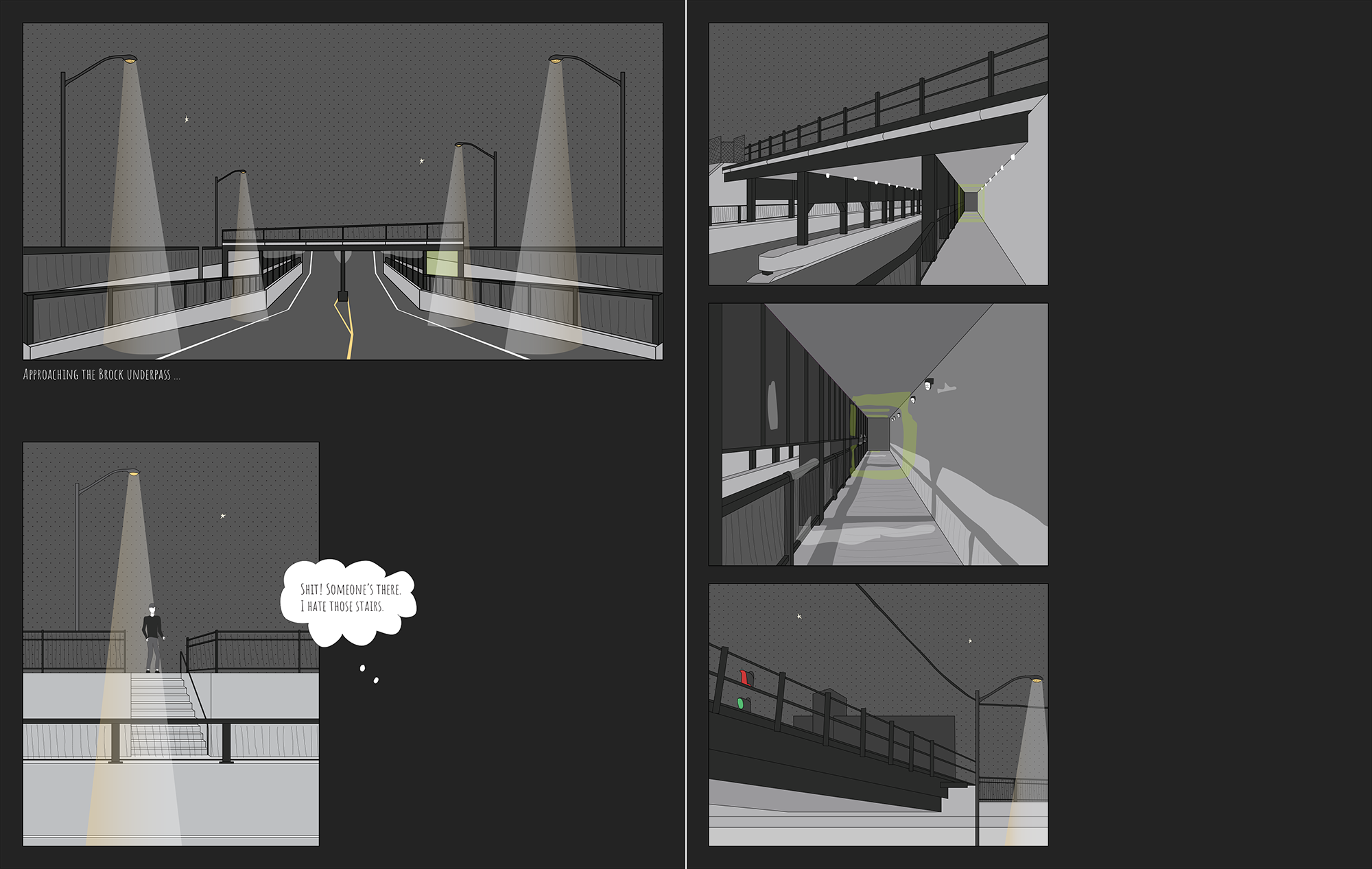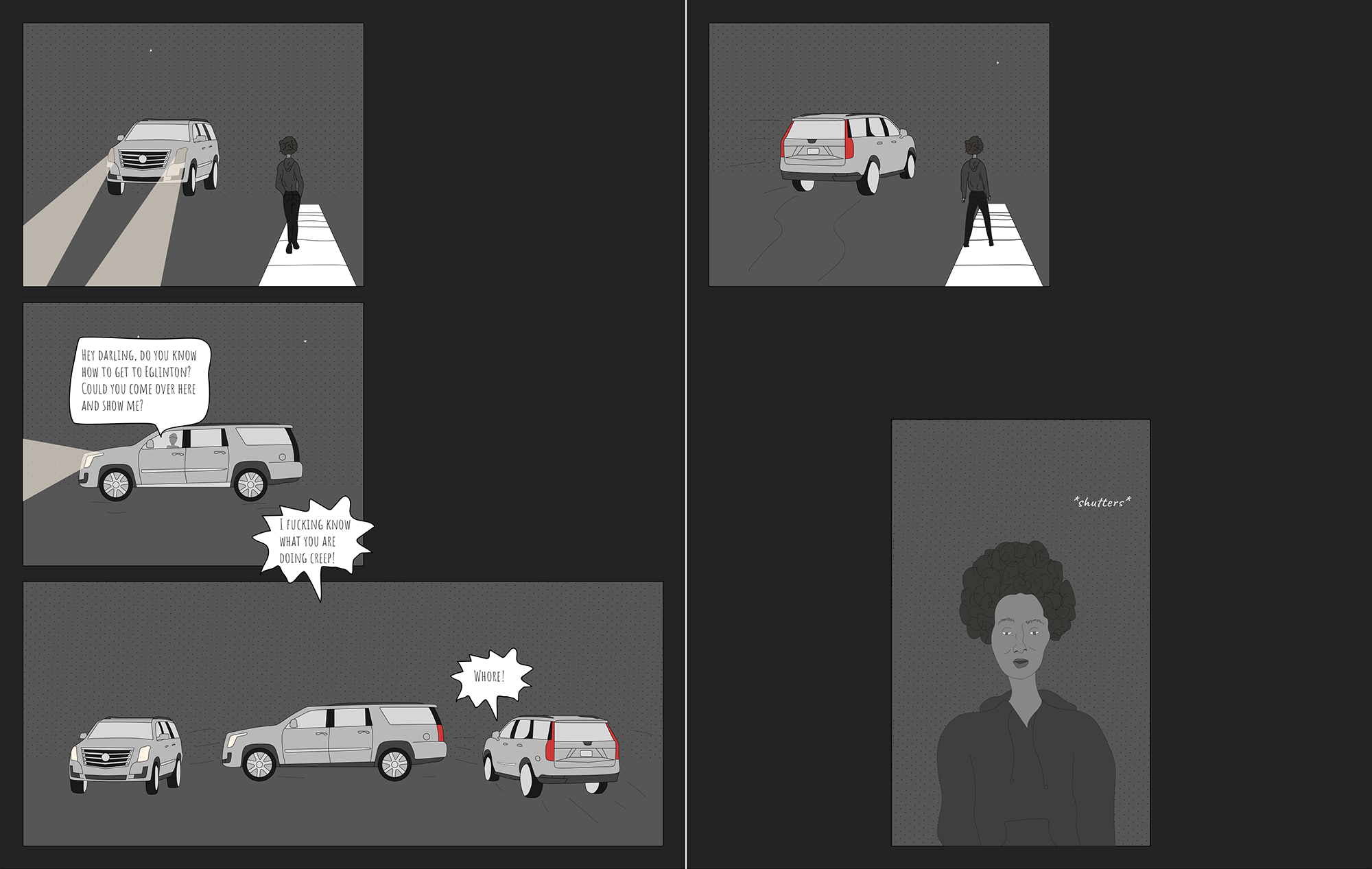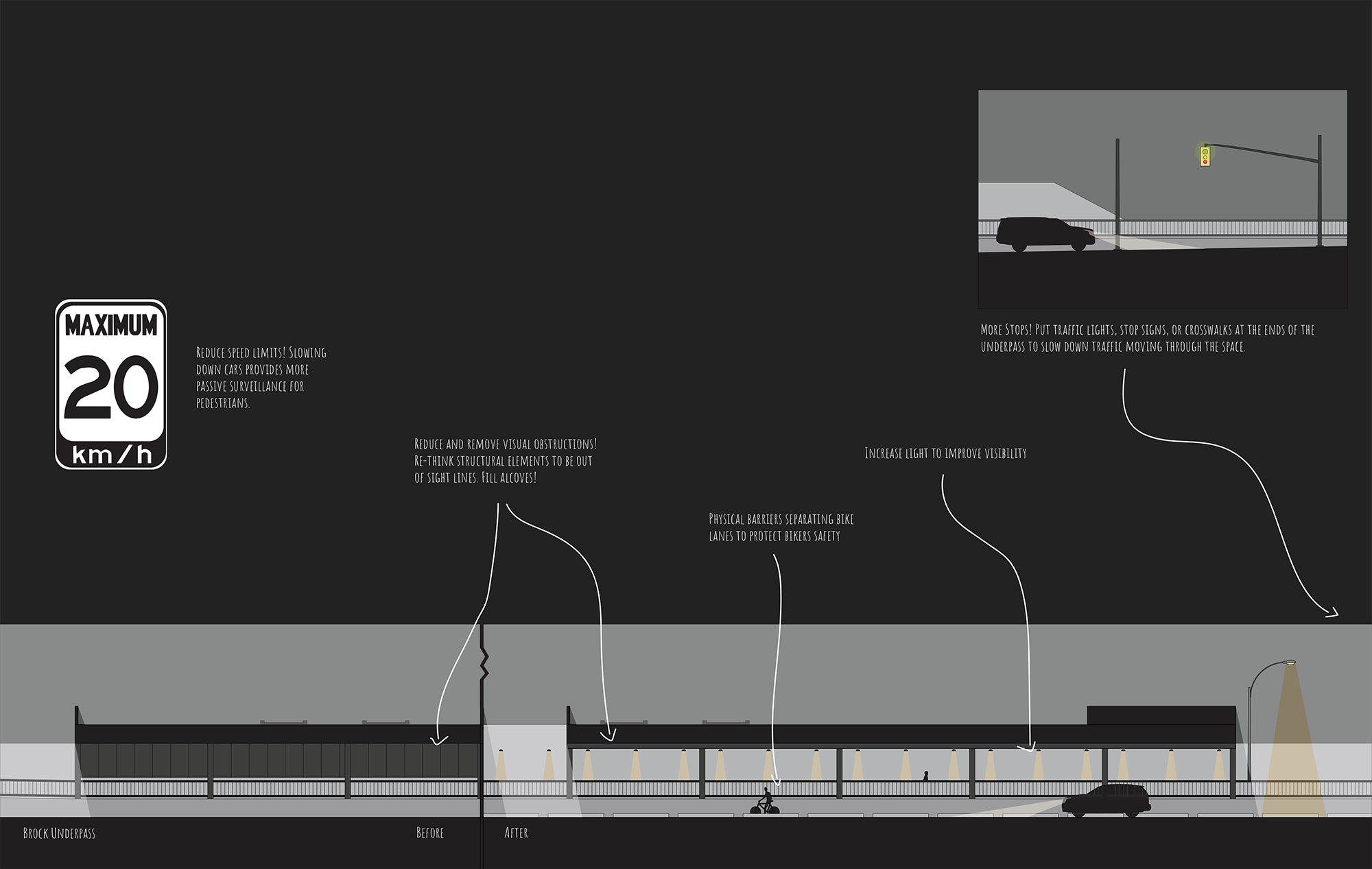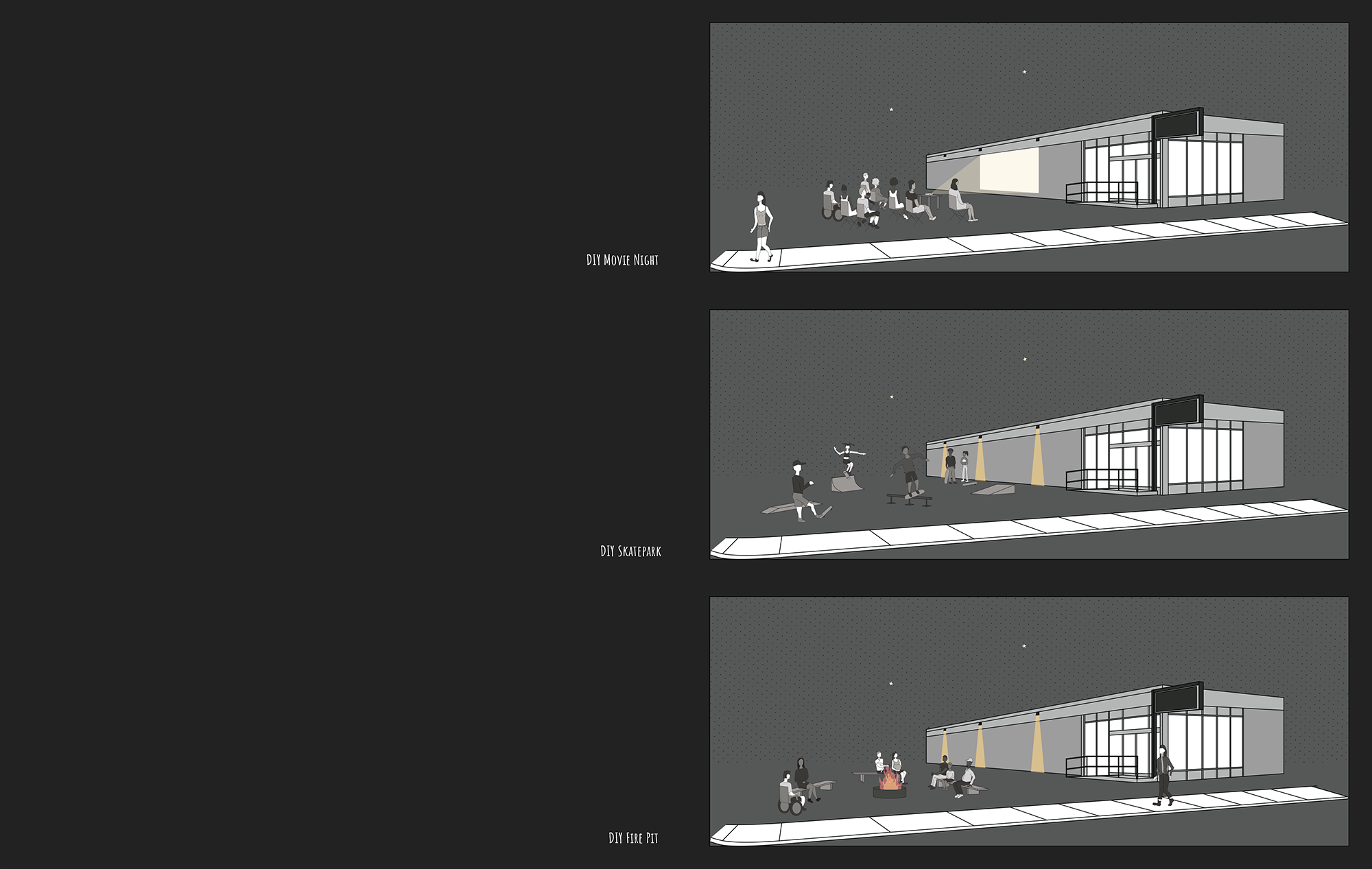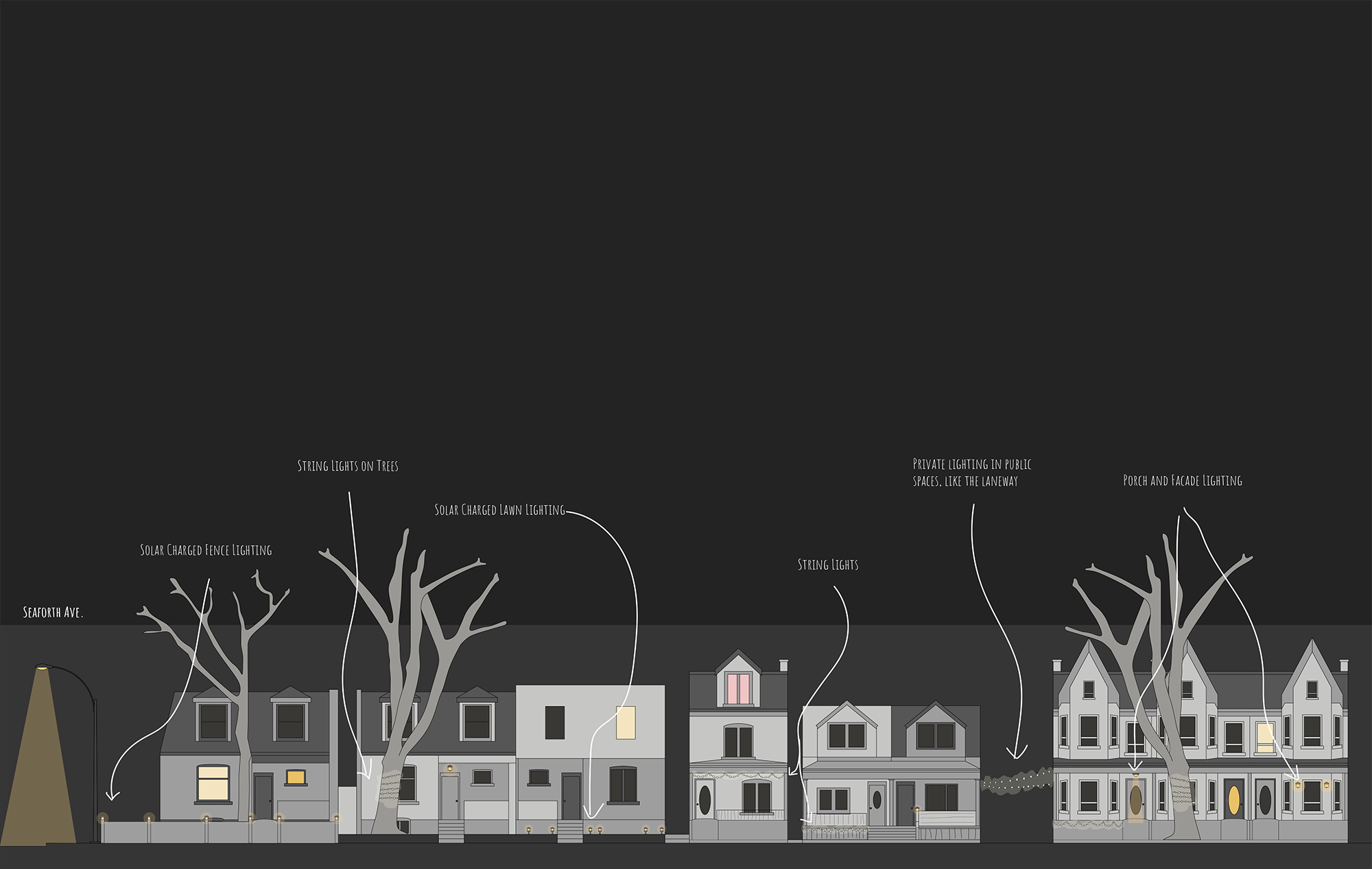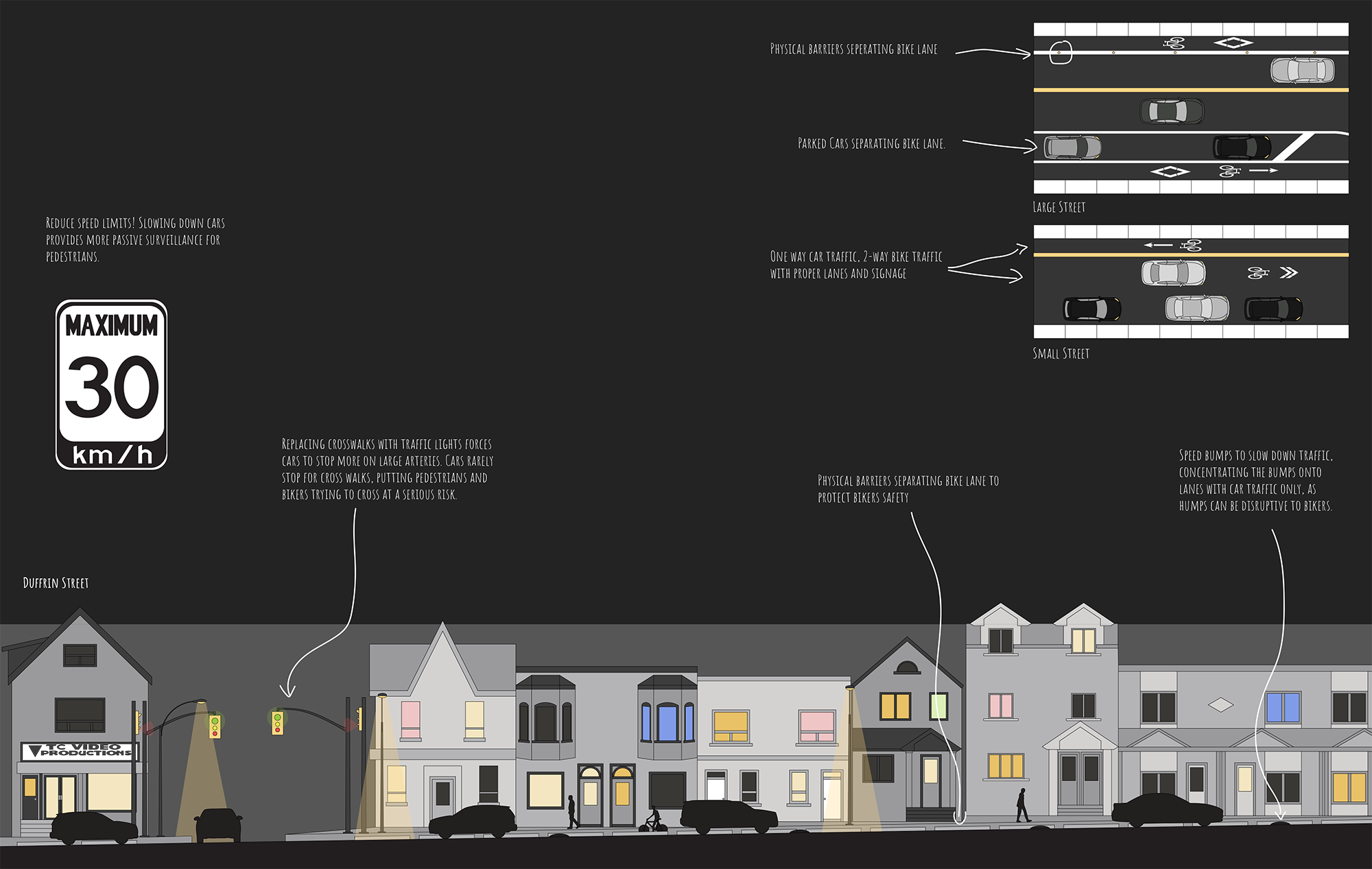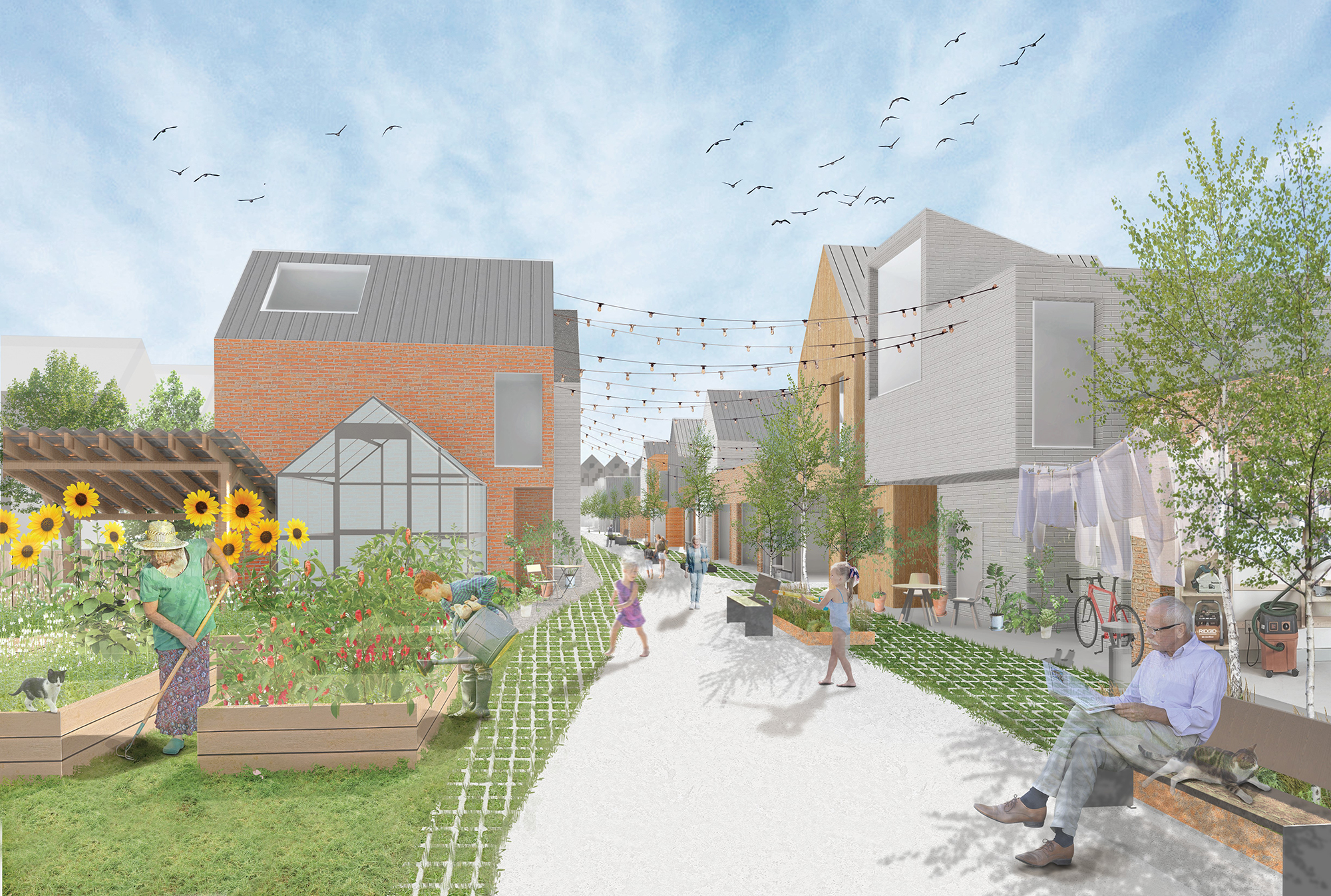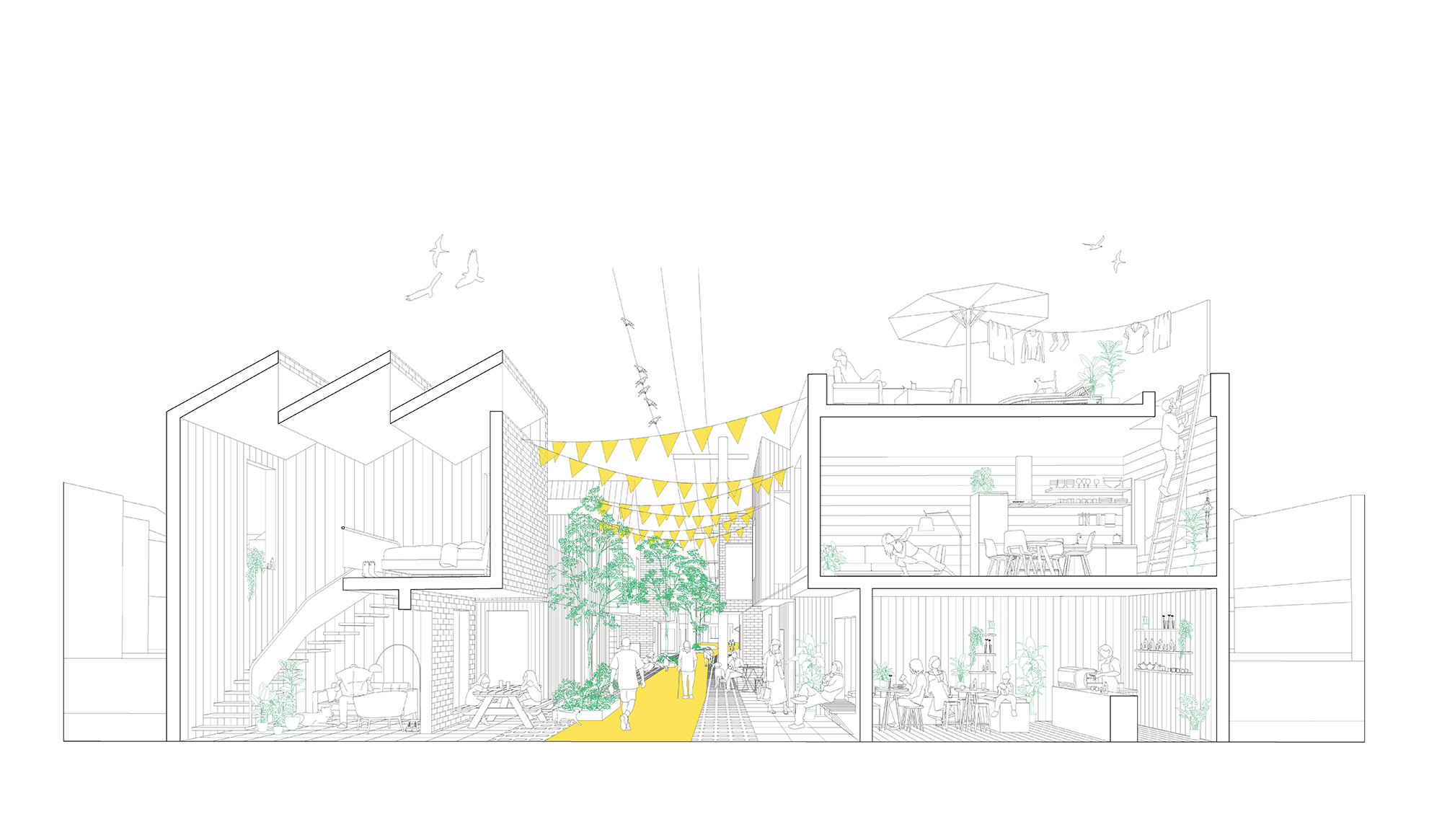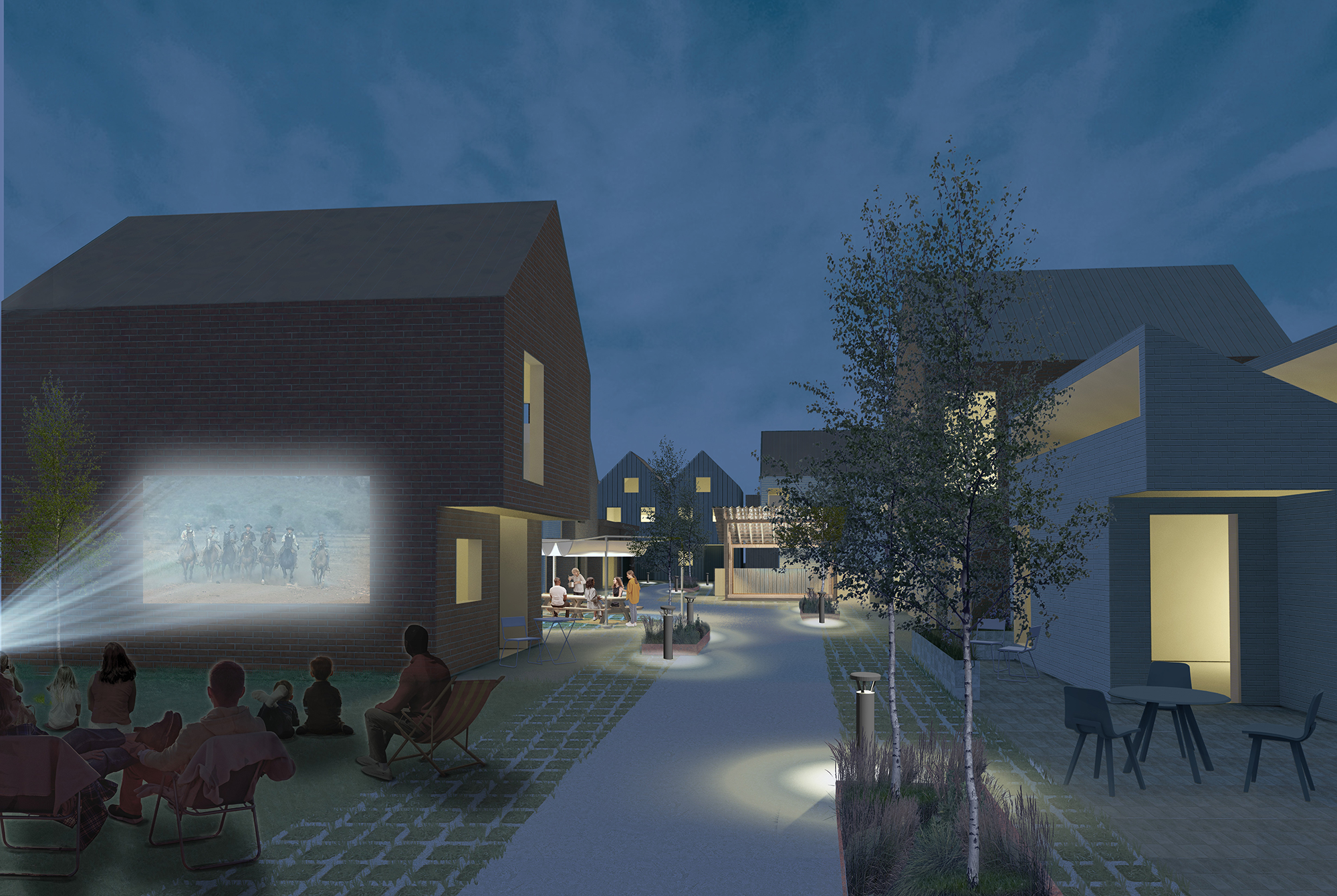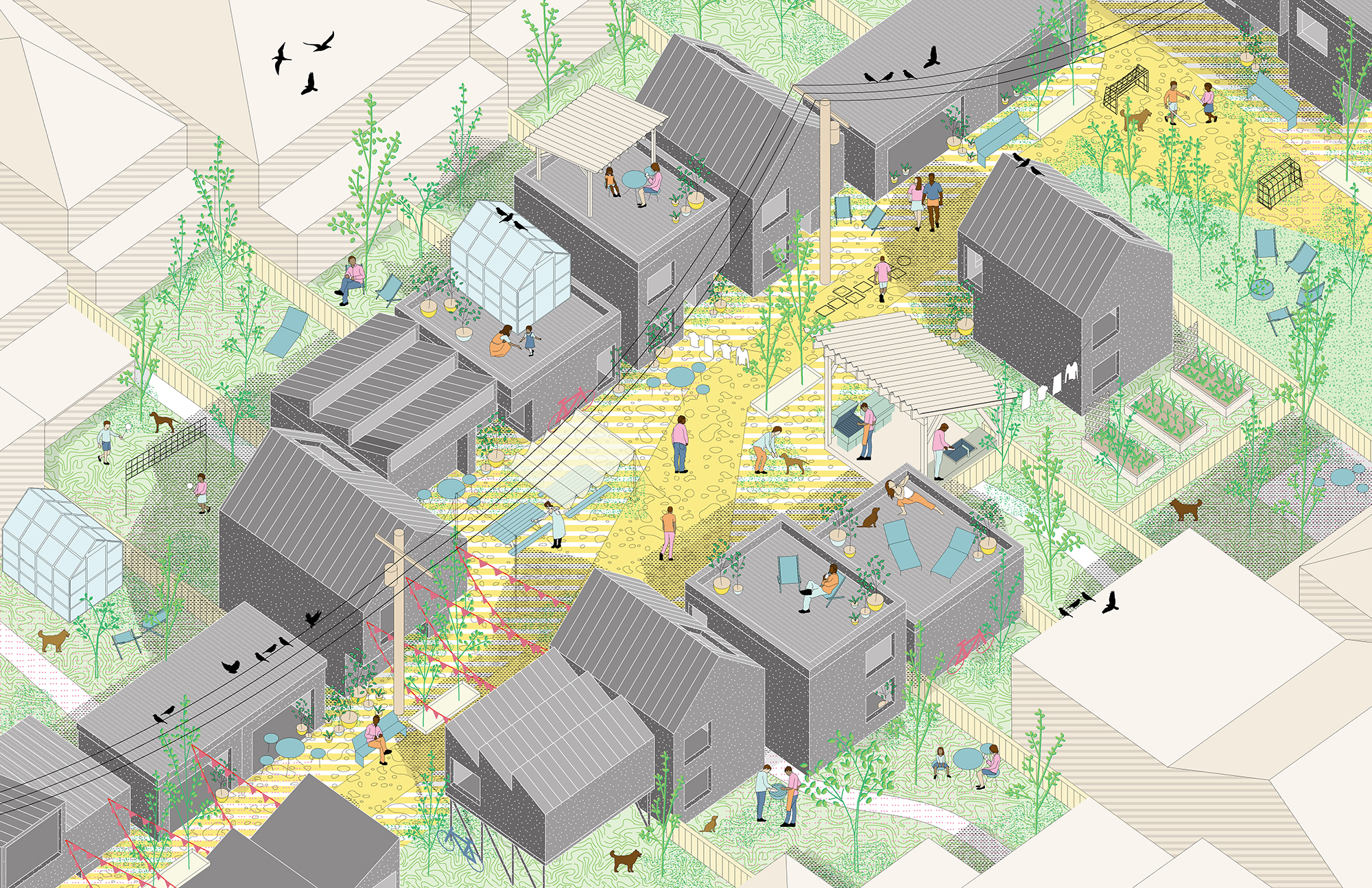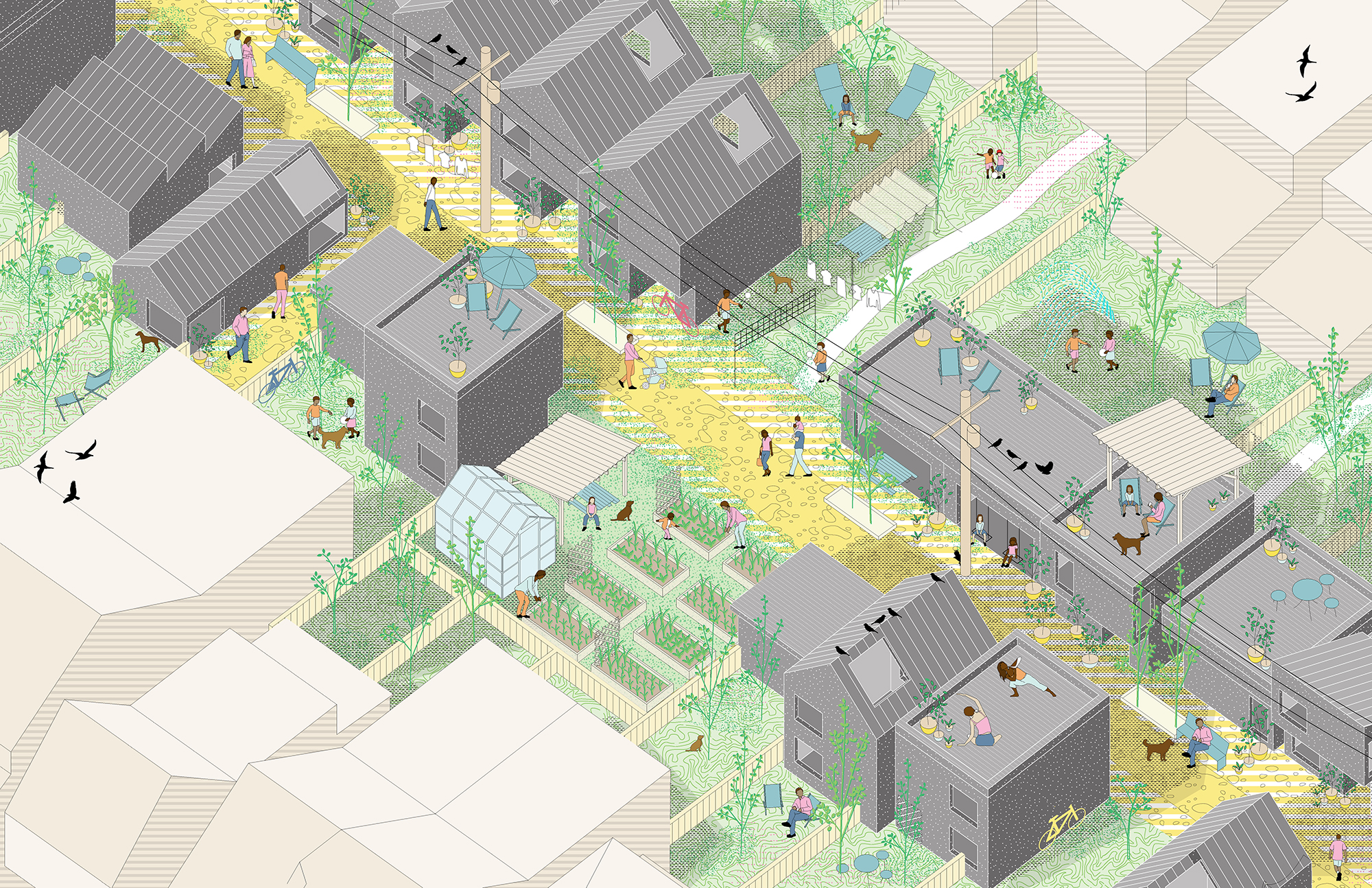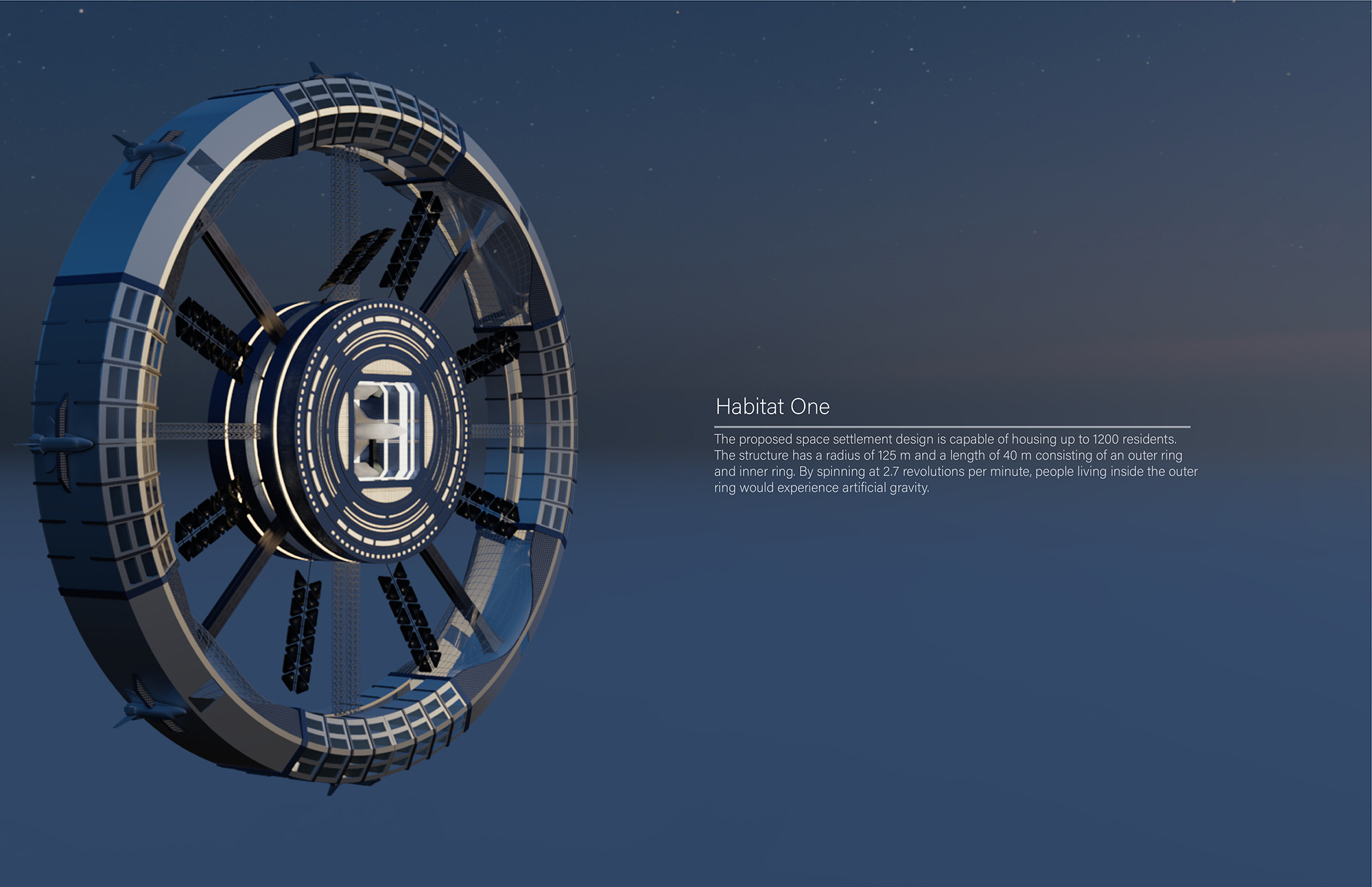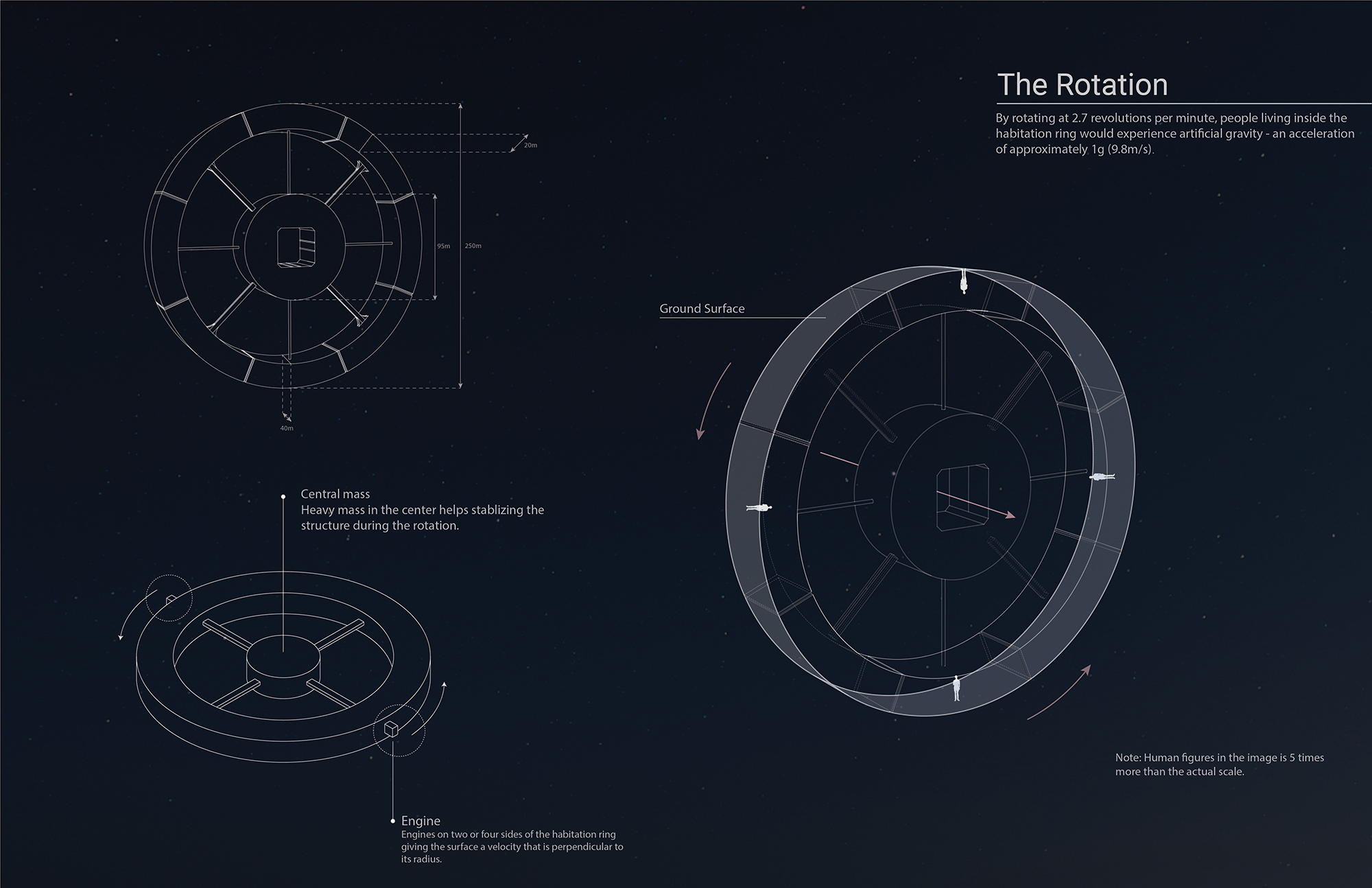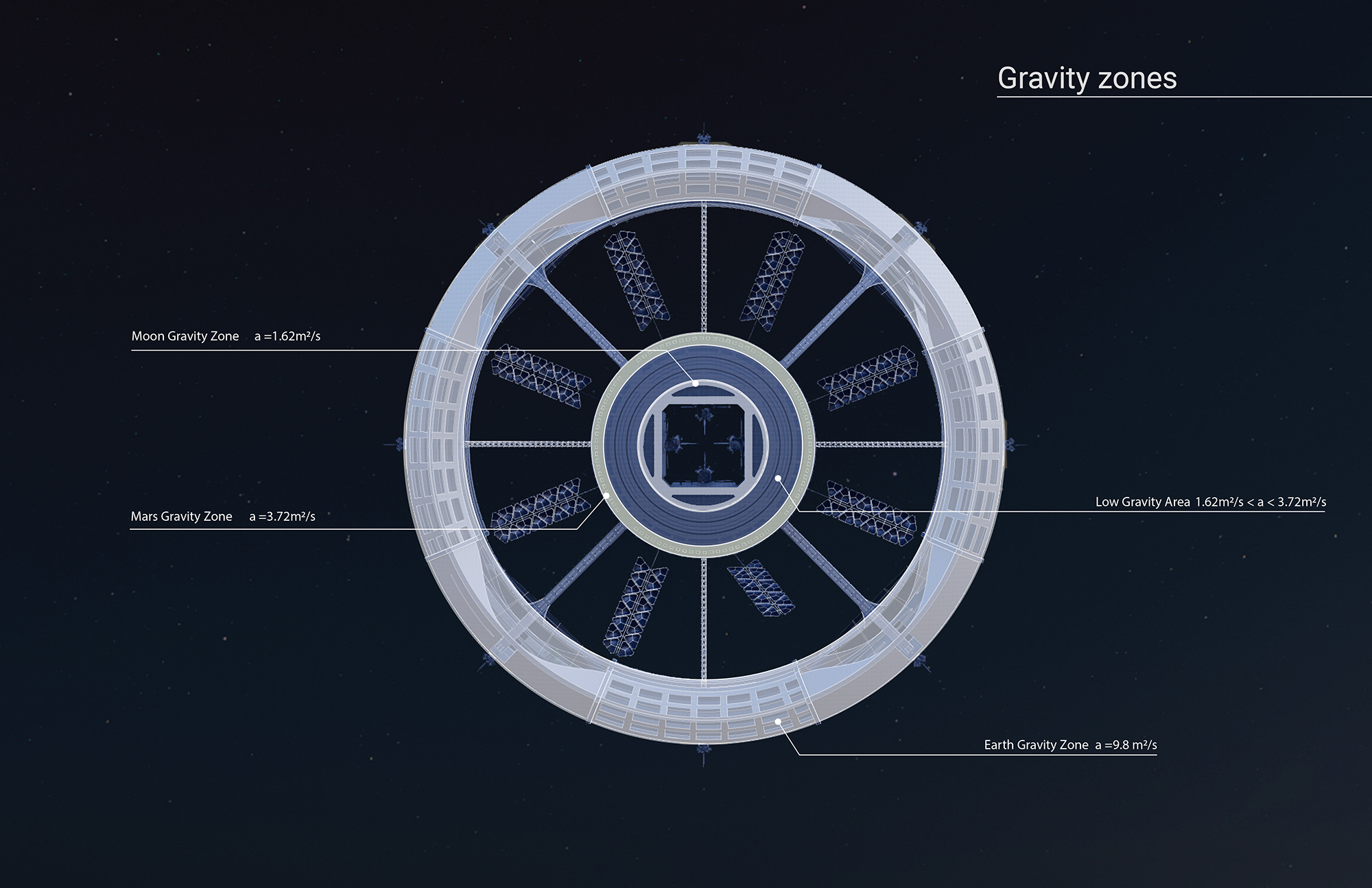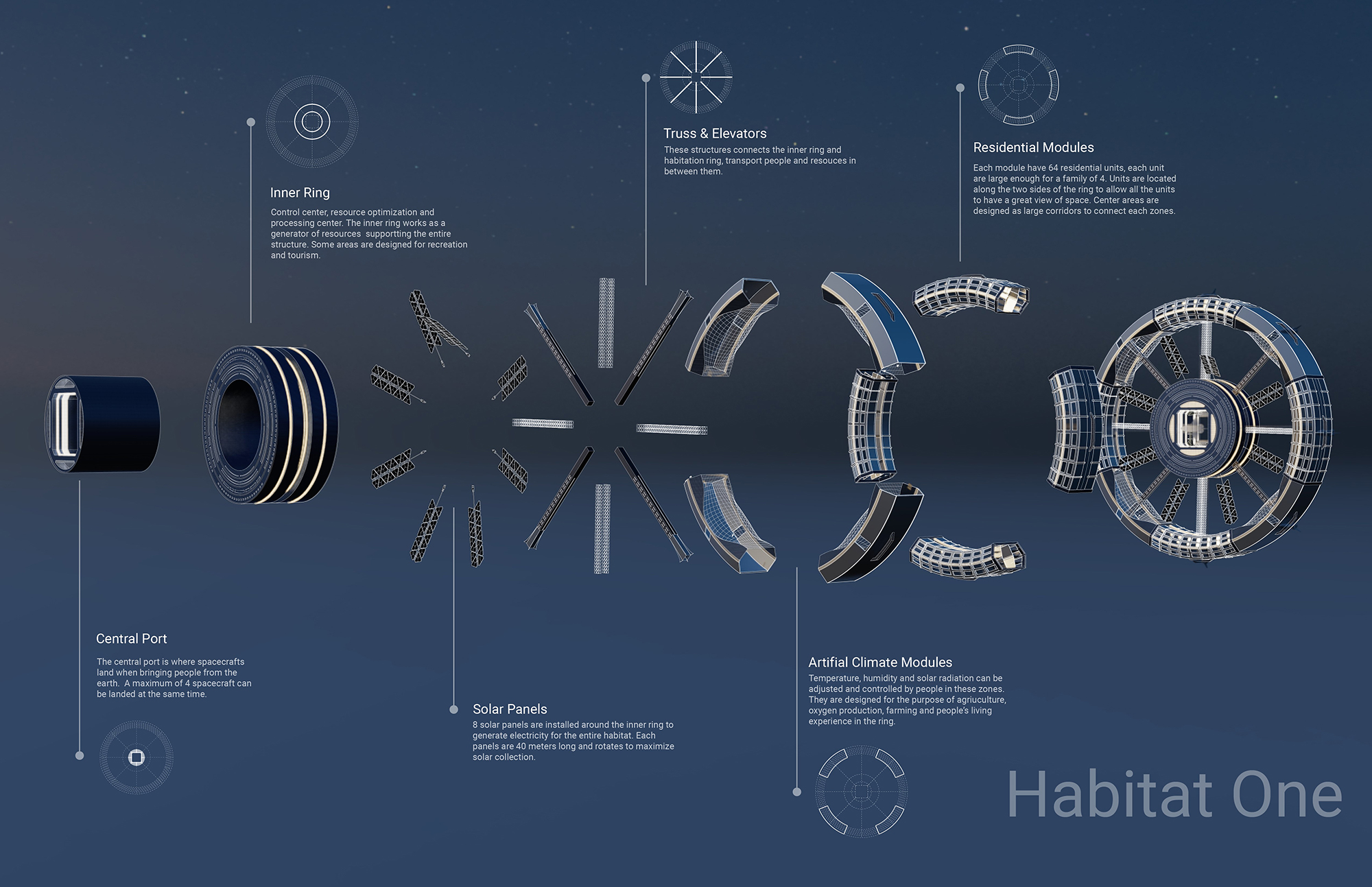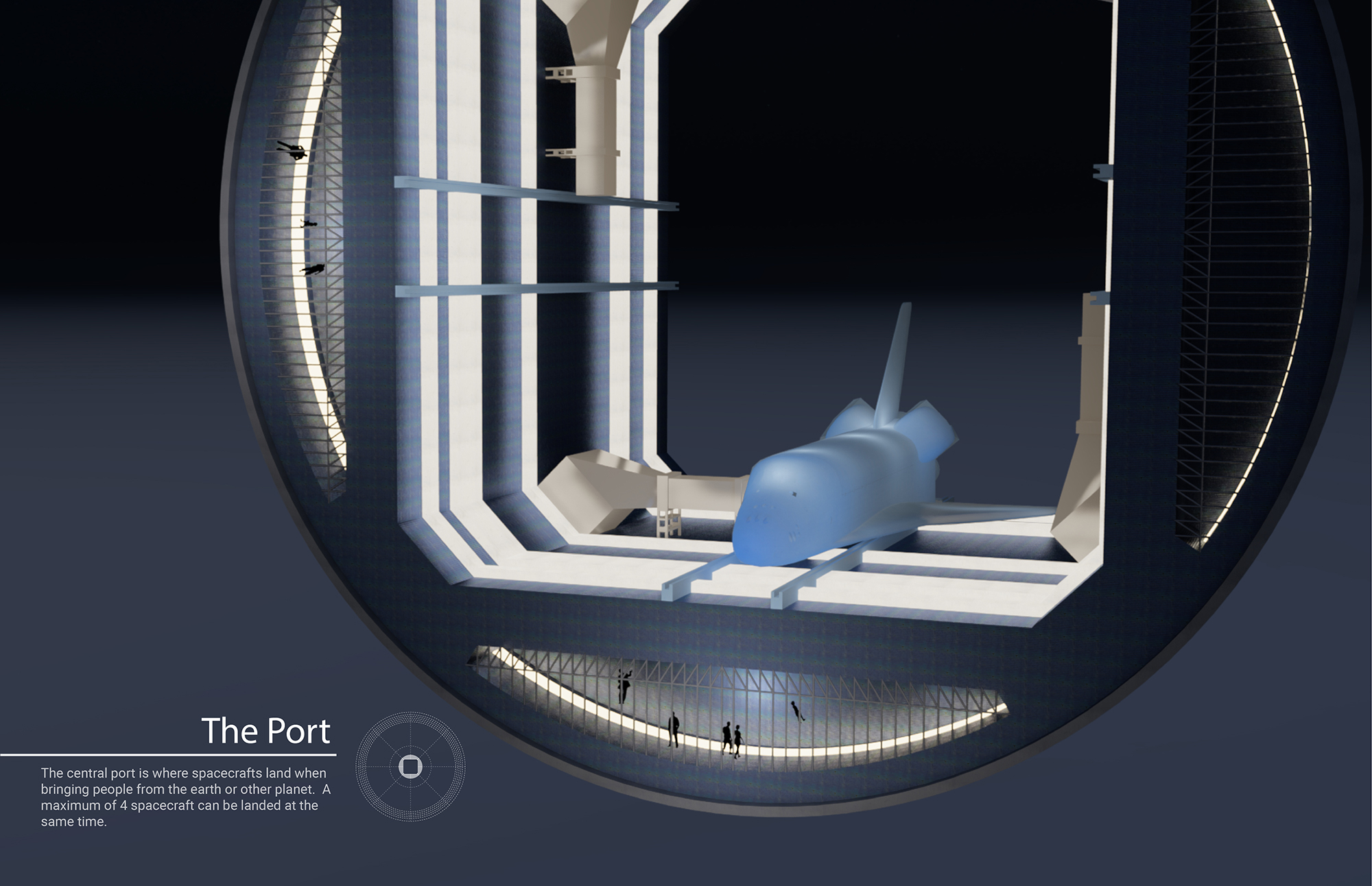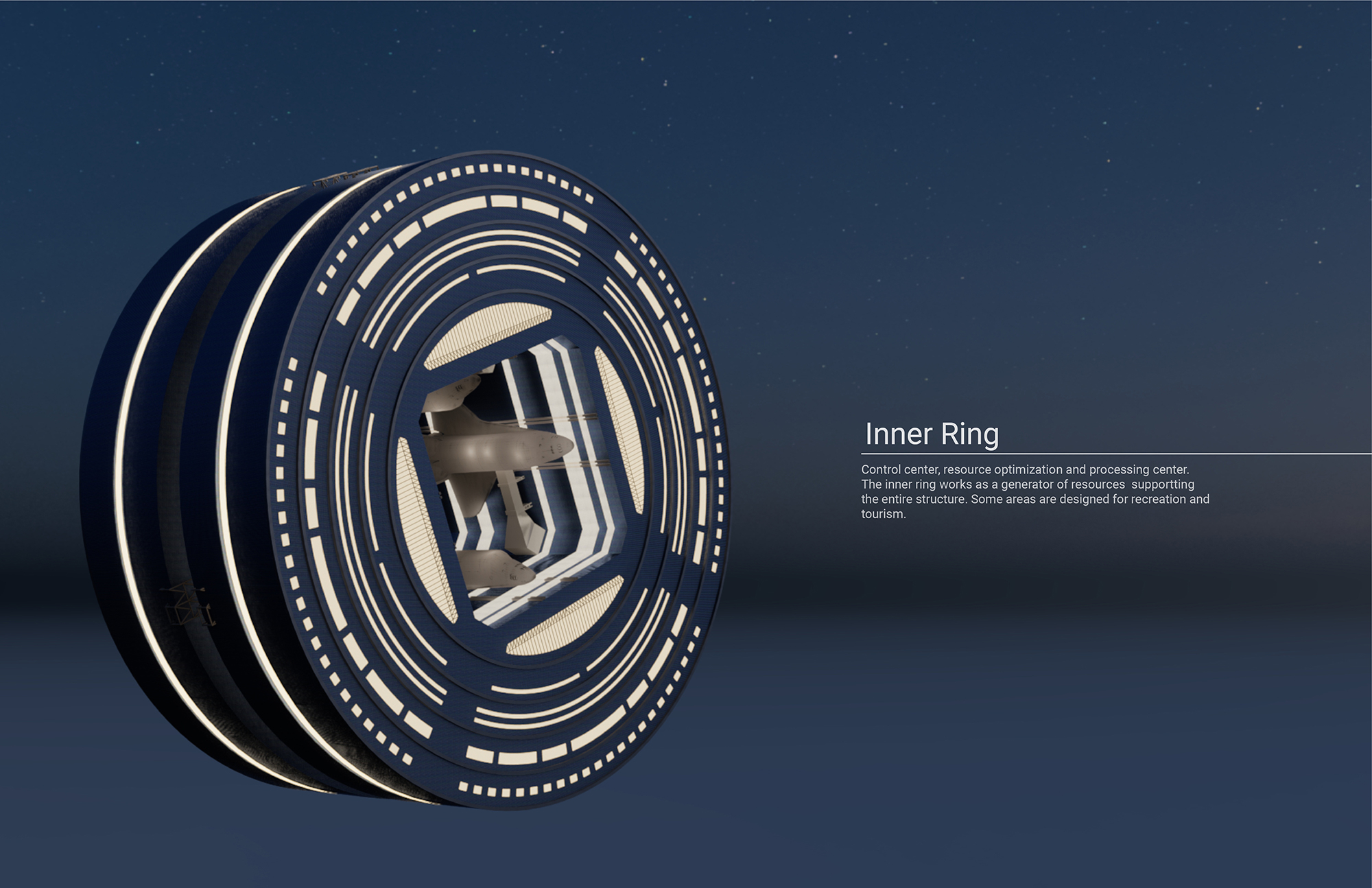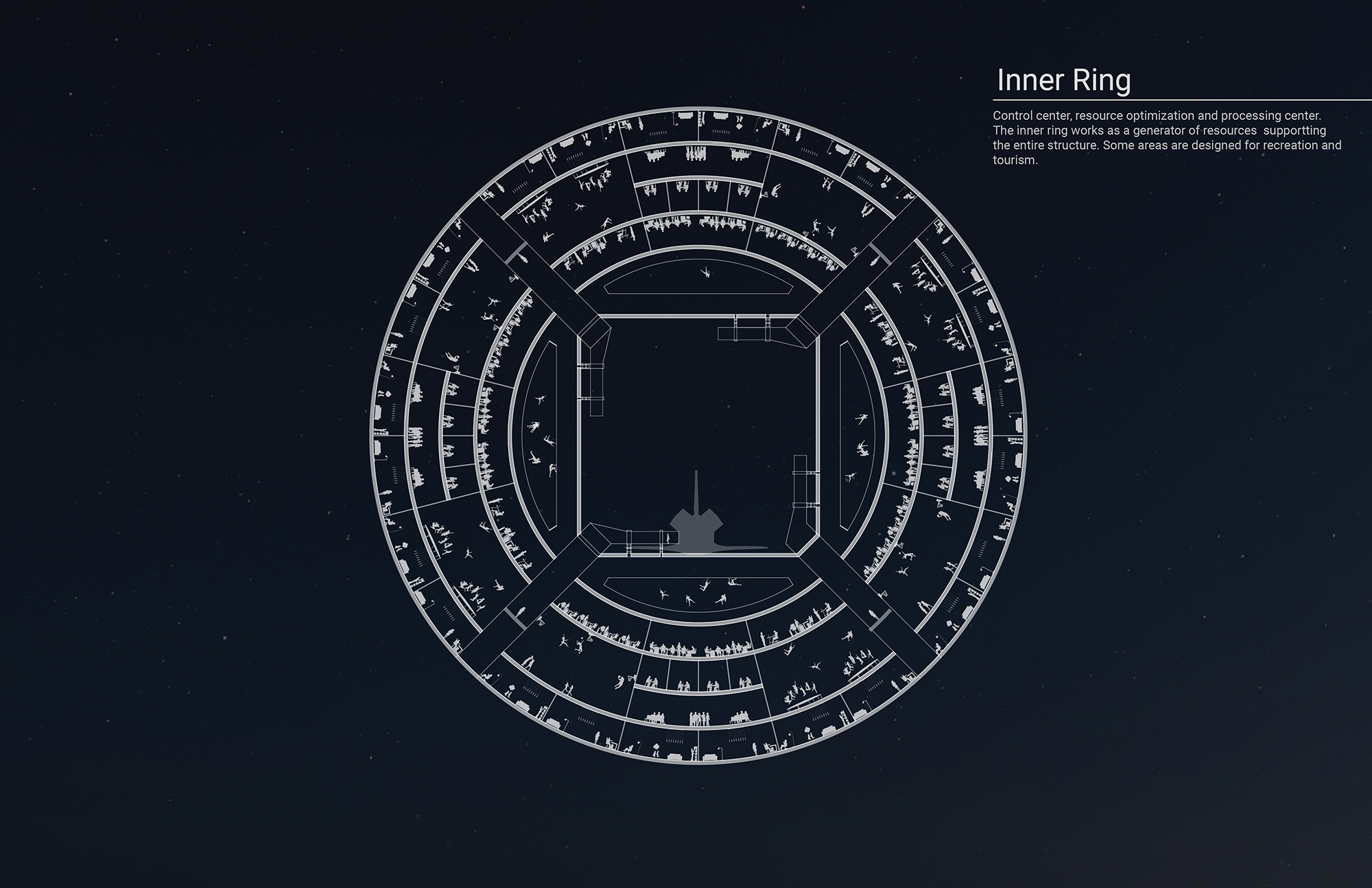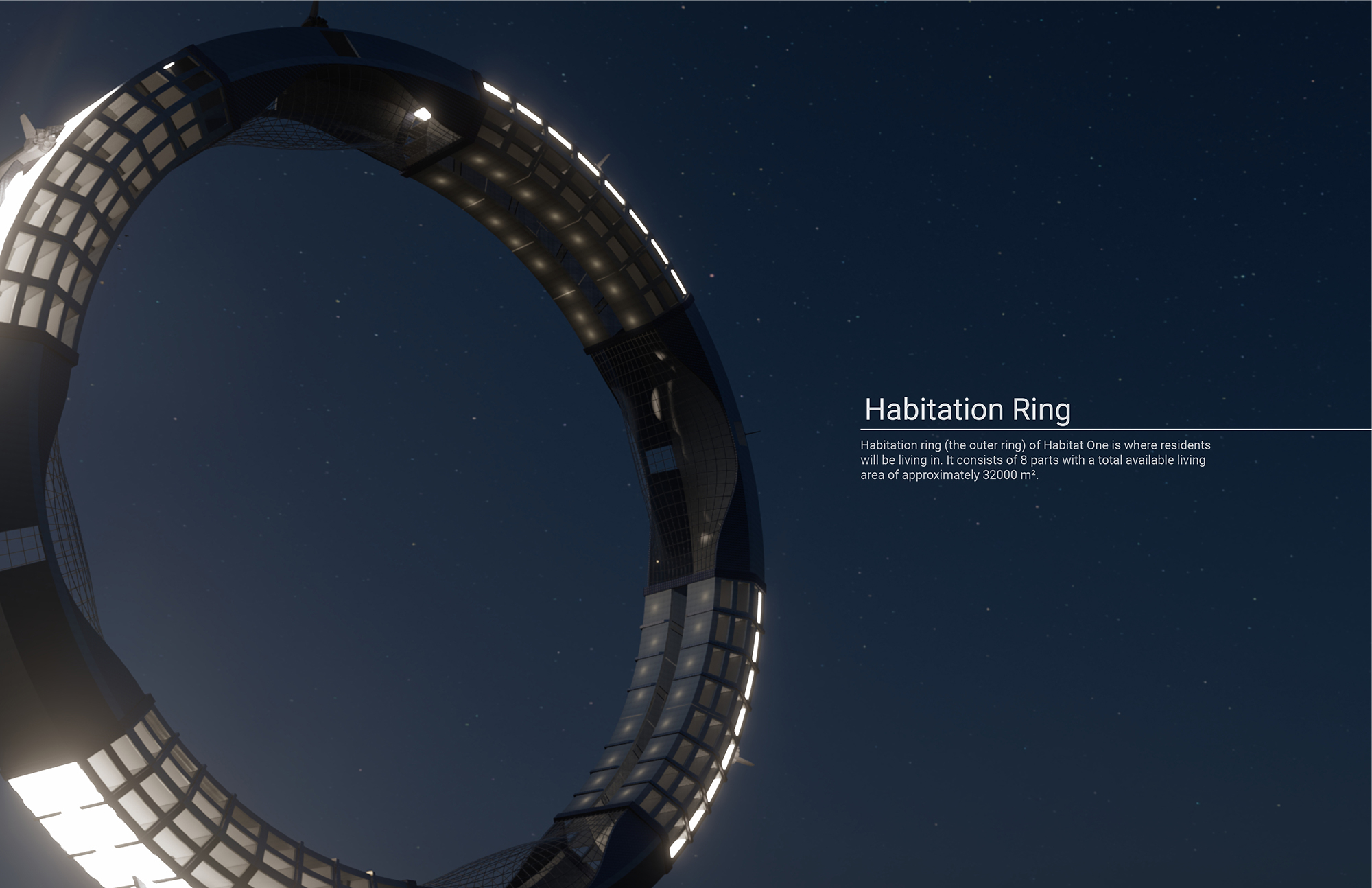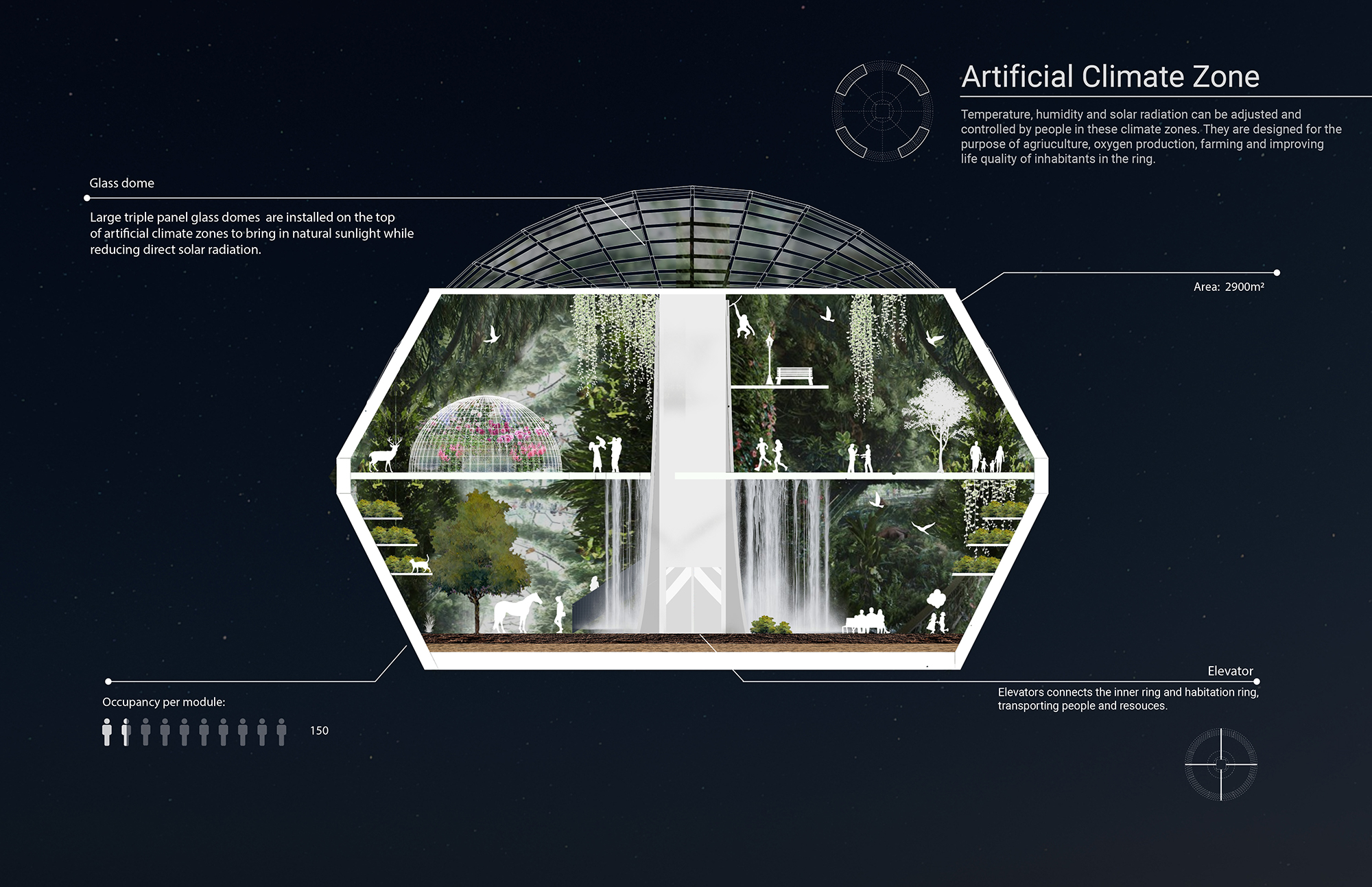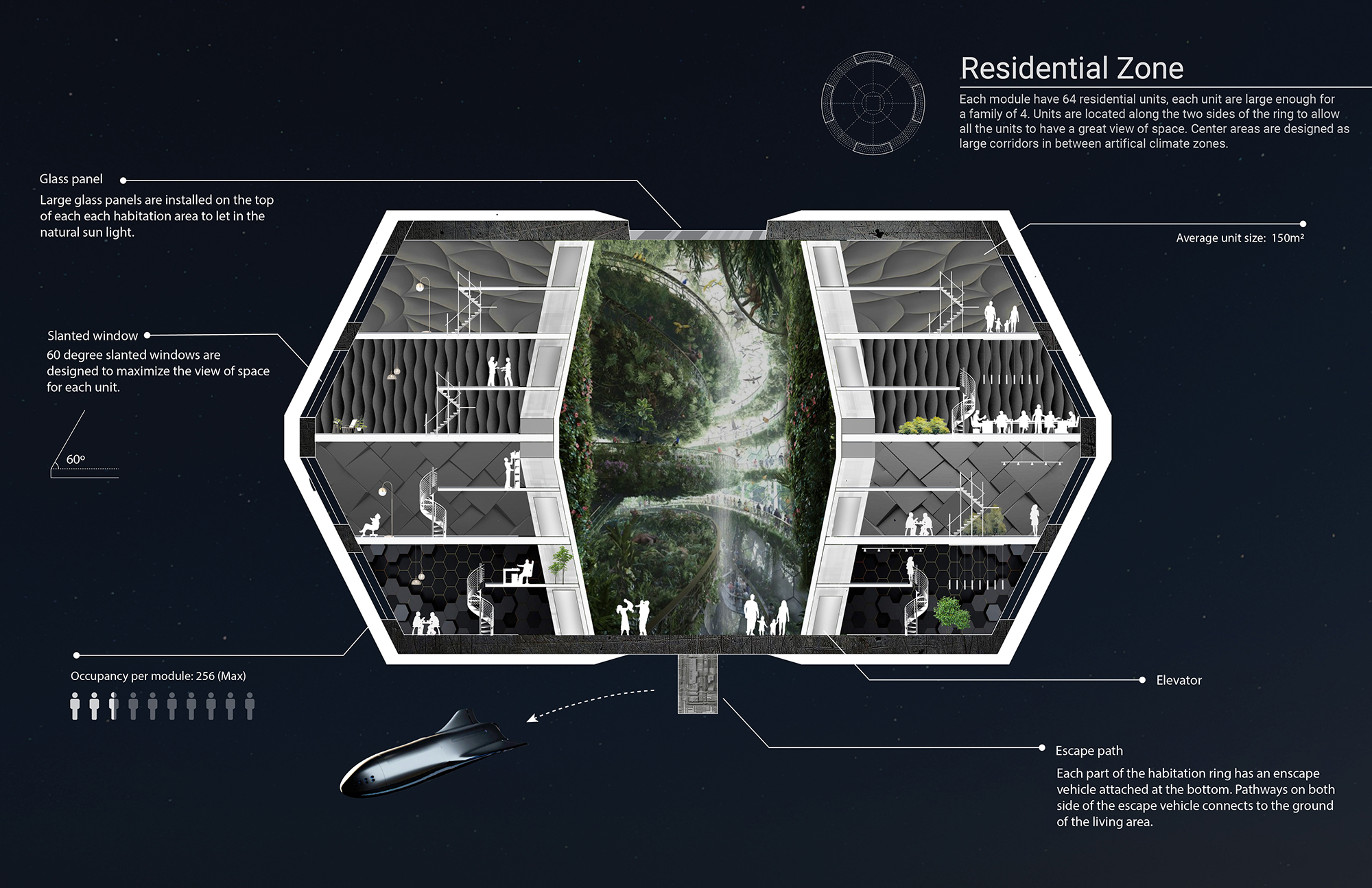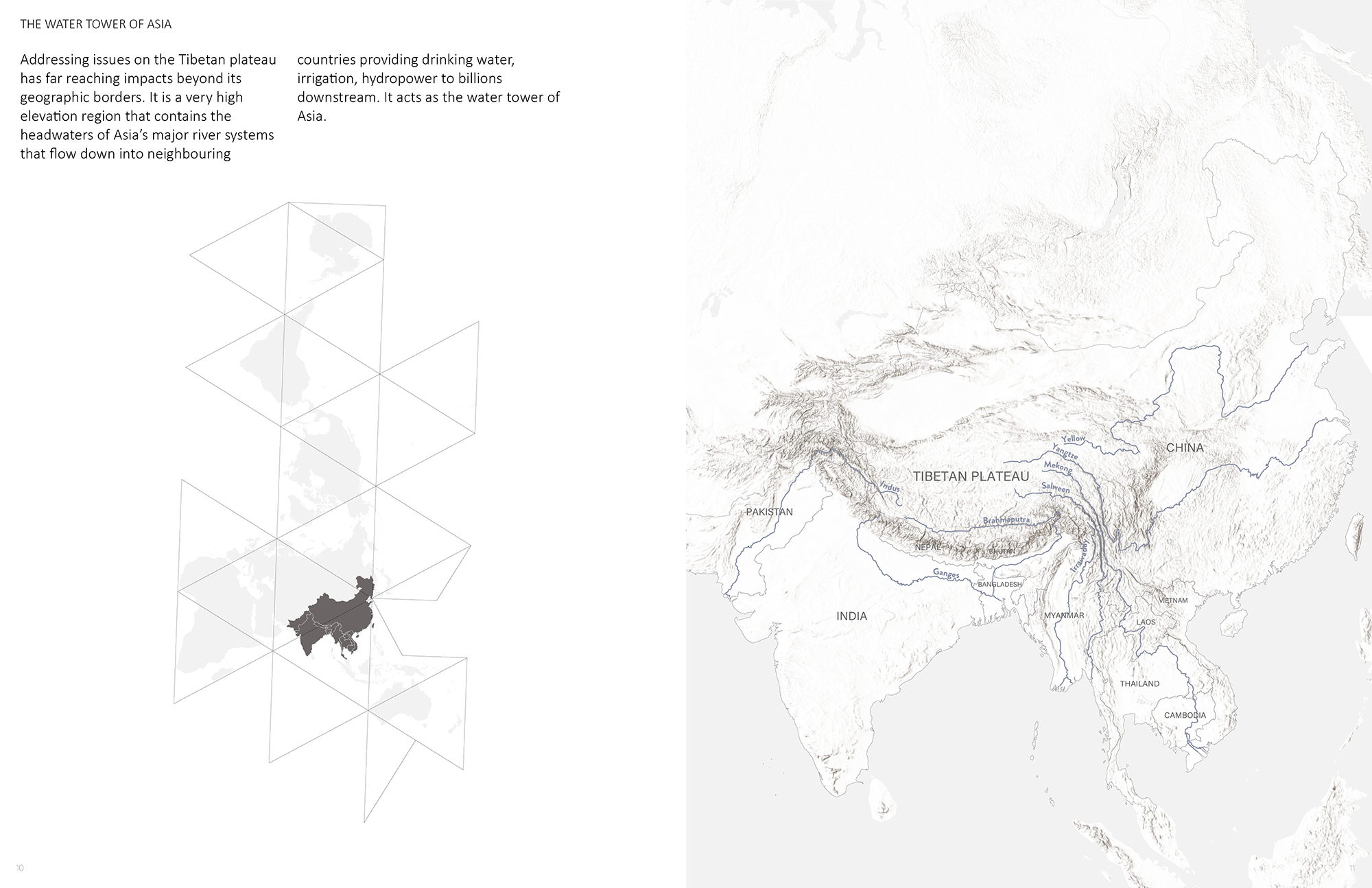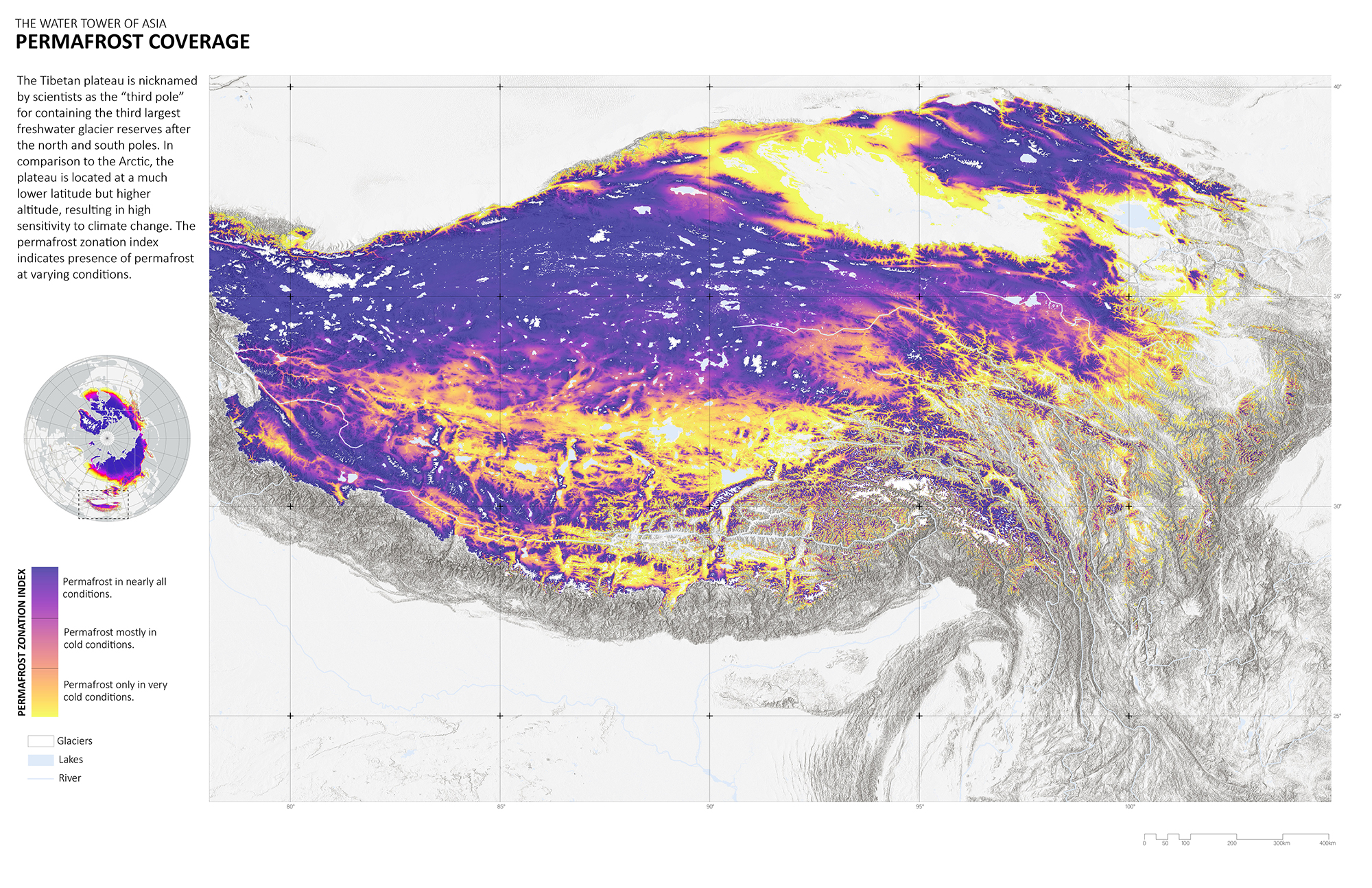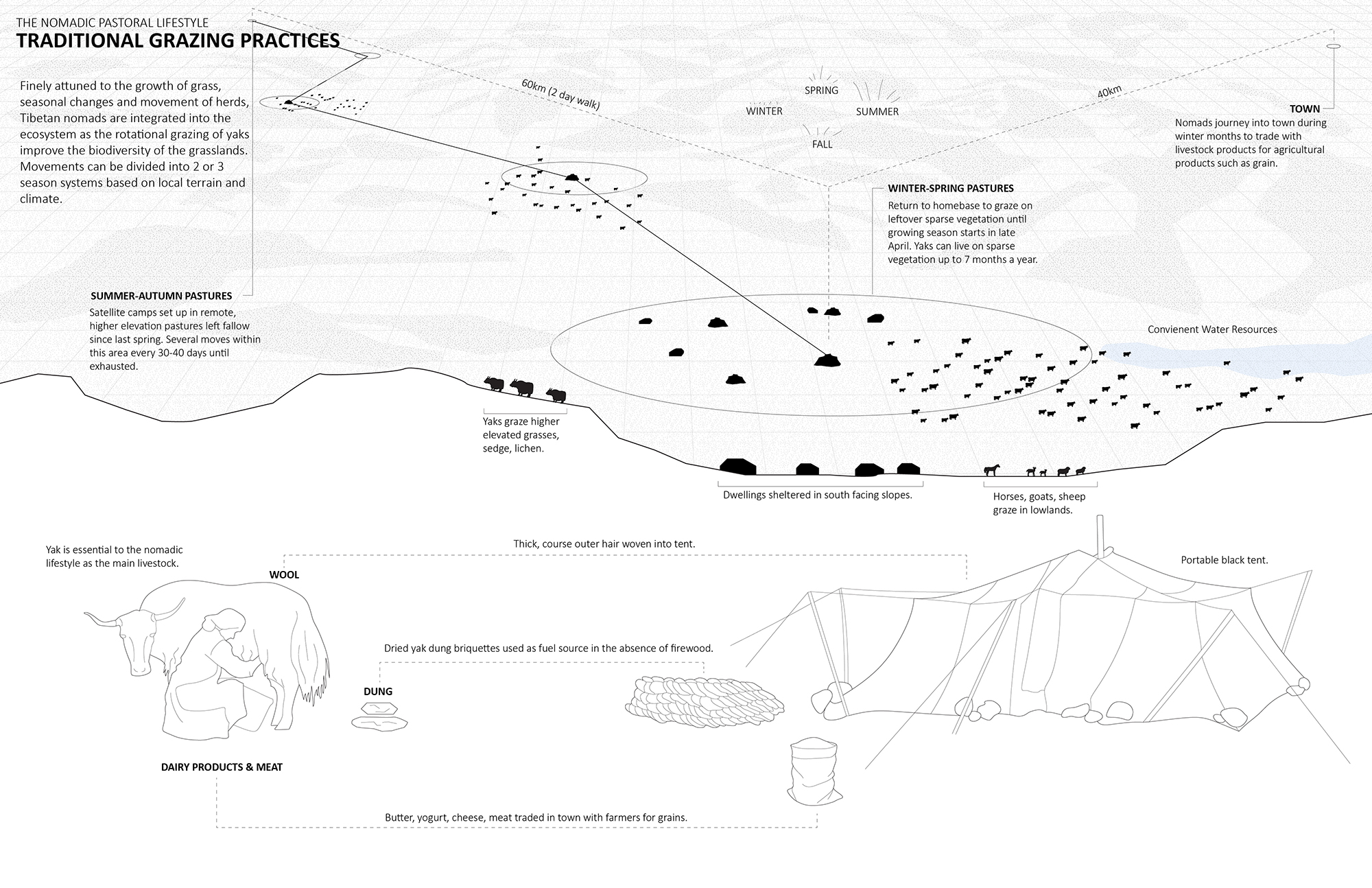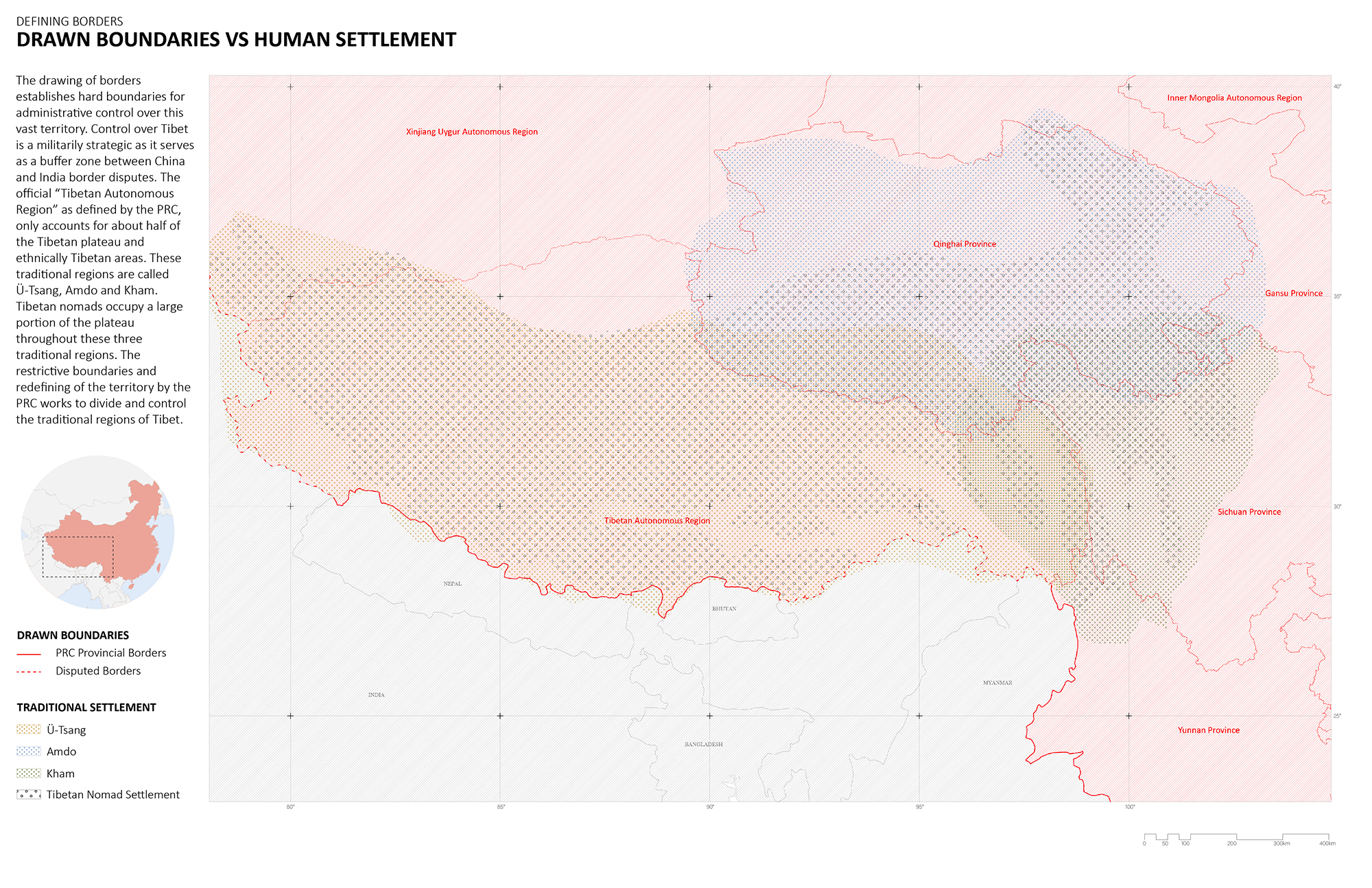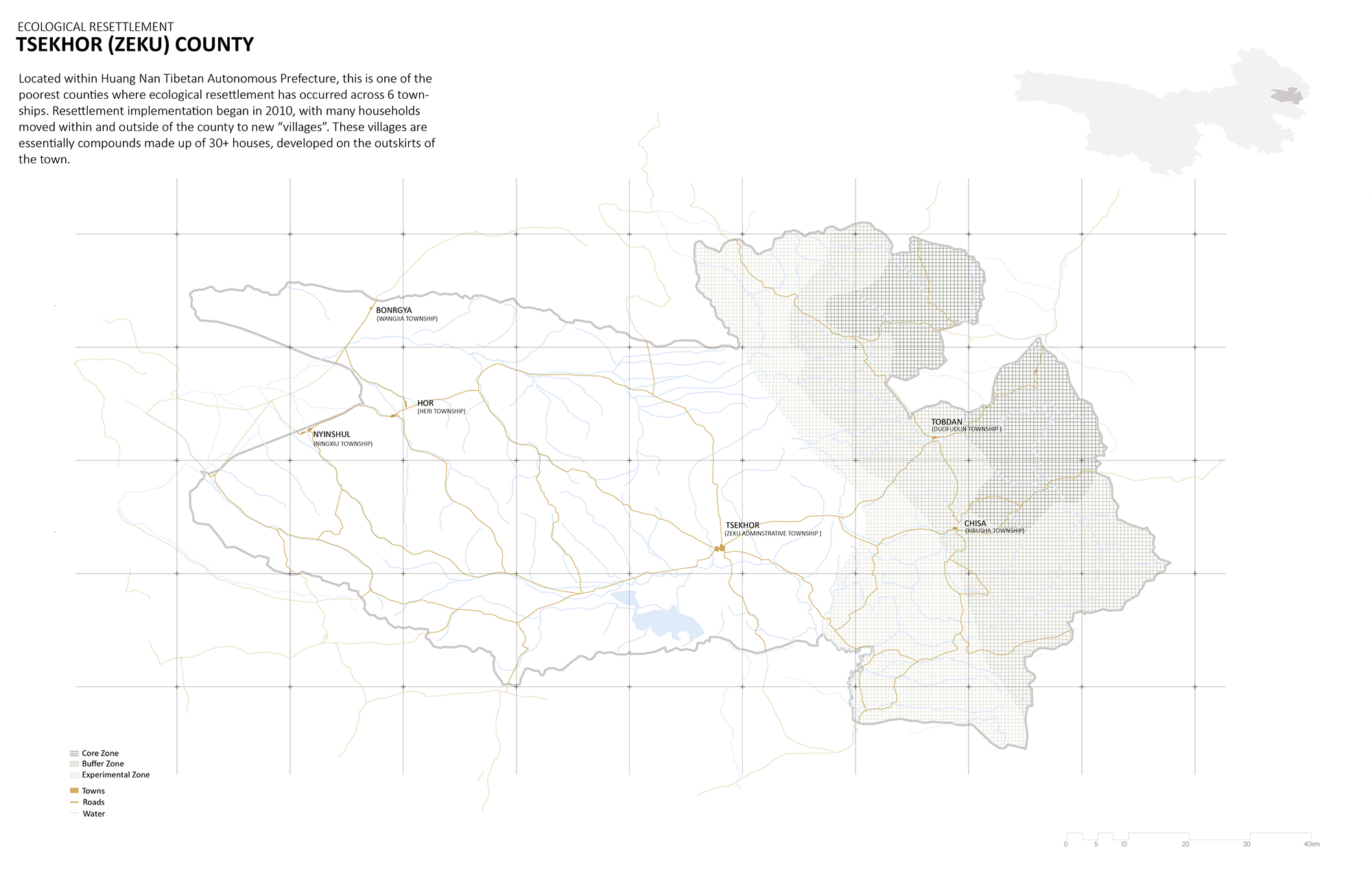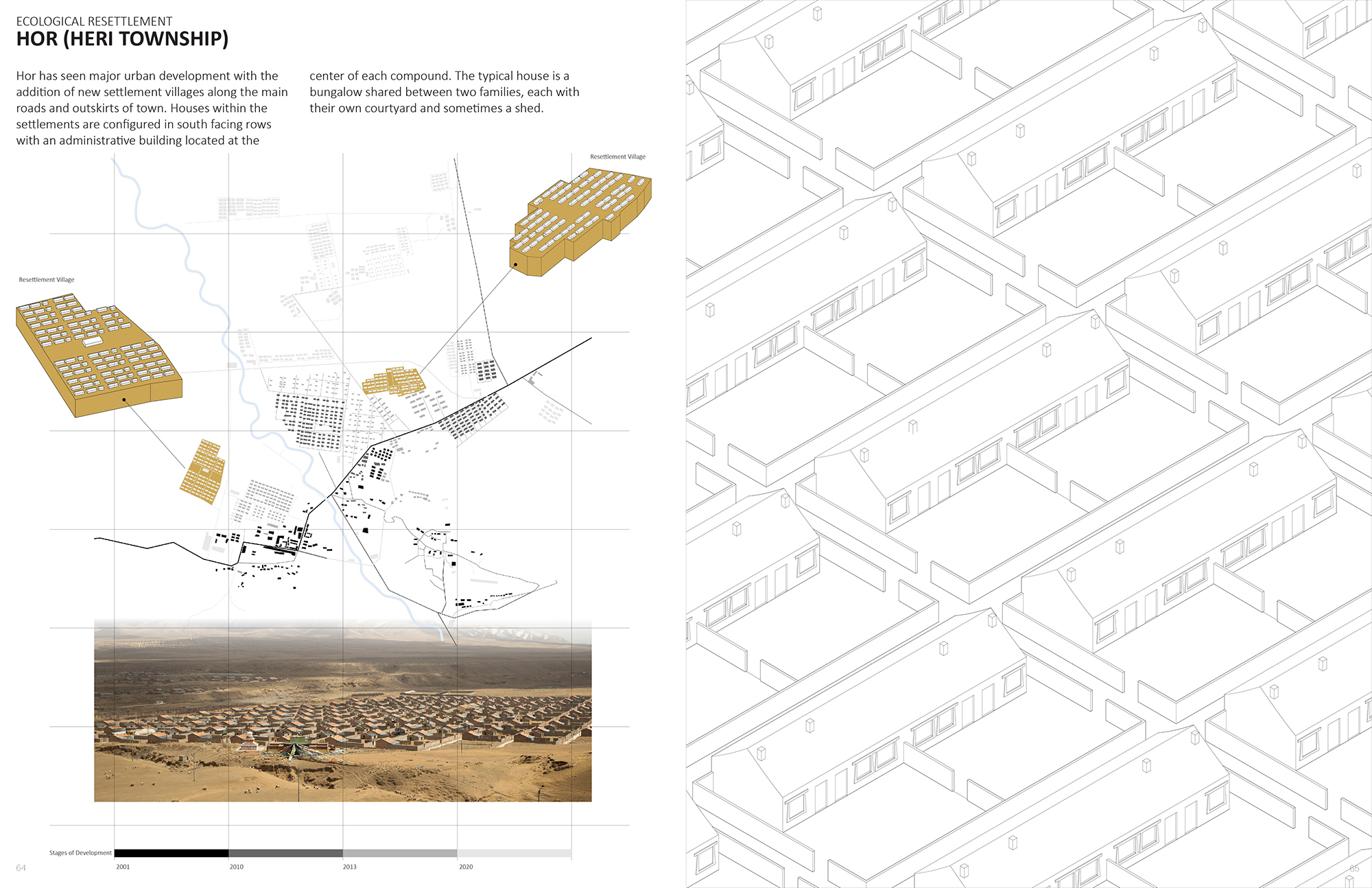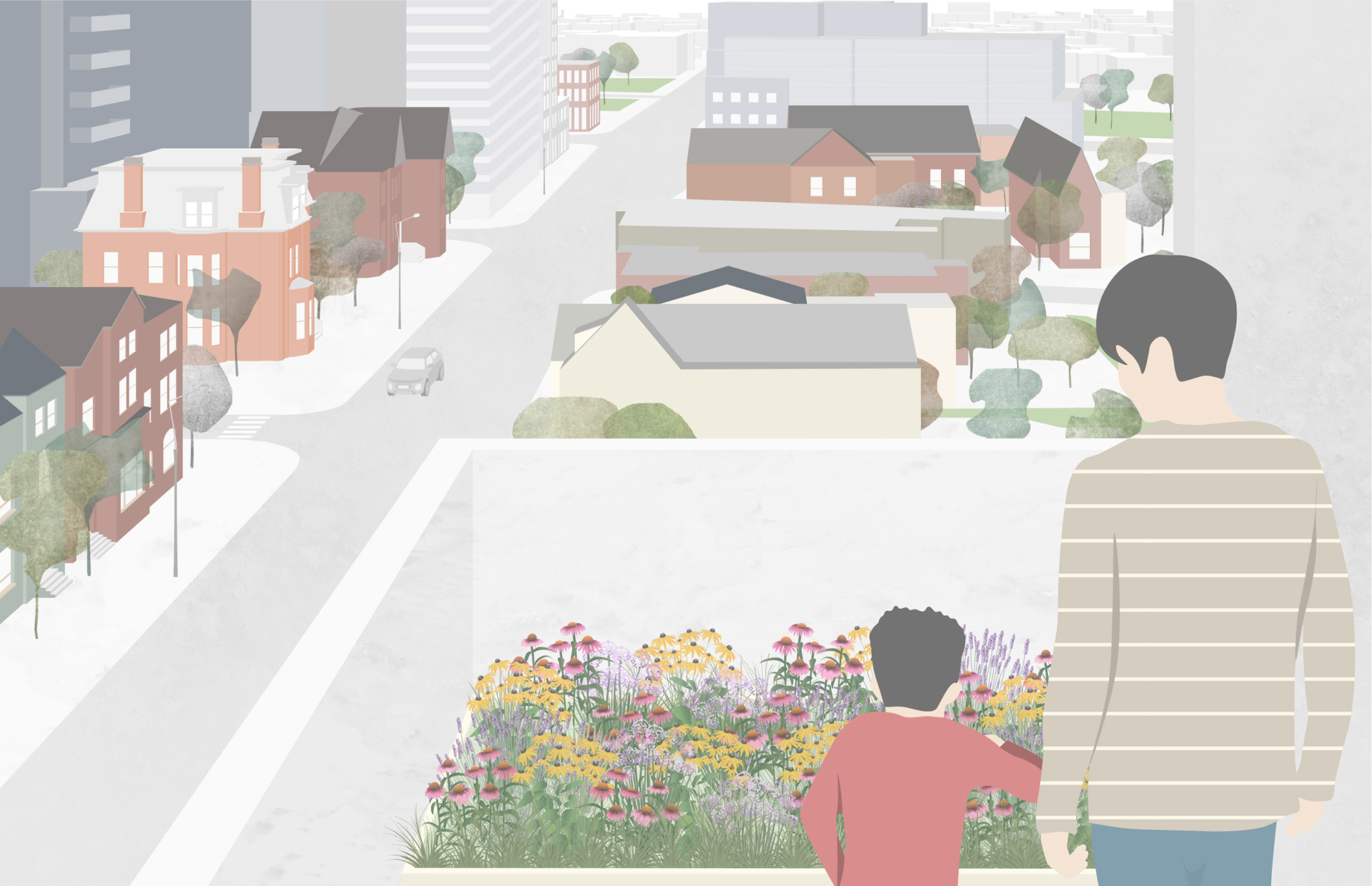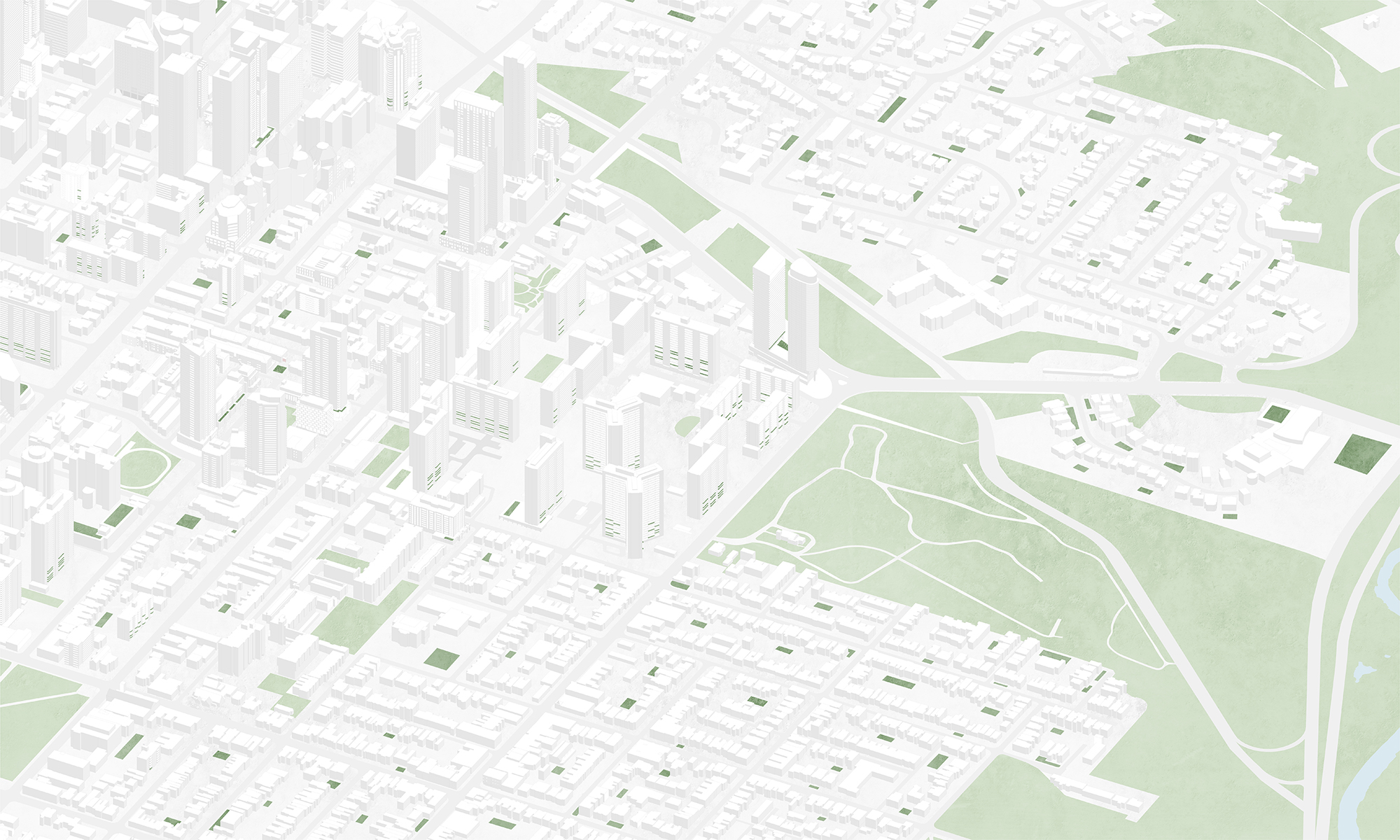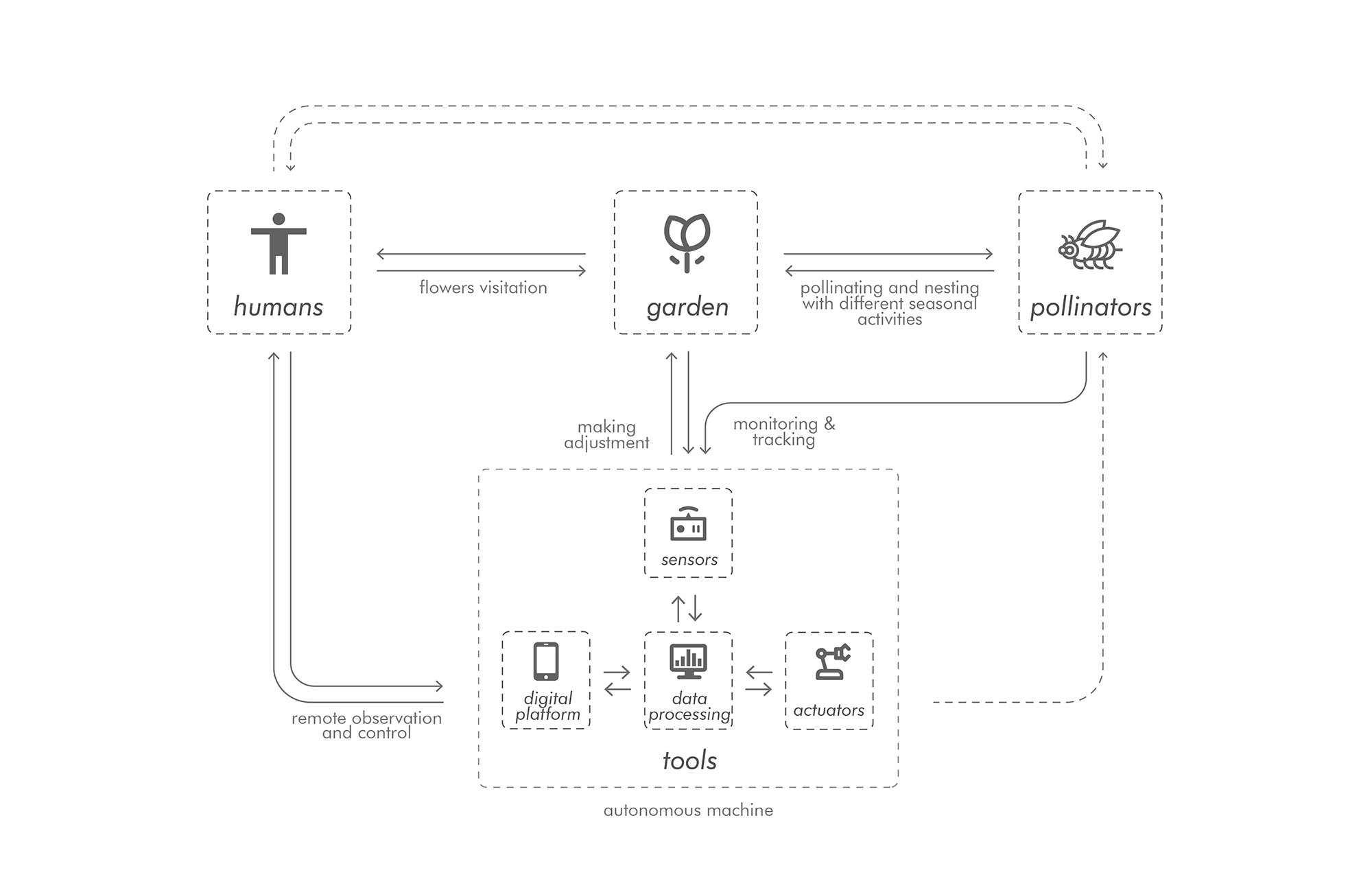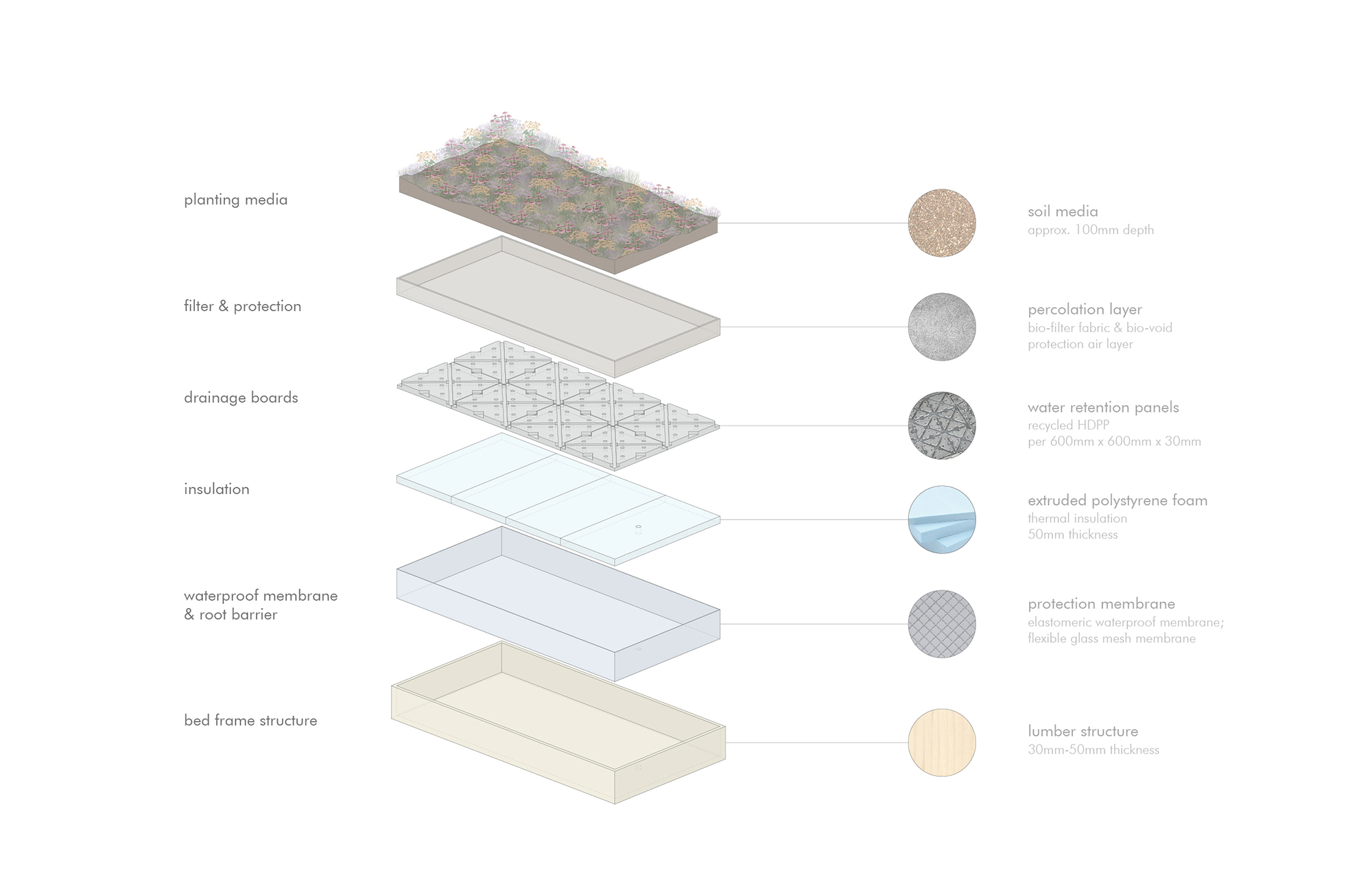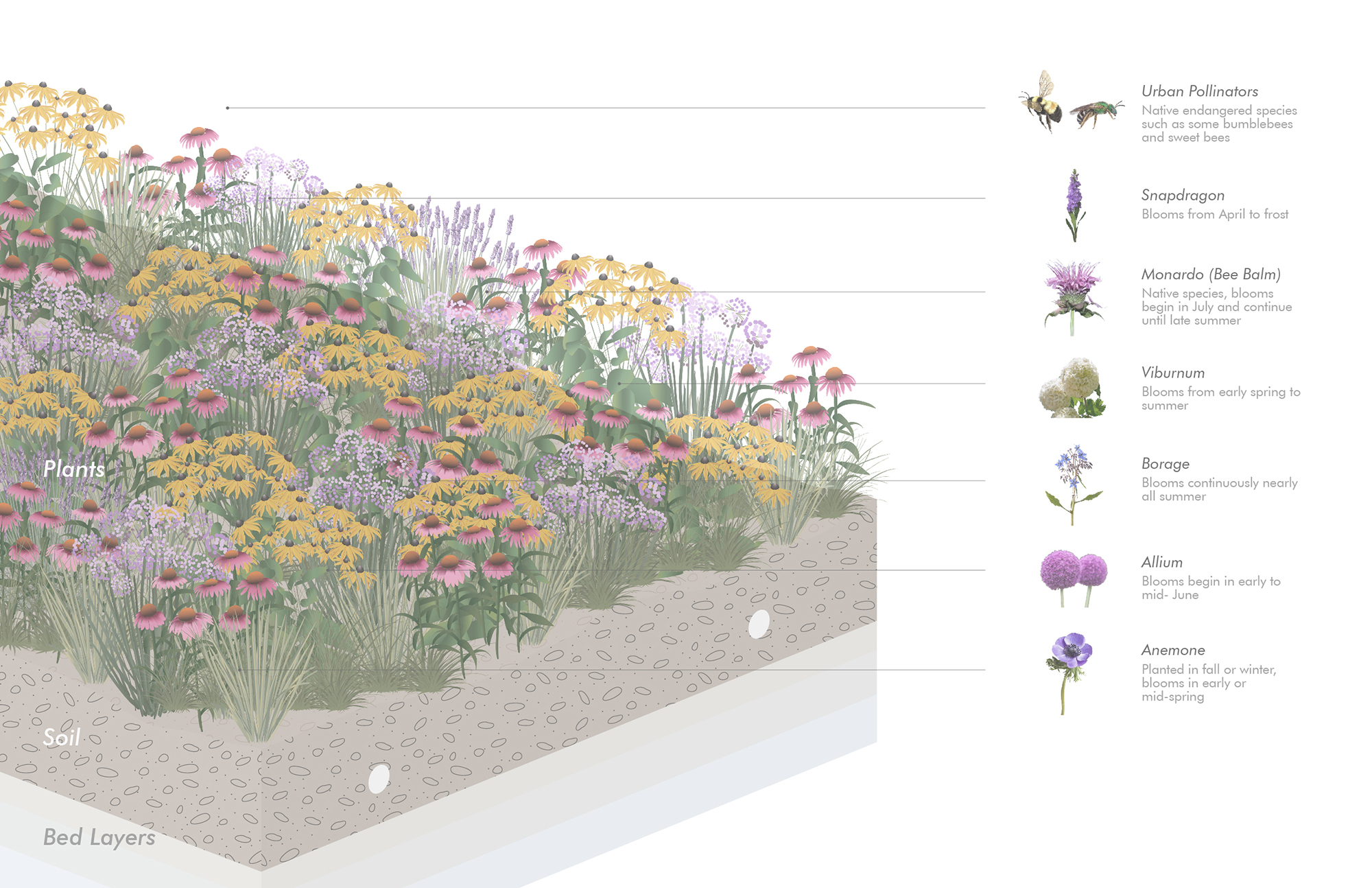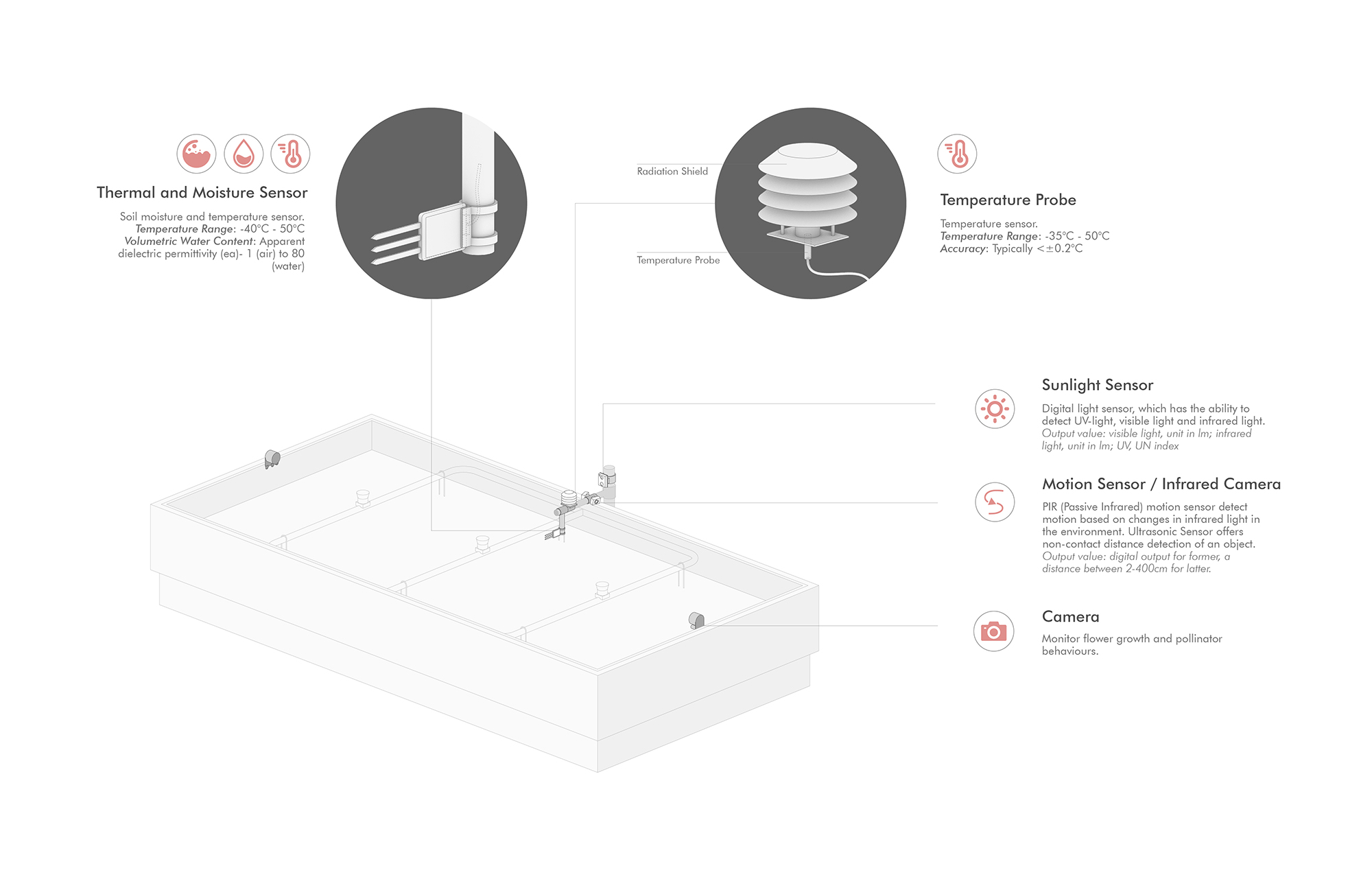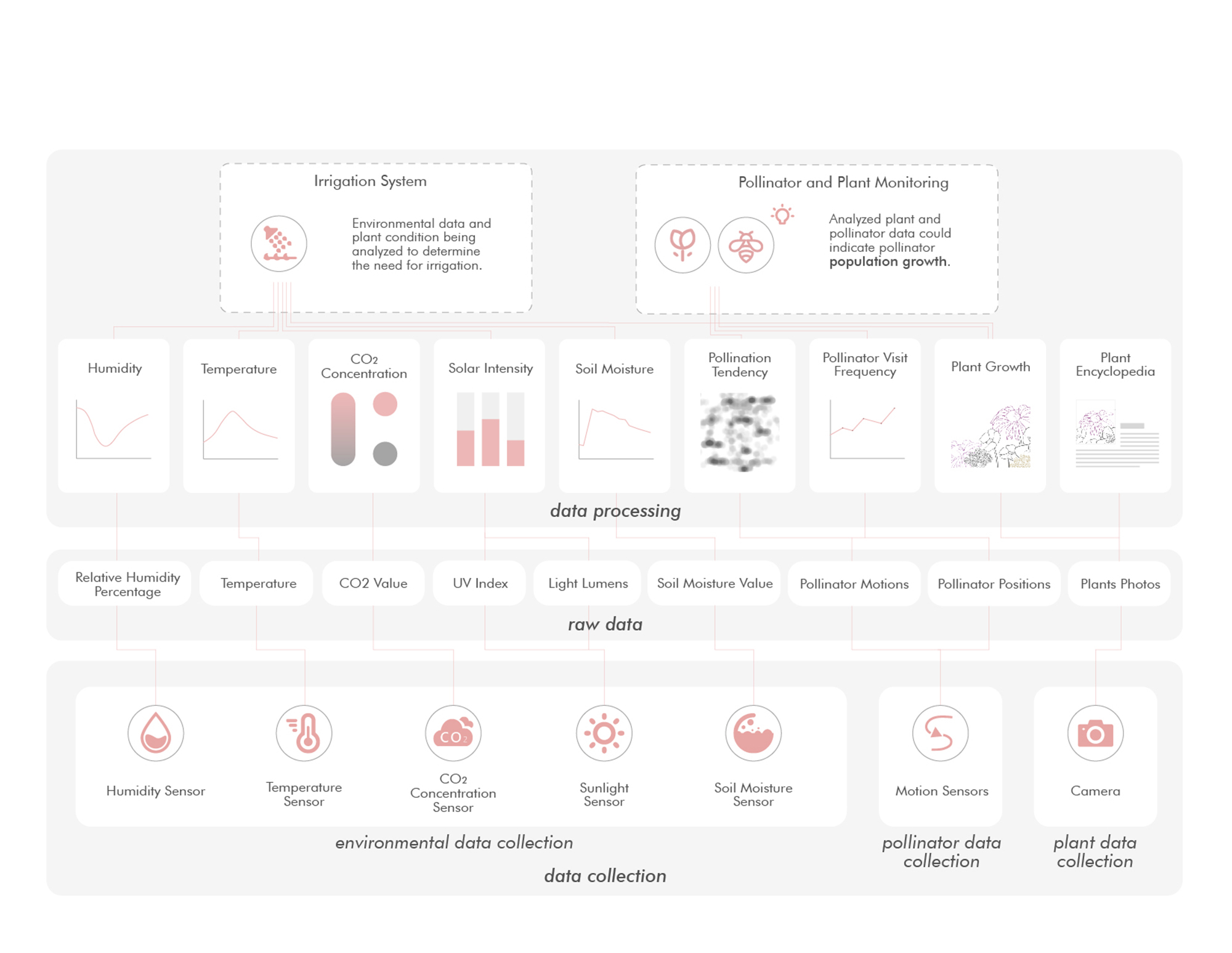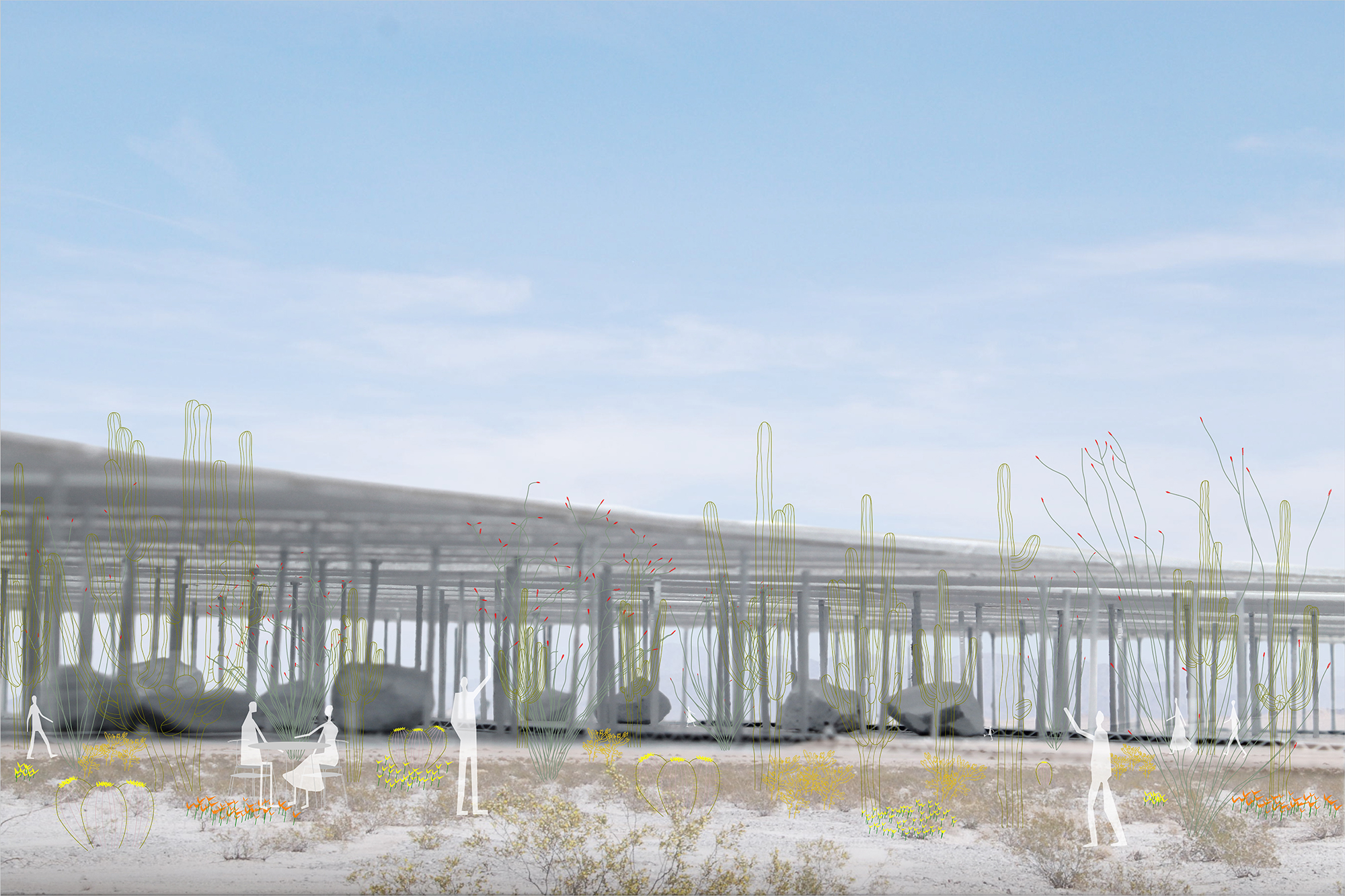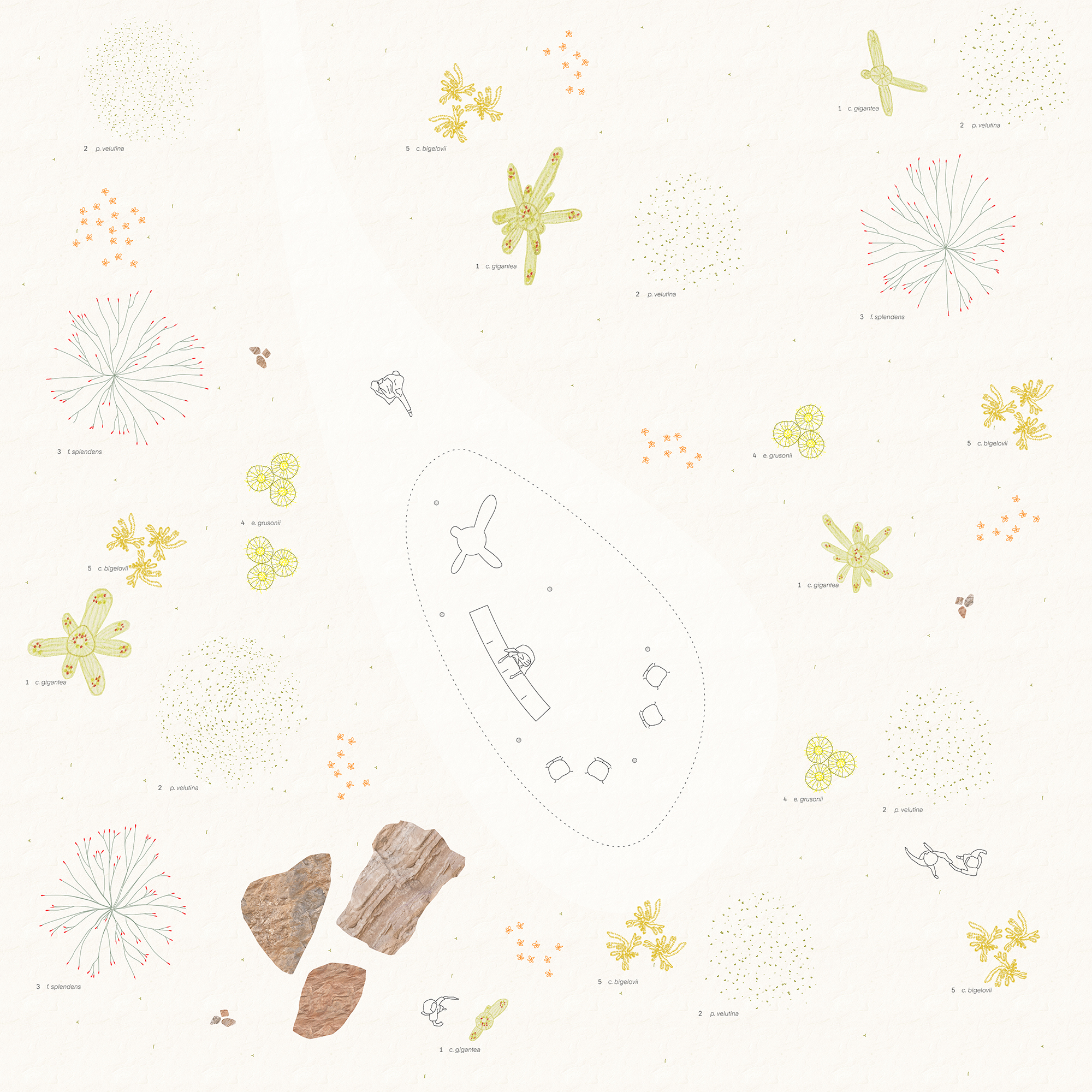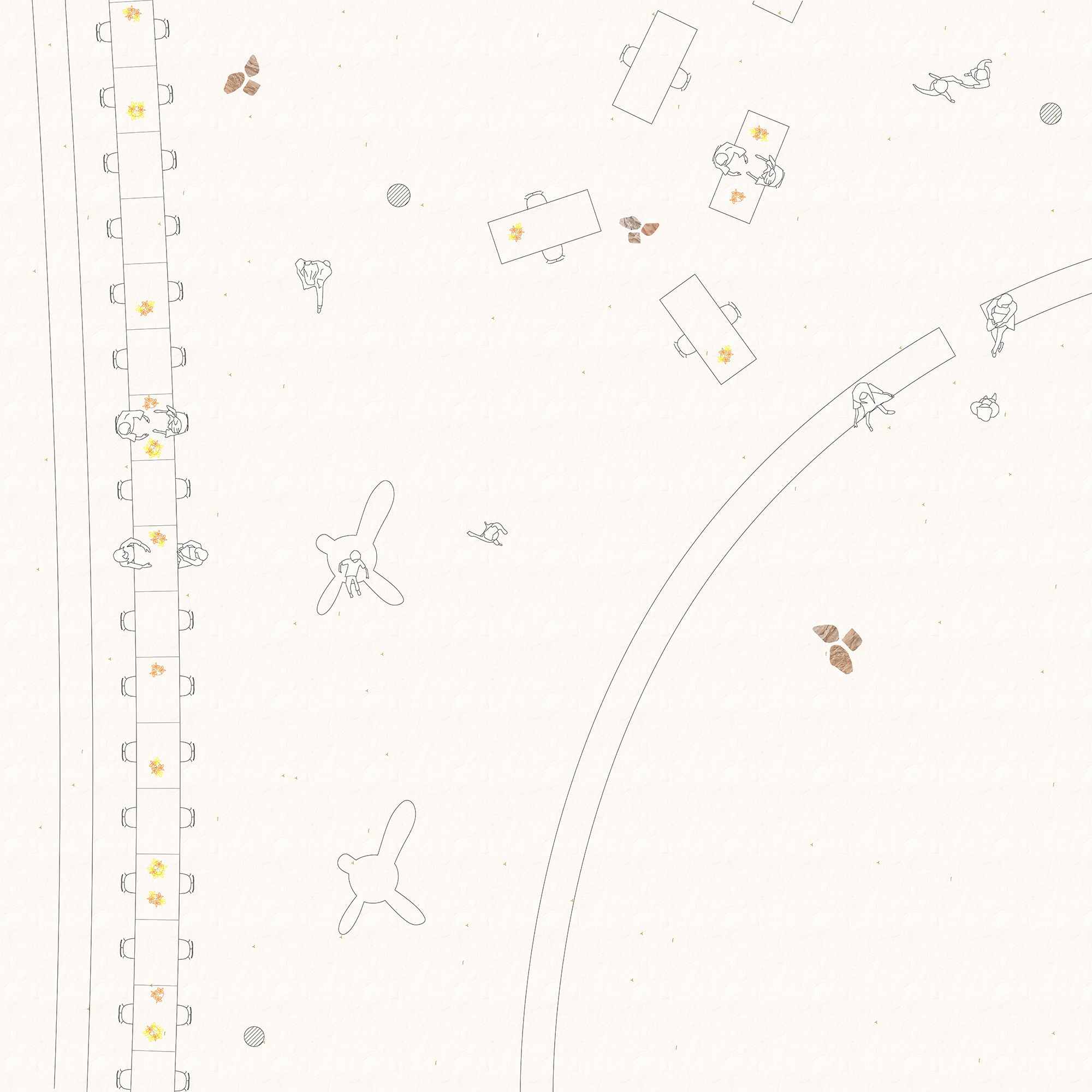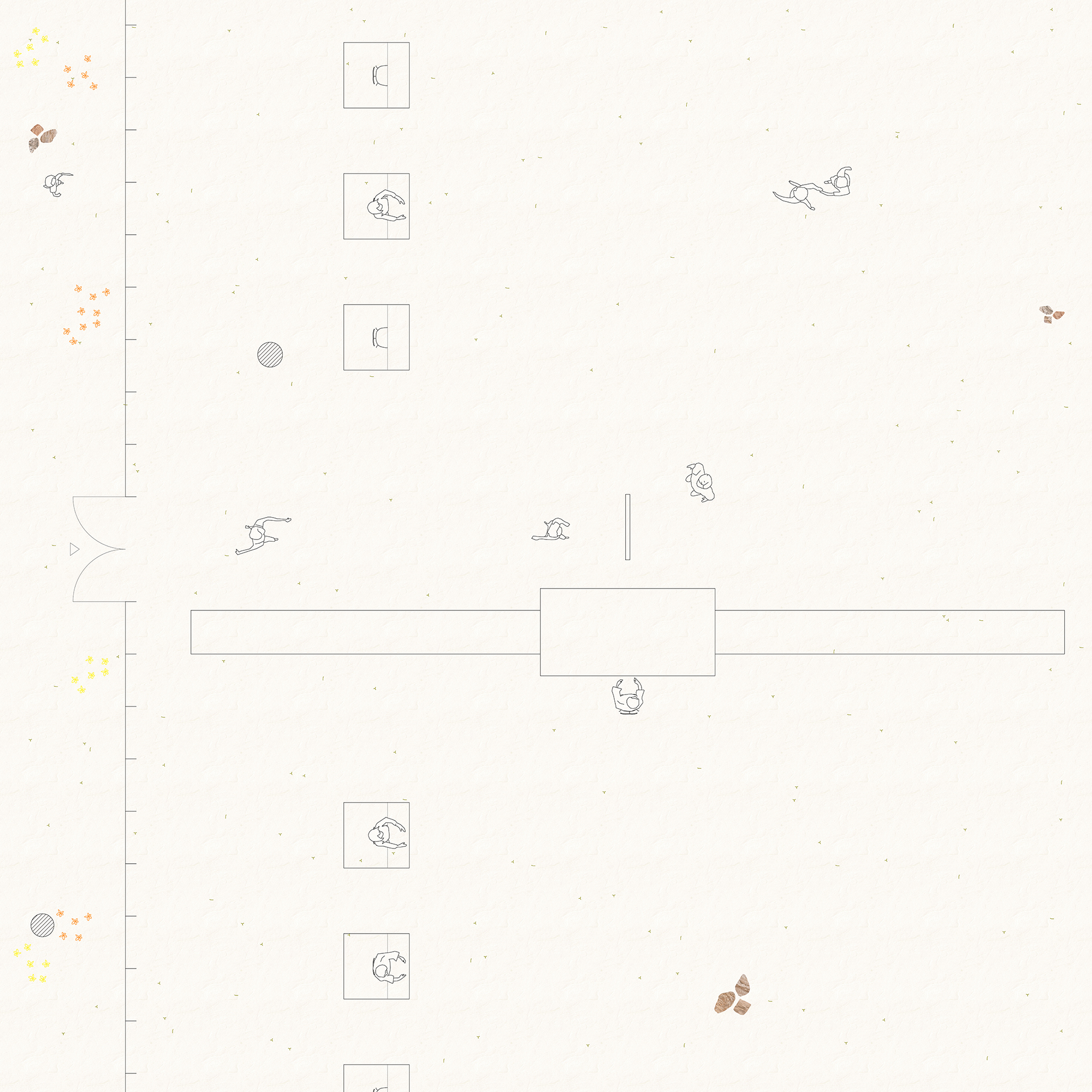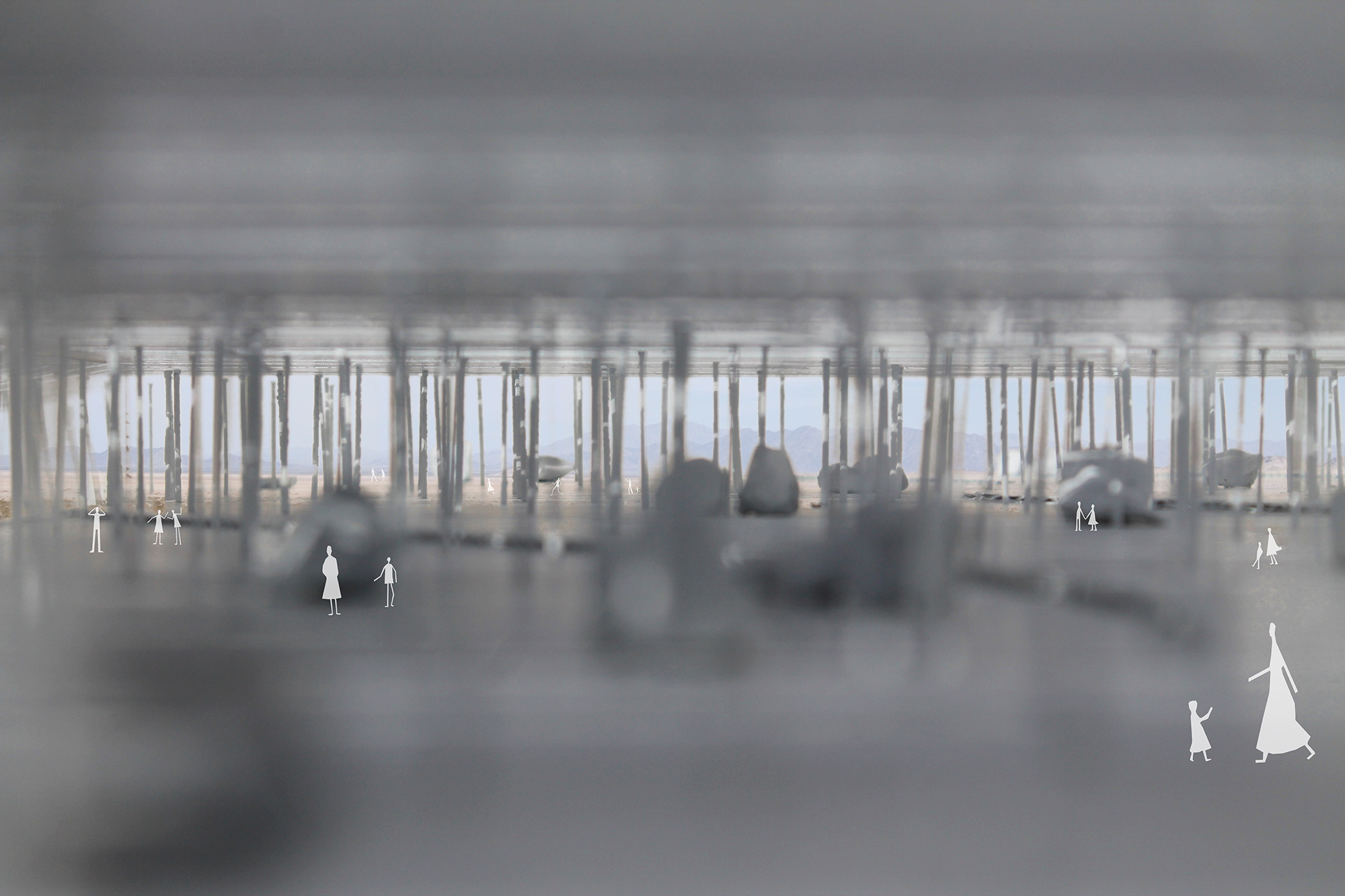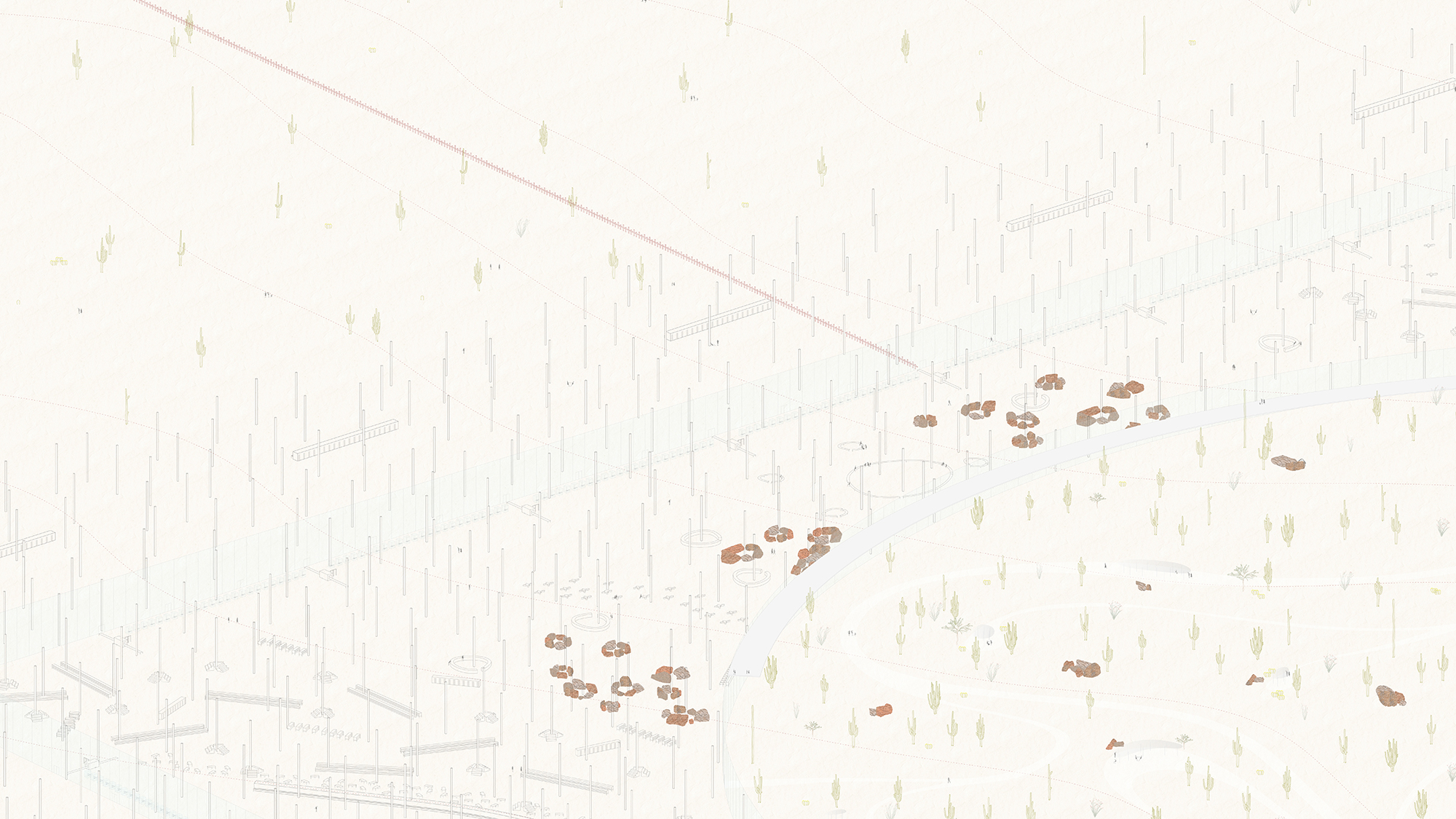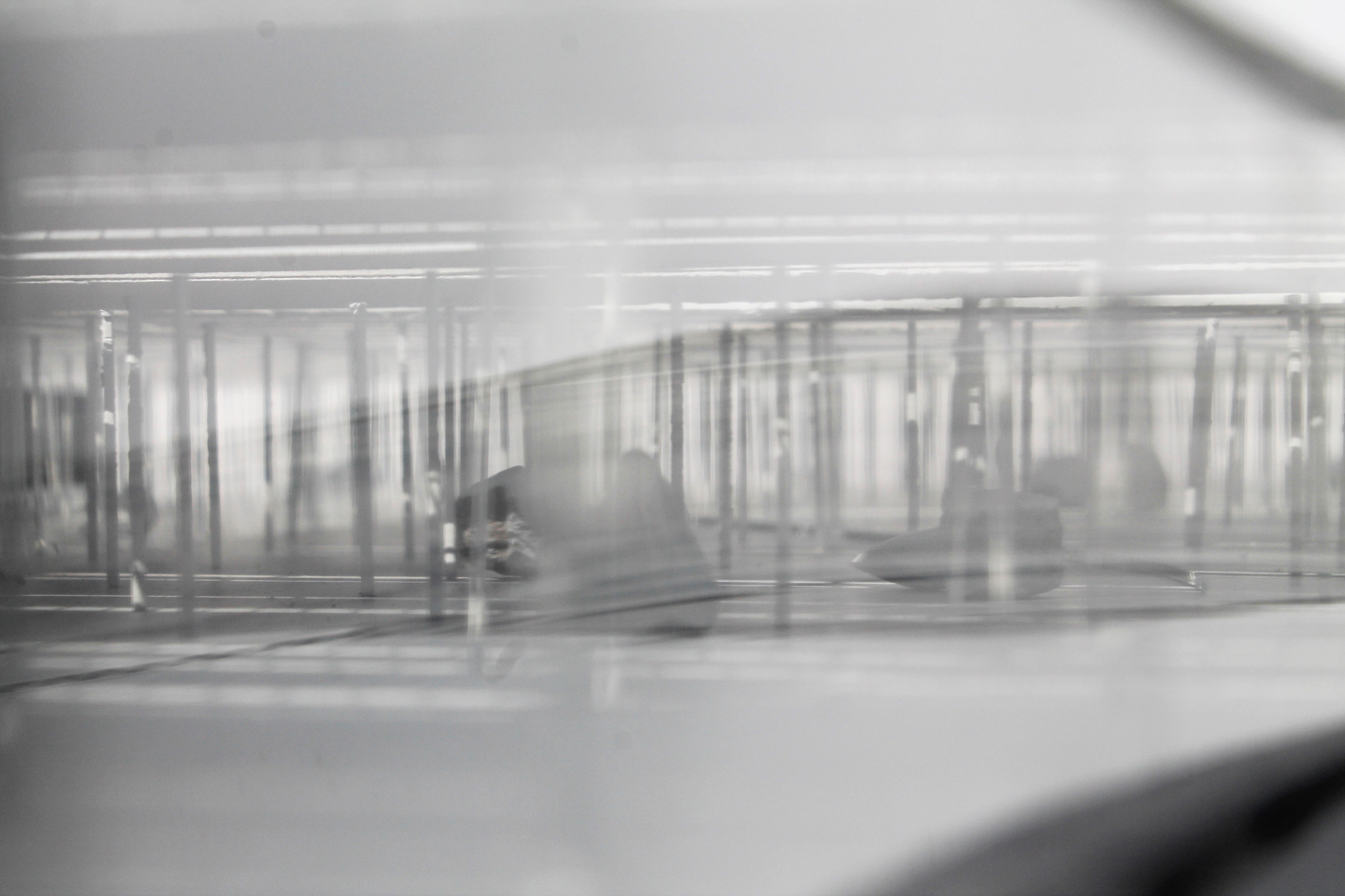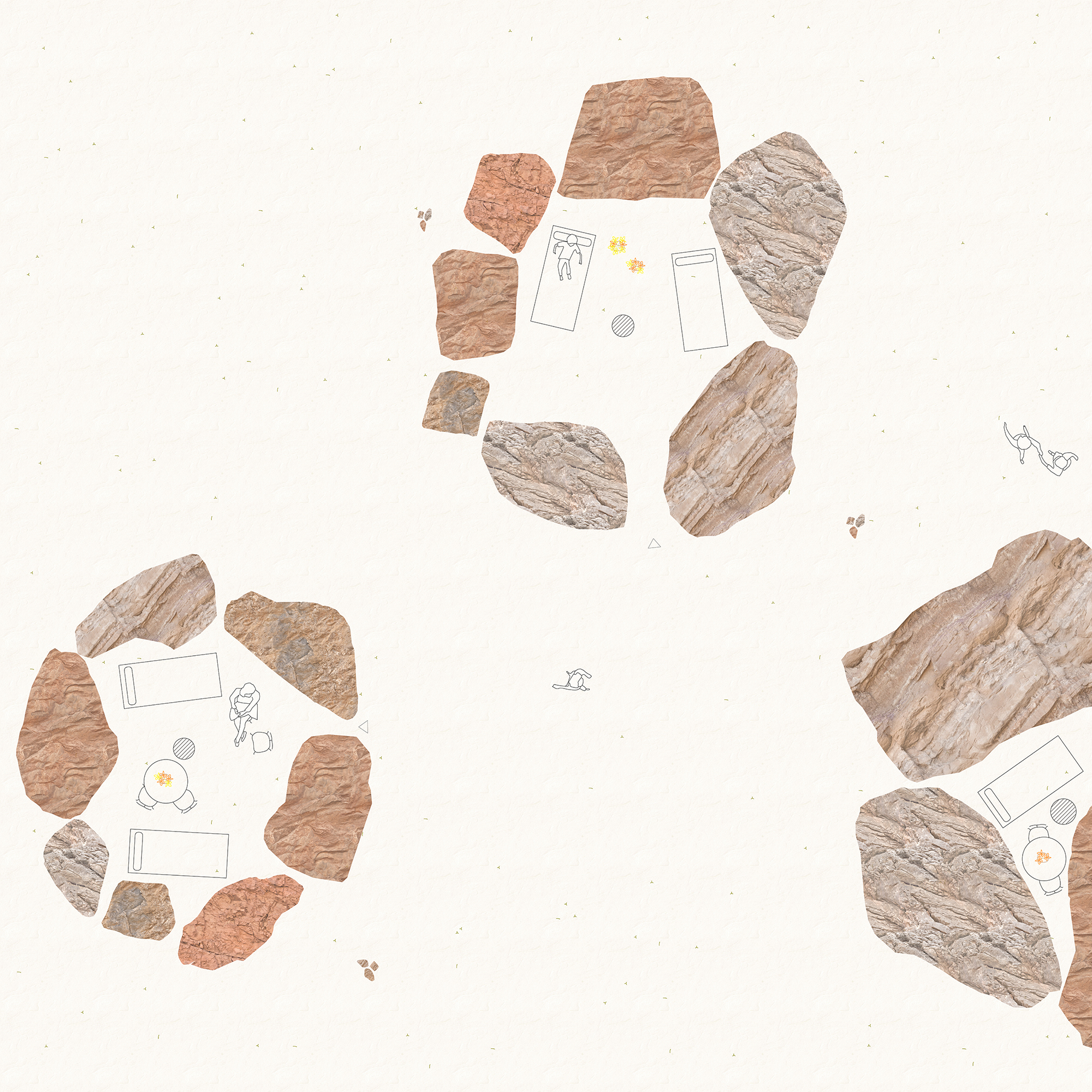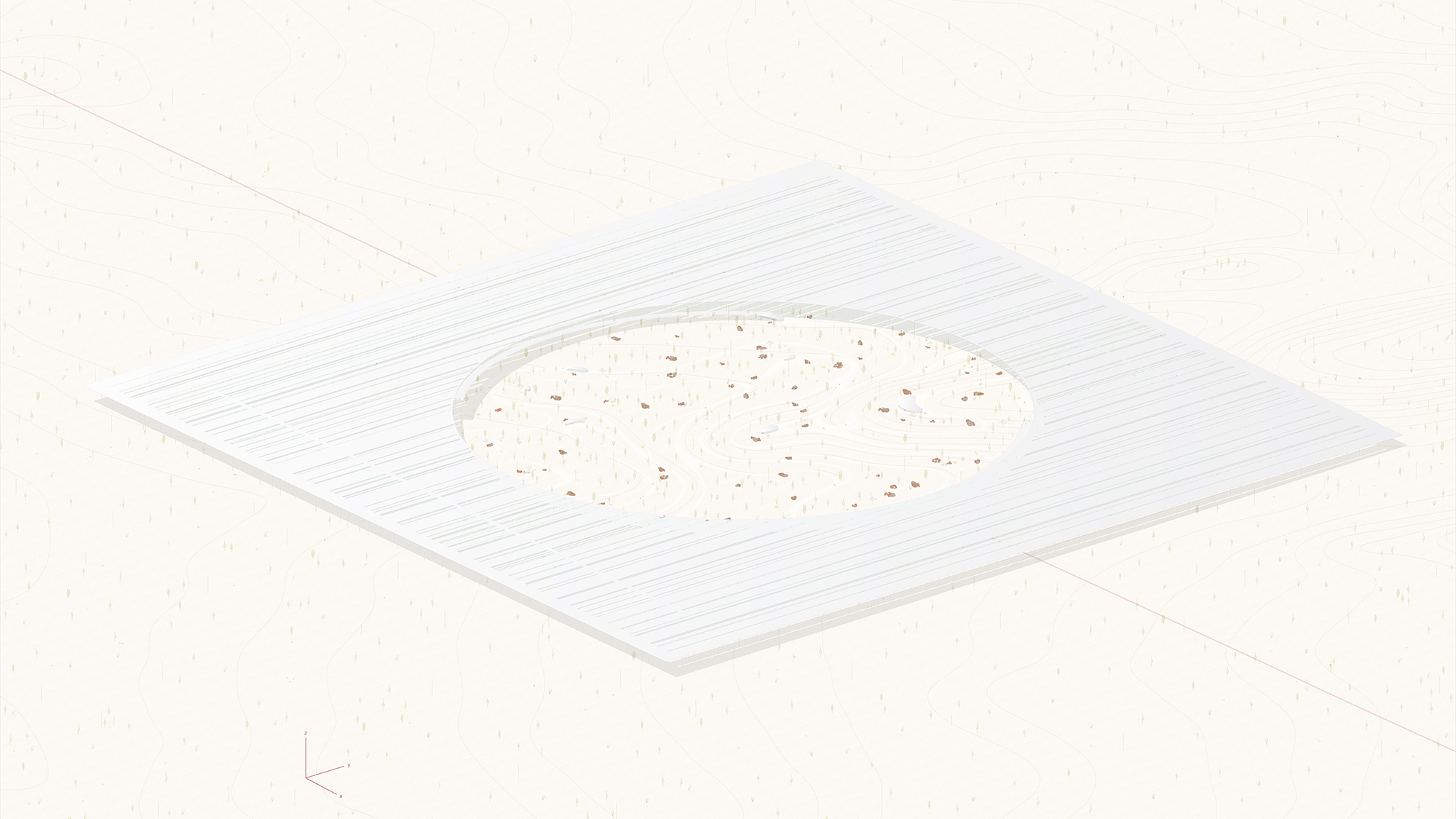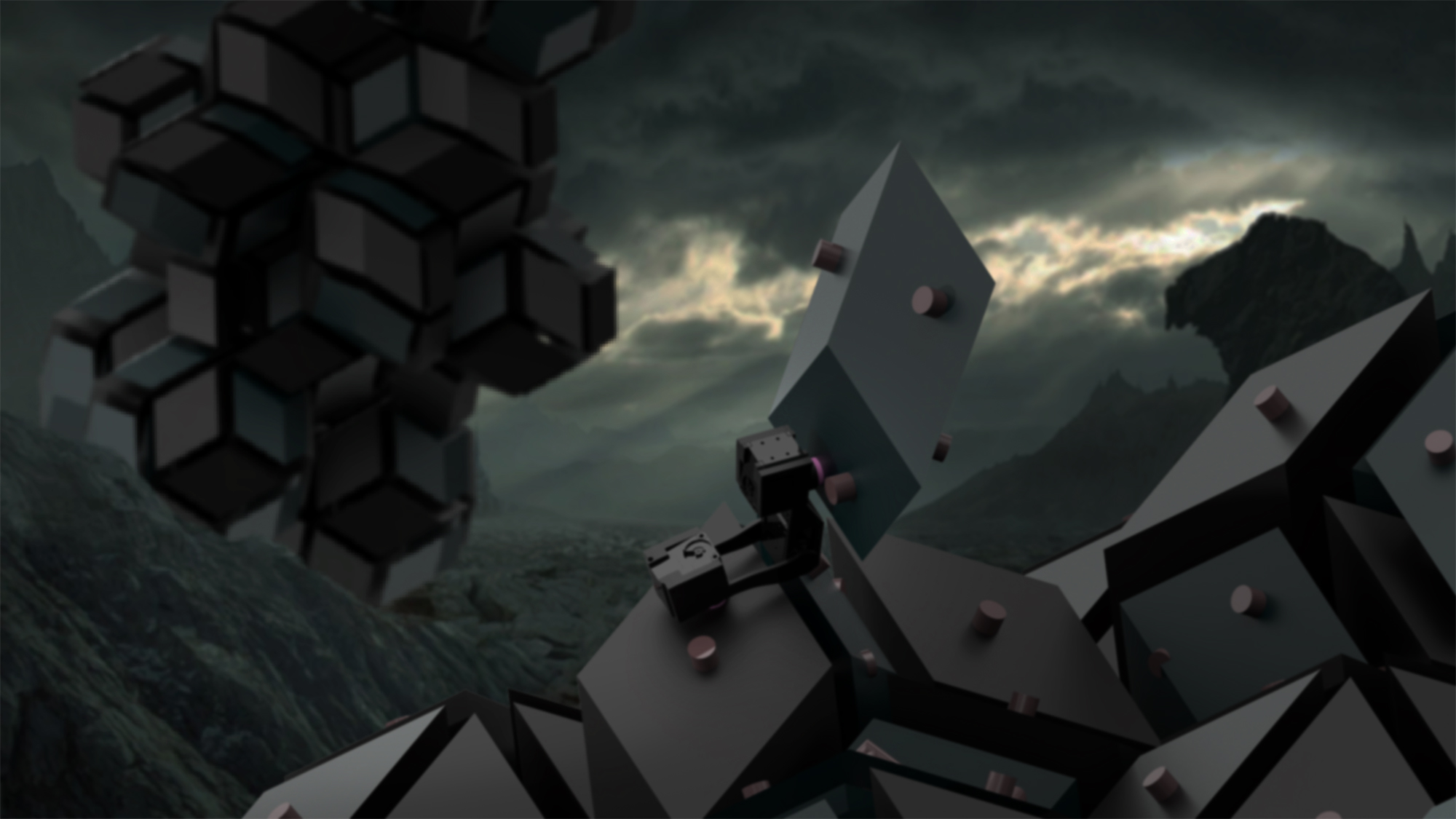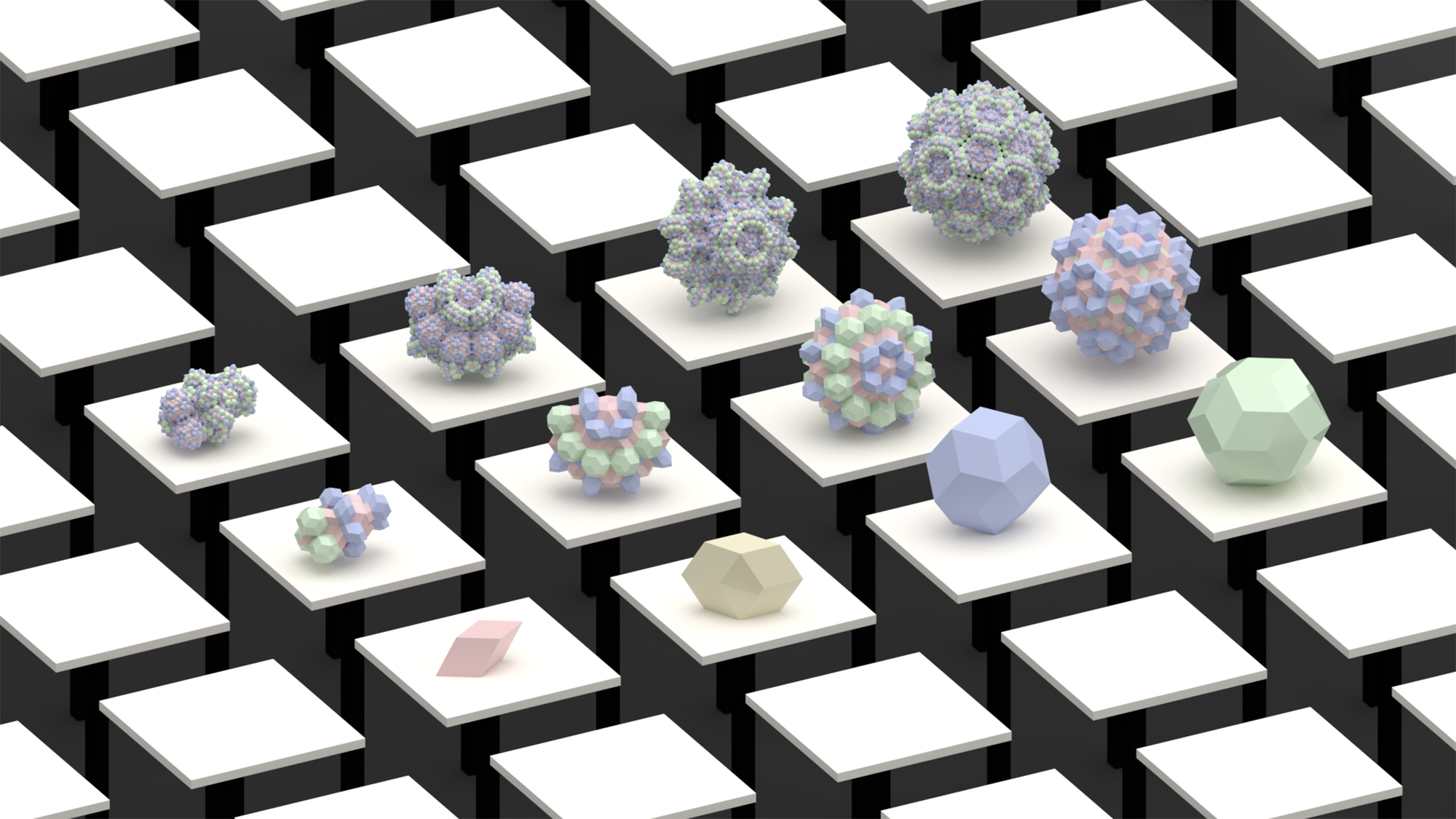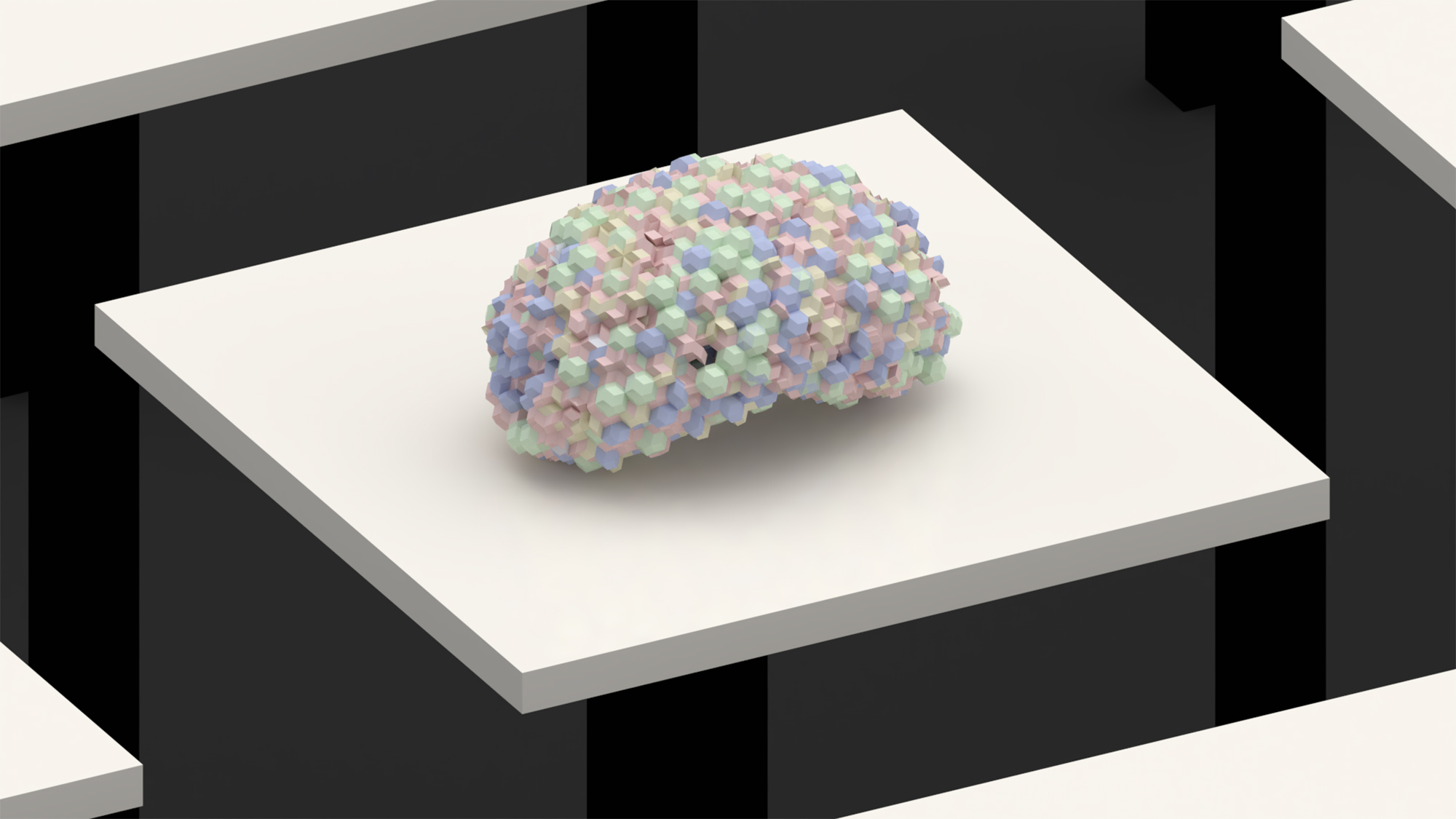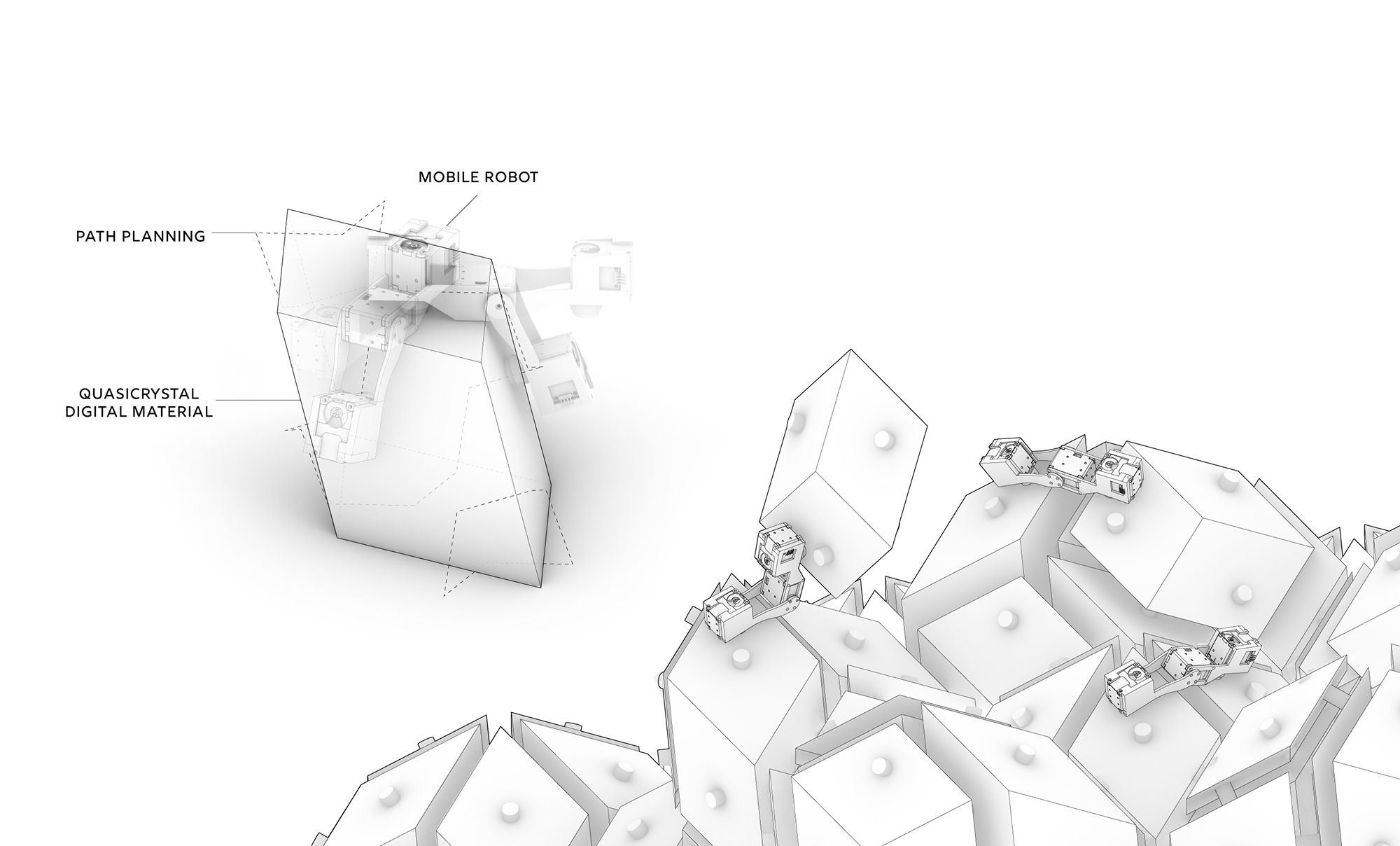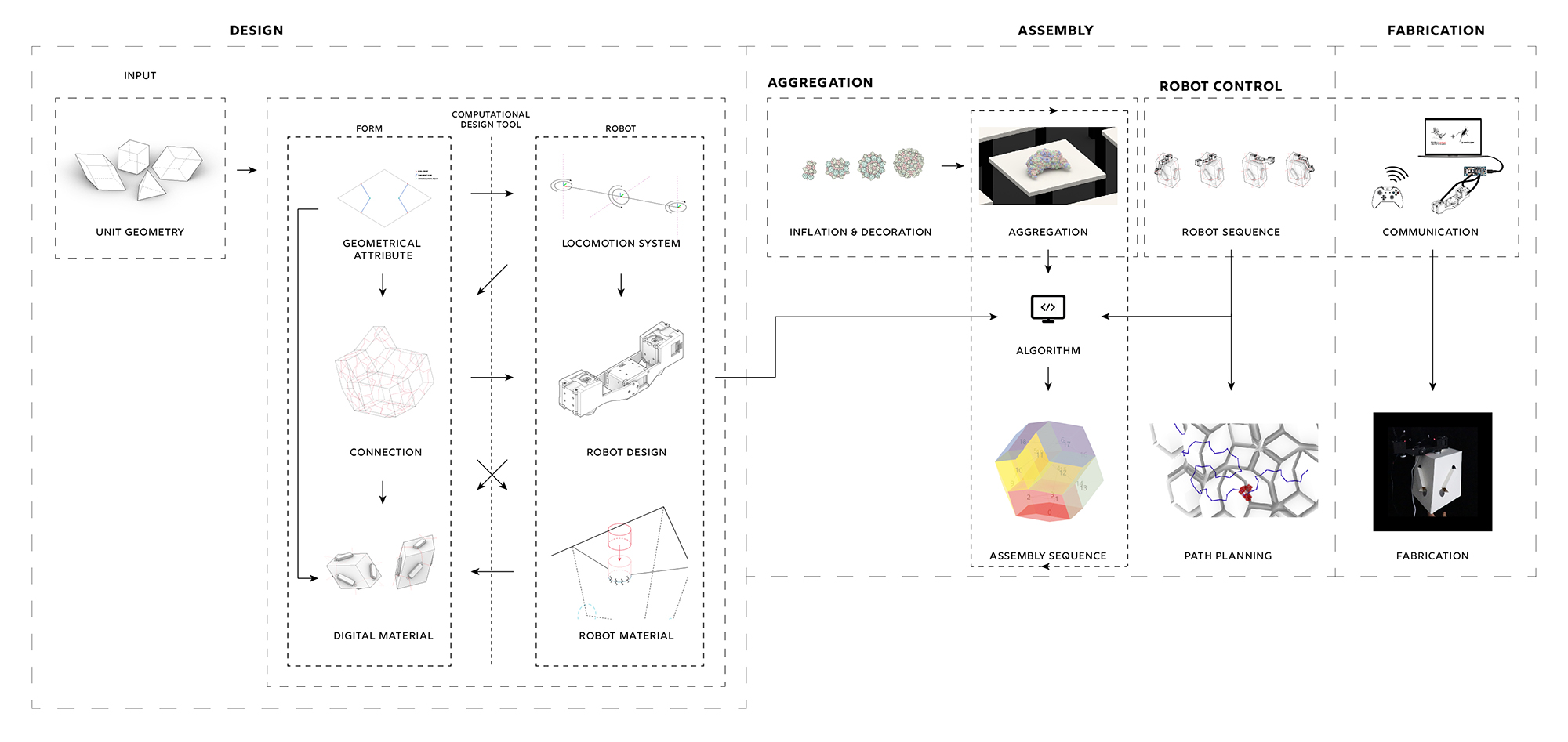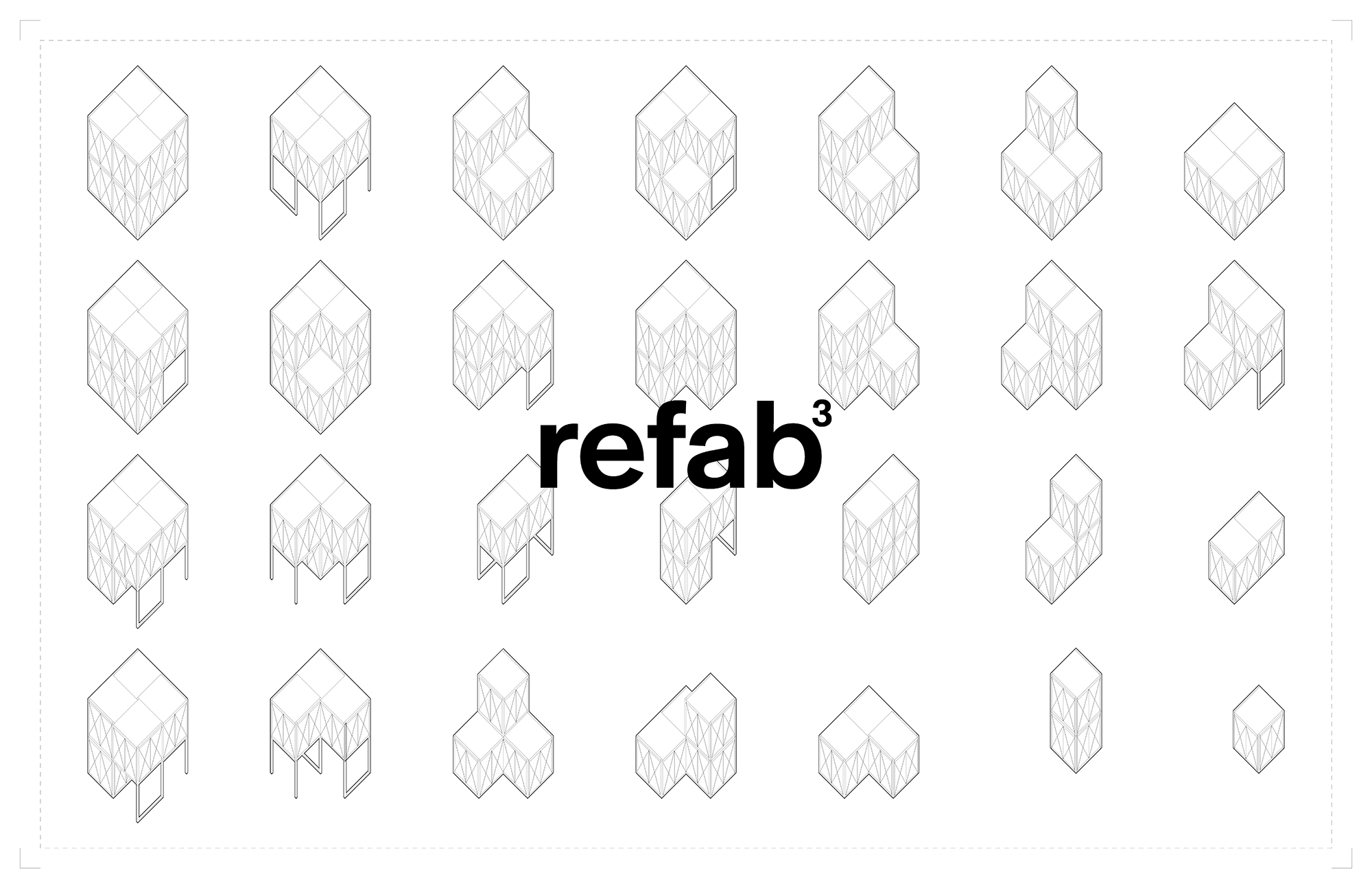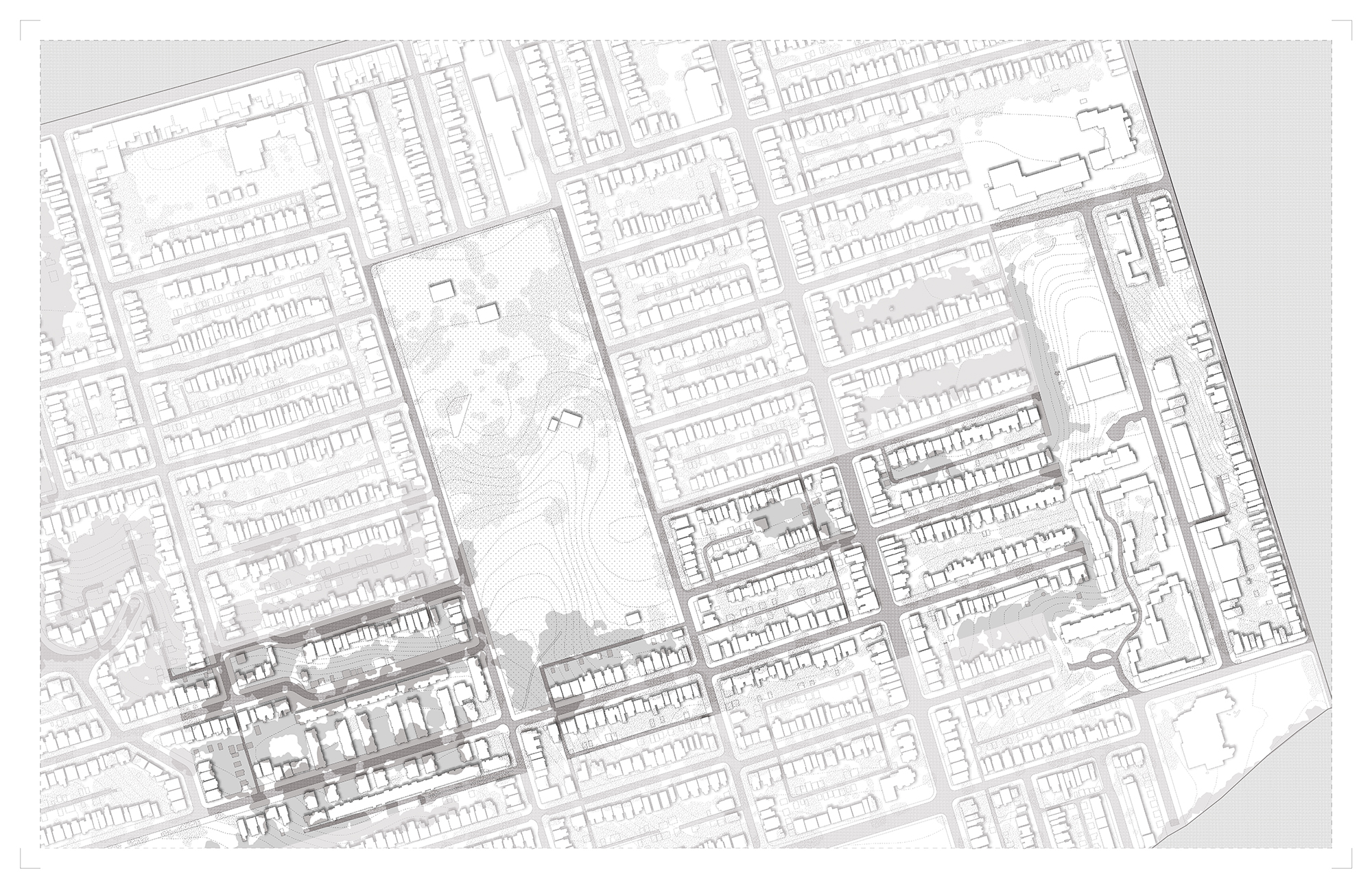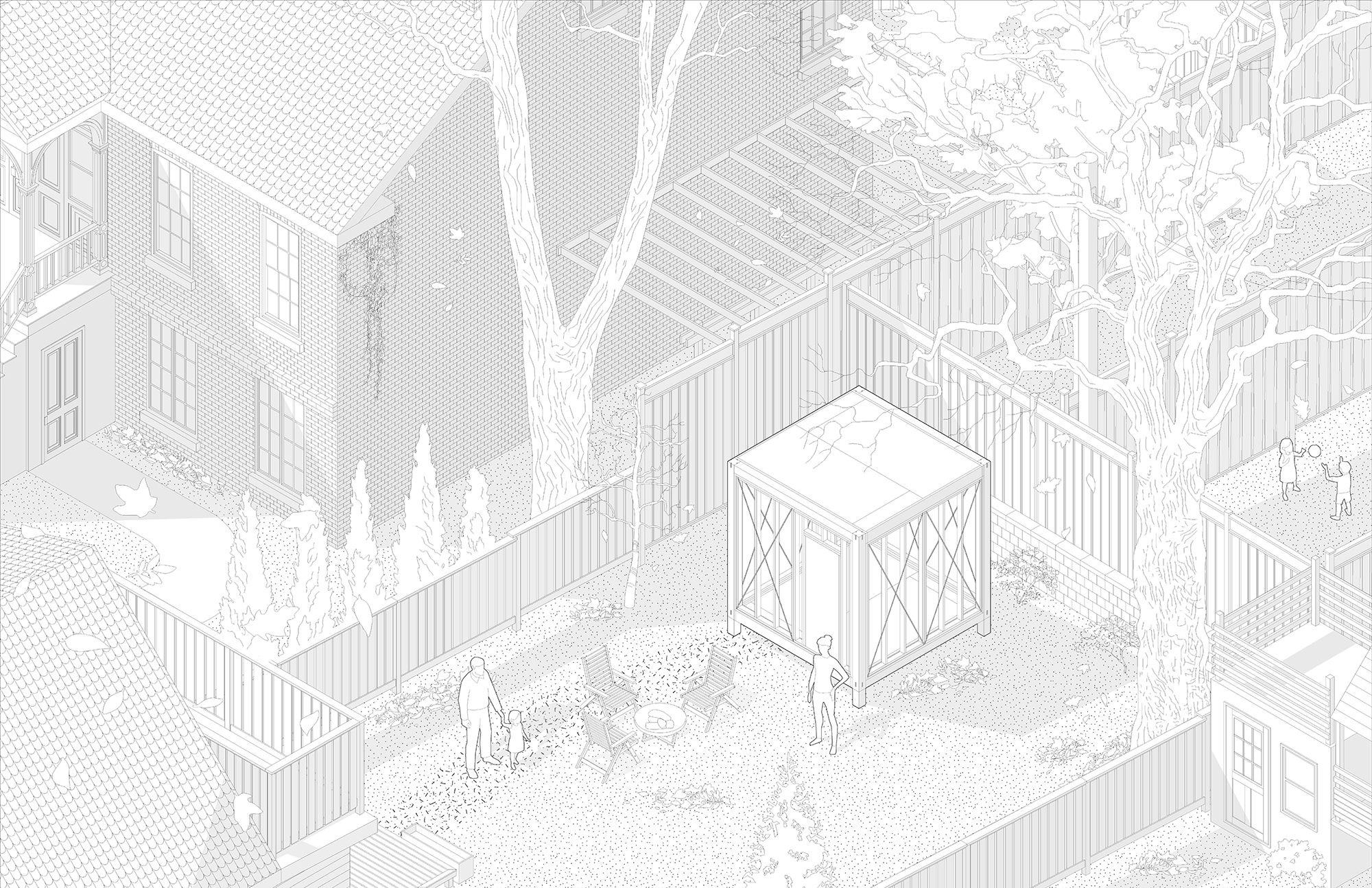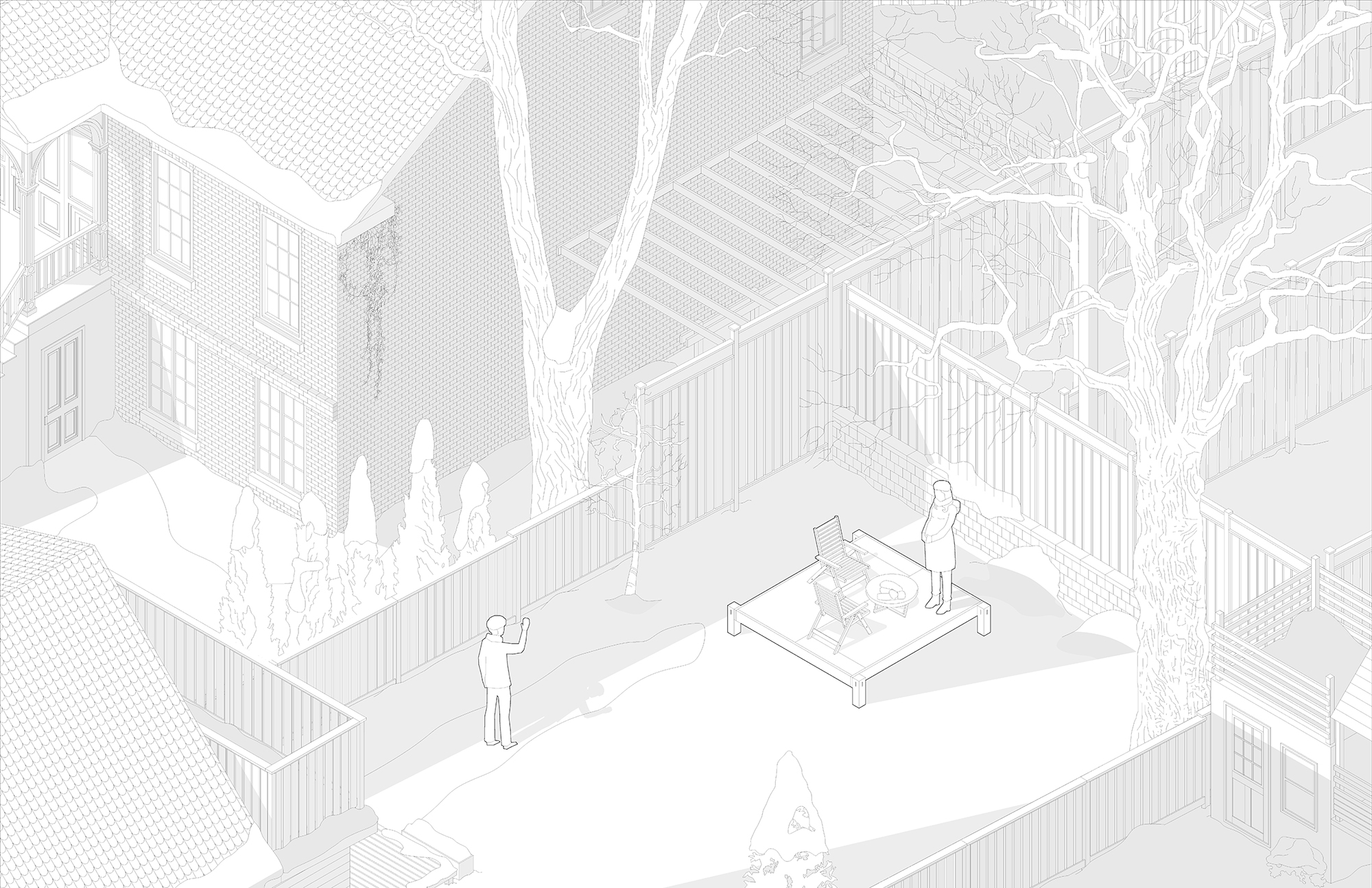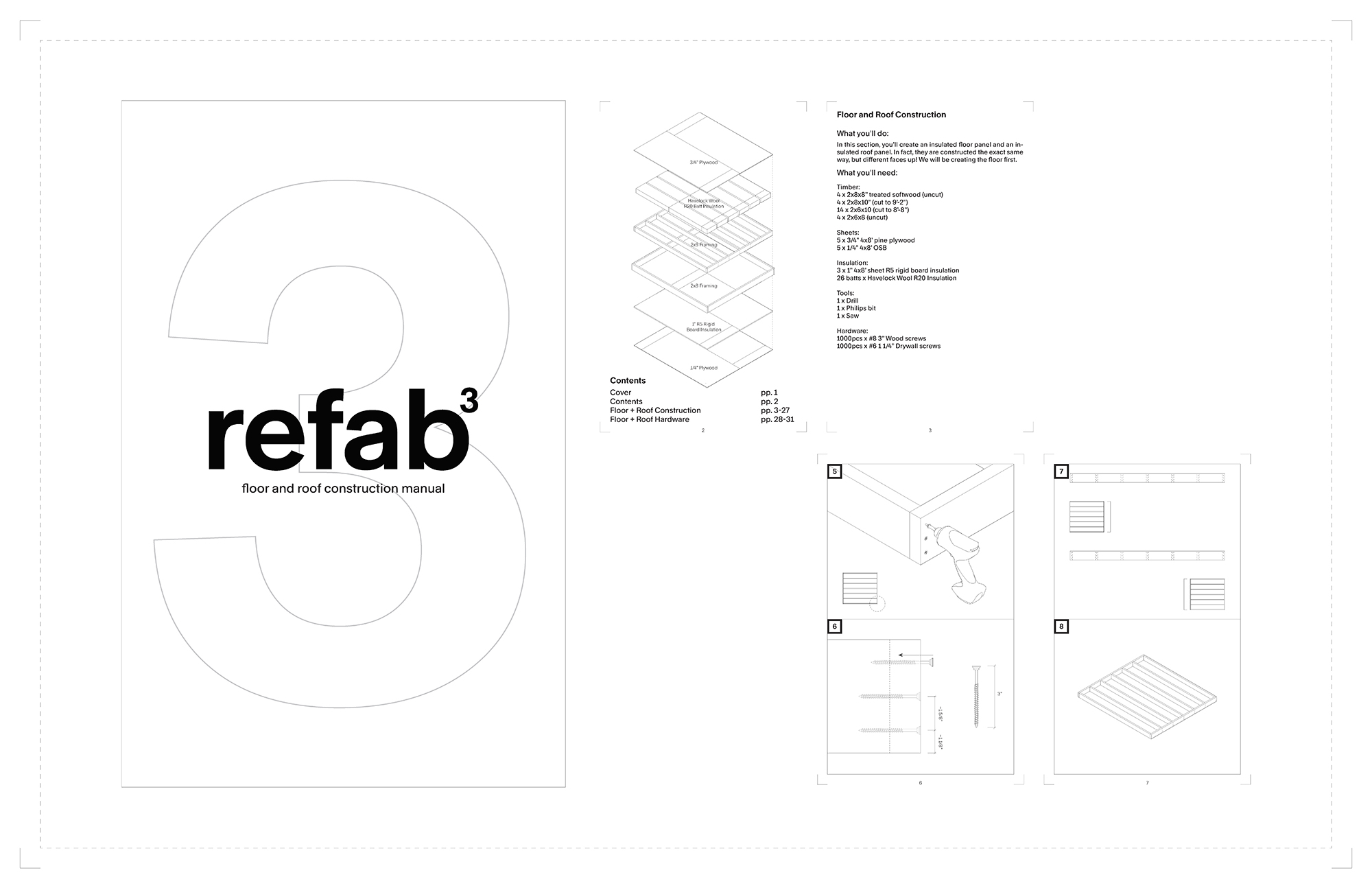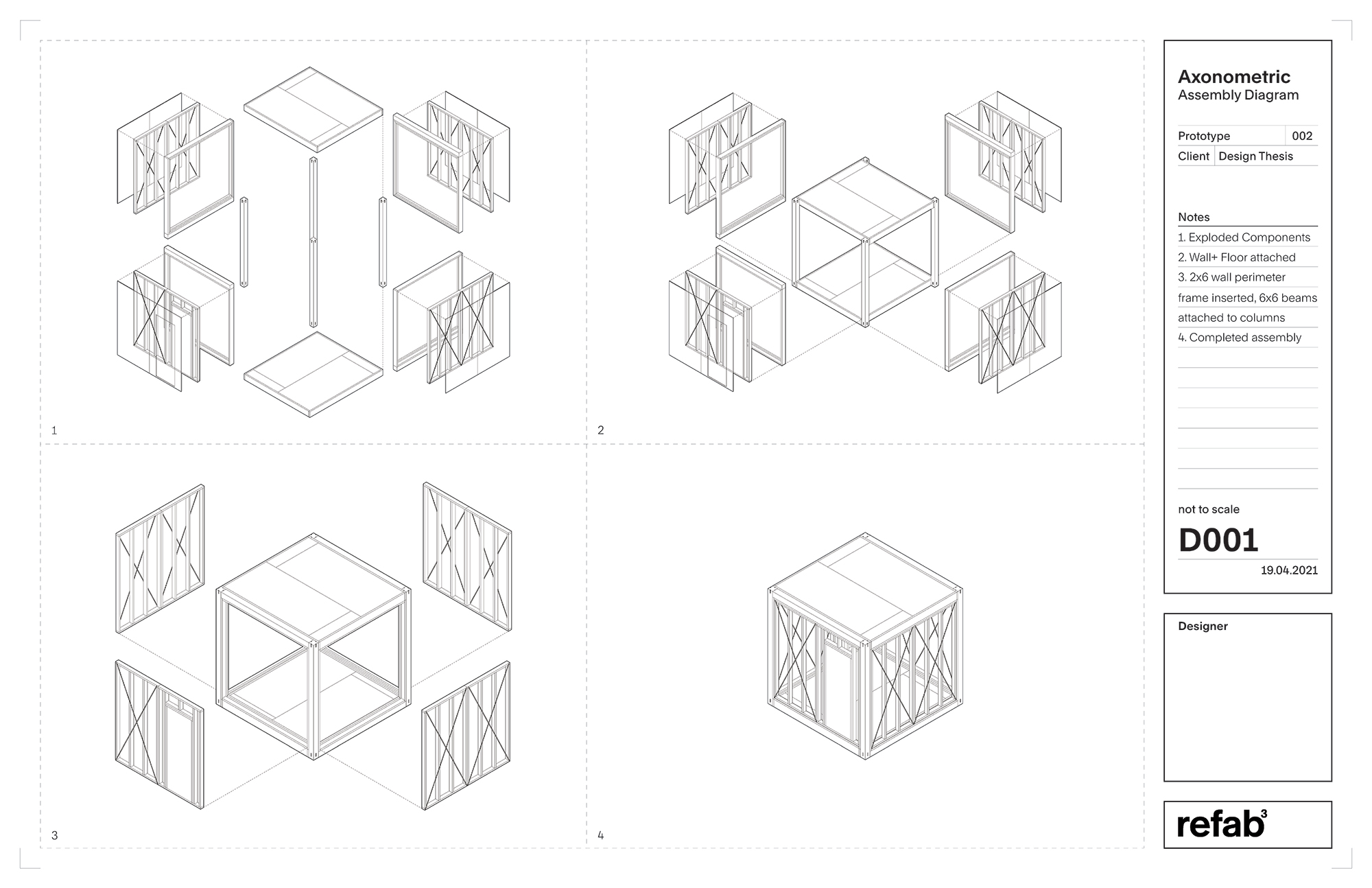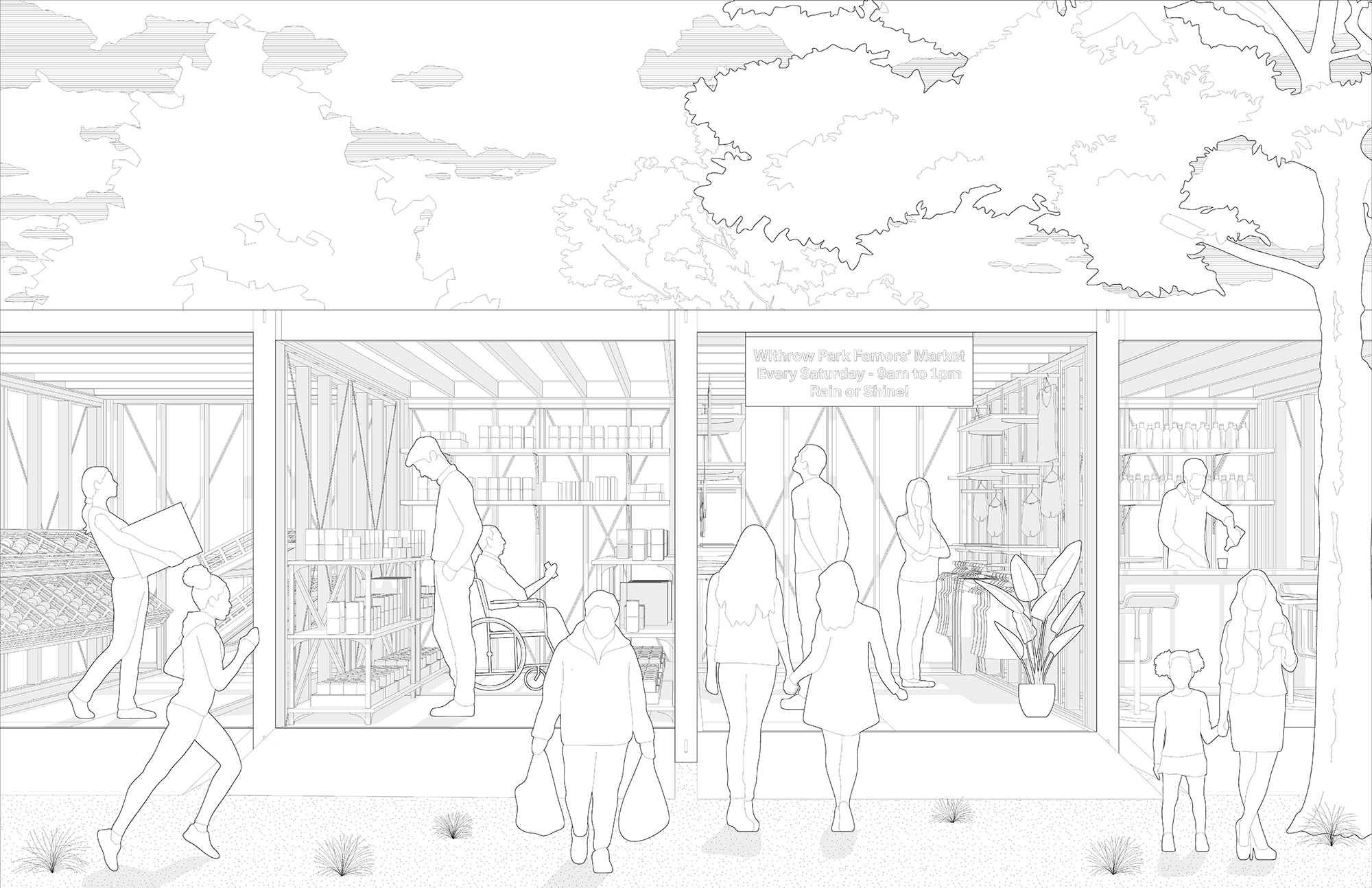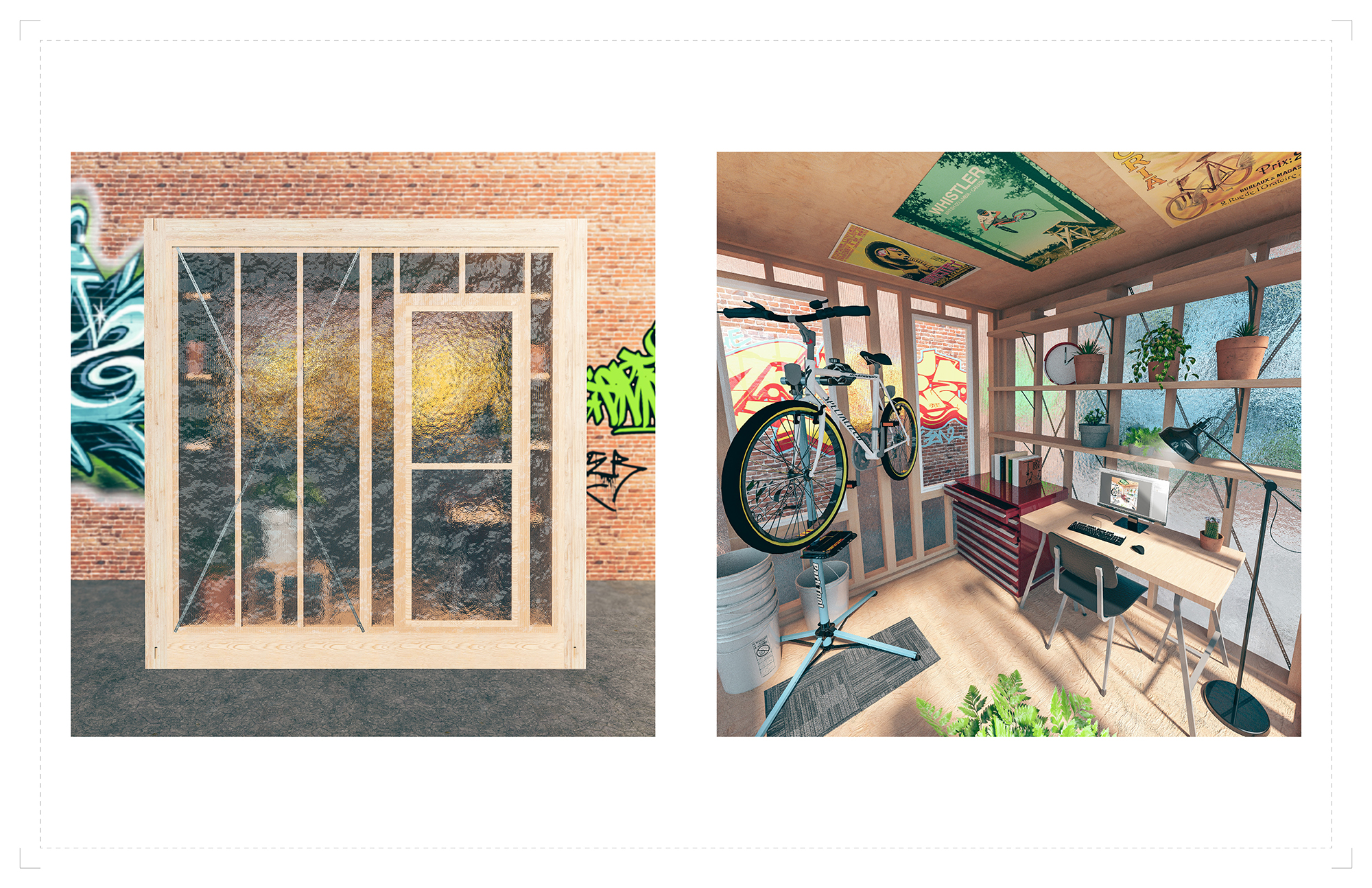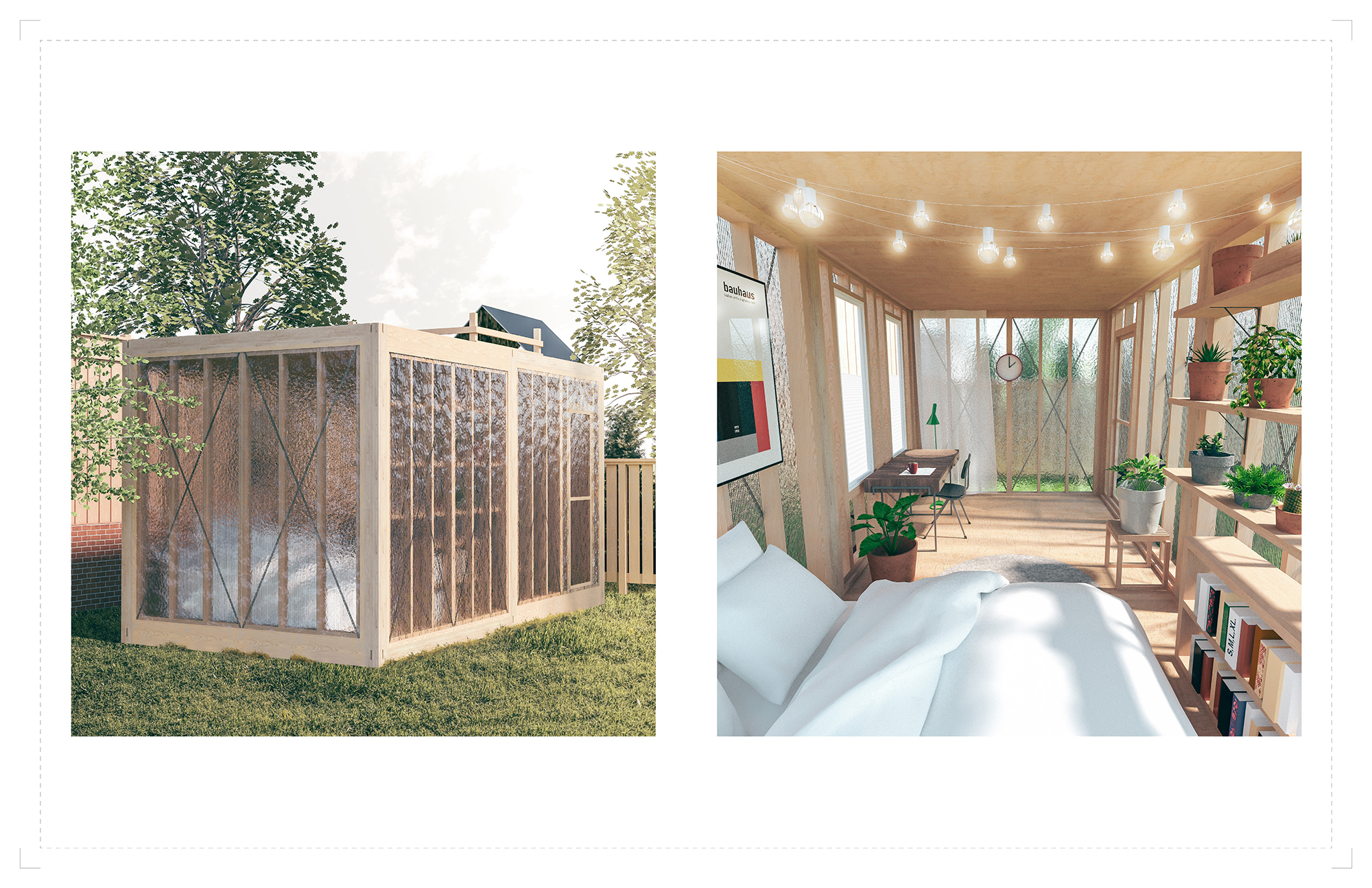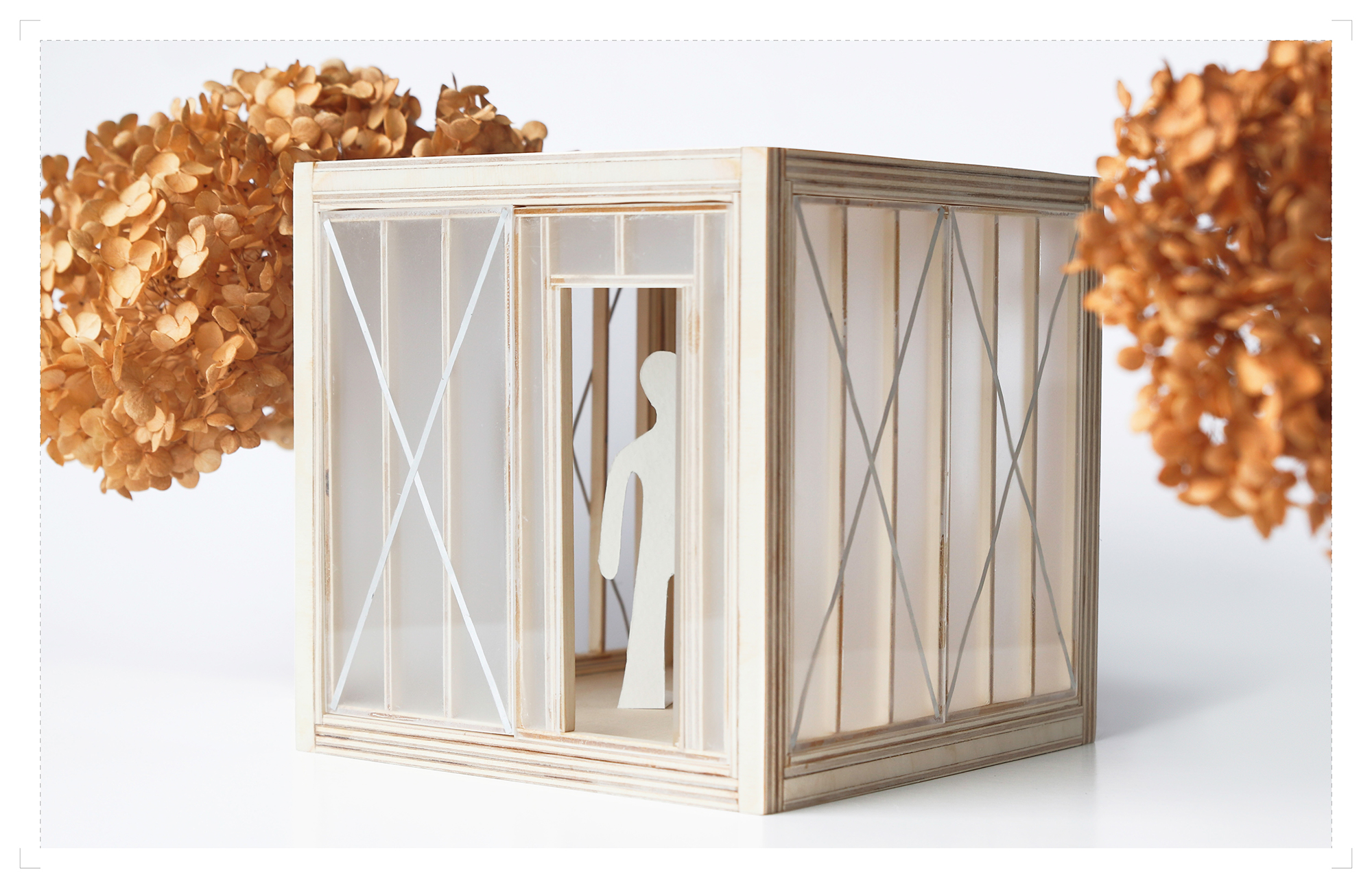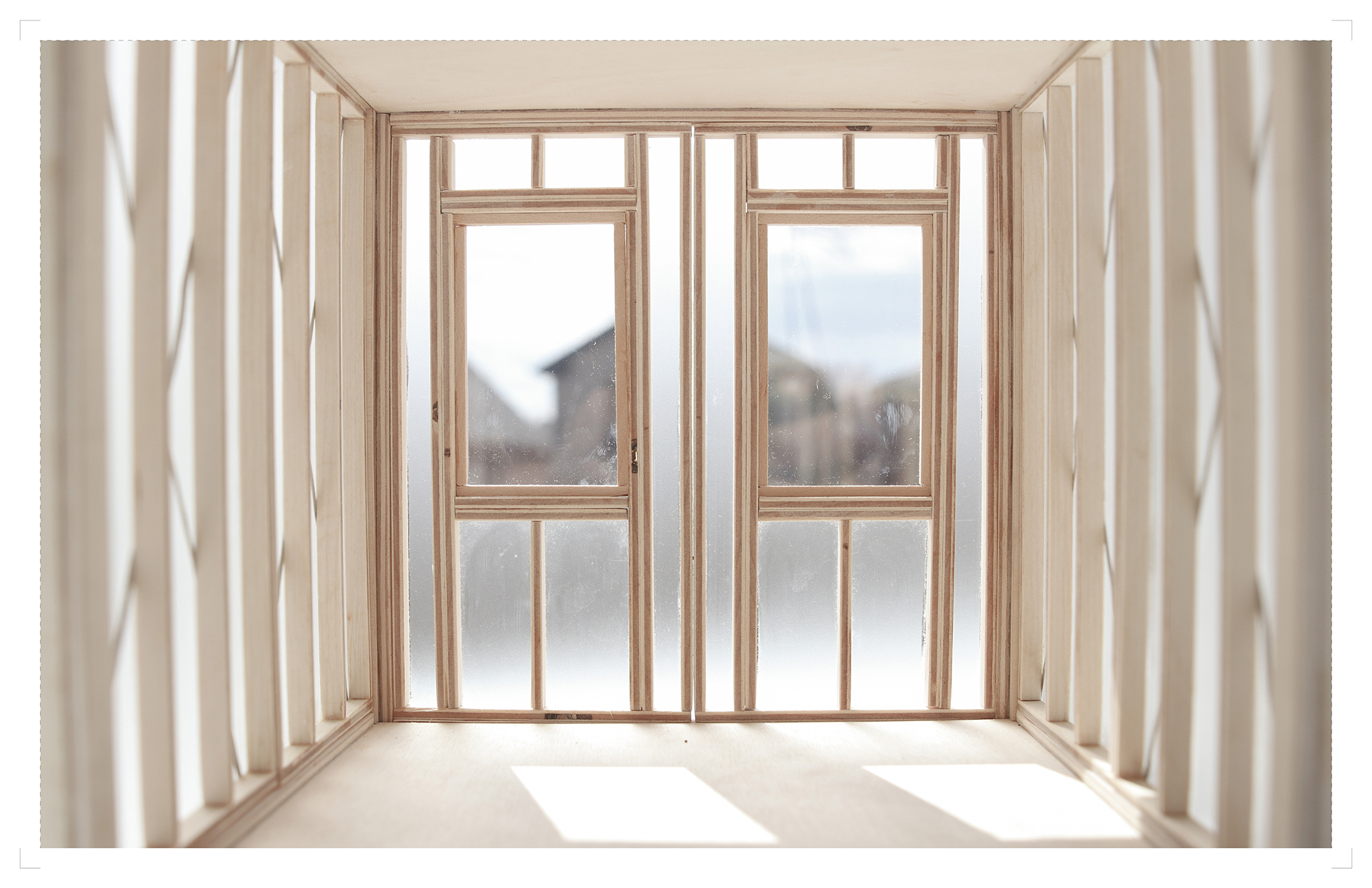Undergraduate Thesis
Fourth-year undergraduate students at the Daniels Faculty can elect to complete thesis projects. Thesis students each spend a full year performing research that aligns with their study area of choice: history and theory, design, or technology.
Aisling Beers
Aisling writes: "This thesis attempts to address issues of inequitable access to the night and night safety through the use of urban, architectural, and policy models, implemented in a specific site in the west end of Toronto, presented through the narrative format of a graphic novel. This project was created in response to a series of incidents of gender-based violence that occurred in Toronto during the summer of 2020. Last summer there were an overwhelming amount of both attempted and successful targeted acts of violence and abductions, predominantly in the Parkdale/Roncesvalles area of Toronto. These acts made it abundantly clear that the night is not accessible for everyone. For women, queer folk, trans folk, BIPOC individuals, lower income people, and homeless people, darkness can pose a serious threat. Our cities are not designed or operated in ways that support the safety of the majority of its citizens. The design proposals presented range from city infrastructural changes carried out by our local governments to community initiatives operating on DIY scales."
(Instructor: Jeannie Kim)
Declan Roberts
Declan writes: "In recognizing the potential that laneways hold as an urban resource, we can begin to reimagine these spaces as a new form of decentralized, hyper-local public space. Currently, Toronto’s laneways sit functionally obsolete, devoid of ownership, and surrendered to the car. By reimagining the laneway as public space, we can reintegrate these spaces as a functional part of the larger urban fabric, while adding life to the connective tissue of the city. By reclaiming Toronto’s laneways for the pedestrian, we can establish a new street typology focused on the human scale and human experience. Ultimately, the reimagining of Toronto’s laneways has the potential to simultaneously address issues of housing affordability, ecological sustainability, urban circulation, and public space access."
(Instructor: Jeannie Kim)
Kira Chen
Kira writes: "As more nations make the climb up from agricultural to industrial, more and more people will be competing for the same resources. For humanity to survive in the long run, it is crucial to live beyond Earth. Influenced by space habitats proposed by Gerard O’Neill, my thesis project is an architectural proposal envisioning humanity’s future in low-earth-orbit space settlements. It proposes a relatively smaller scale rotational space habitat in low earth orbit, providing living space for nearly 1,200 inhabitants as a starting point for humanity’s exploration of a rotational space habitat."
(Instructor: Nicholas Hoban)
Lhanzi Gyaltsan
Lhanzi writes: "My thesis is a documentation of Tibetan nomadic landscapes, revealing the profound impacts on the land and people as rapid development transforms this remote region. This document works at multiple scales, from broader territorial forces to the state-enforced sedentarization of Tibetan nomads, analyzing how development operates as a tool of colonization in this landscape."
(Instructor: Nicholas Hoban)
Shujie Liu
Shujie writes: "Today we are embracing an interconnected digital world in which datasets from ranging behaviours are becoming drivers of interactive buildings and systems. While we enjoy the benefits of these technological advancements, urban species such as urban pollinators are at risk of extinction. This research investigates the potential of an interactive structure that applies a sensor-actuator system and data analytical tools to ameliorate the environment for both humans and urban pollinators. At the micro level, through sensing and monitoring environmental performance and tracking behaviours of plants and pollinators, data collected would be analyzed and processed to alter habitats. Through a digital platform, data would be visualized to raise people’s awareness of other living beings and to prompt interactions between the environment, pollinators, and humans. At the macro level, situated in urban Toronto, the structures would form a mini-ecosystem, connecting existing large green spaces and establishing pathways for pollinators. Beyond creating forage and nesting habitats for pollinators, the green structure also has the potential to ameliorate the urban heat island effect. At the urban scale, the structures would form a network that could provide data about pollinator migration patterns or swarm areas, ultimately producing a data-driven learning network."
(Instructor: Nicholas Hoban)
Xavier Fox
Xavier writes: "My thesis conceptualizes a border crossing sited on the U.S./Mexico border in the most desolate region of the Sonoran Desert. Here, where average daily temperatures reach heights of 48 degrees celsius, migration through the region is deadly. Since the 1990s, U.S. Border Patrol has been known to harness the desolate landscape of the Tucson Sector to encourage migration through the dangerous terrain. Cases of migrant deaths attributed to hyperthermia and exposure will only grow as climate change forces northward migration from Central and South America."
"The guiding principles of the design are to create a bridge between the two sides of the line, and to provide a massive shade canopy allowing immediate relief from the harsh desert climate. Sited directly on the border, the project seeks to expand the space between the line’s edges, effectively dissolving the line into a field for gathering and refuge."
(Instructor: Jeannie Kim)
Chris Kang
Chris writes: "This research explores a bespoke digital material design using quasicrystal blocks. Through investigating the back-and-forth development process informed by both digital material and robotic assembly systems, this research seeks to demonstrate the morphological relationship between the assembled and the assembler. Here, a mobile robotic system is proposed as part of discretized assembly process, and its command sequence and assembly sequence are all informed within the holistic system."
(Instructors: Nicholas Hoban and Maria Yablonina)
Jay Potts
Jay writes: "Using a bottom-up design/build strategy, my thesis reimagines the architect’s role as an educator who can empower communities through self-build. Conceived as a series of step-by-step instruction manuals and deployed in Toronto’s east-end Riverdale neighbourhood, this project introduces residents to the fundamental tenets of construction so they might build the change they would like to see in their community. Built from off-the-shelf construction materials, the refab3 is entirely demountable and can expand in all directions by attaching additional units. Designed around the dimensions of uncut four-foot-by-eight-foot plywood and polycarbonate sheets, I hope to limit waste from off-cuts and encourage the reuse of materials. As a shared resource, the refab3 would circulate on a needs basis to accommodate residents and facilitate the various community-building events already occurring in Riverdale."
(Instructor: Jeannie Kim)


